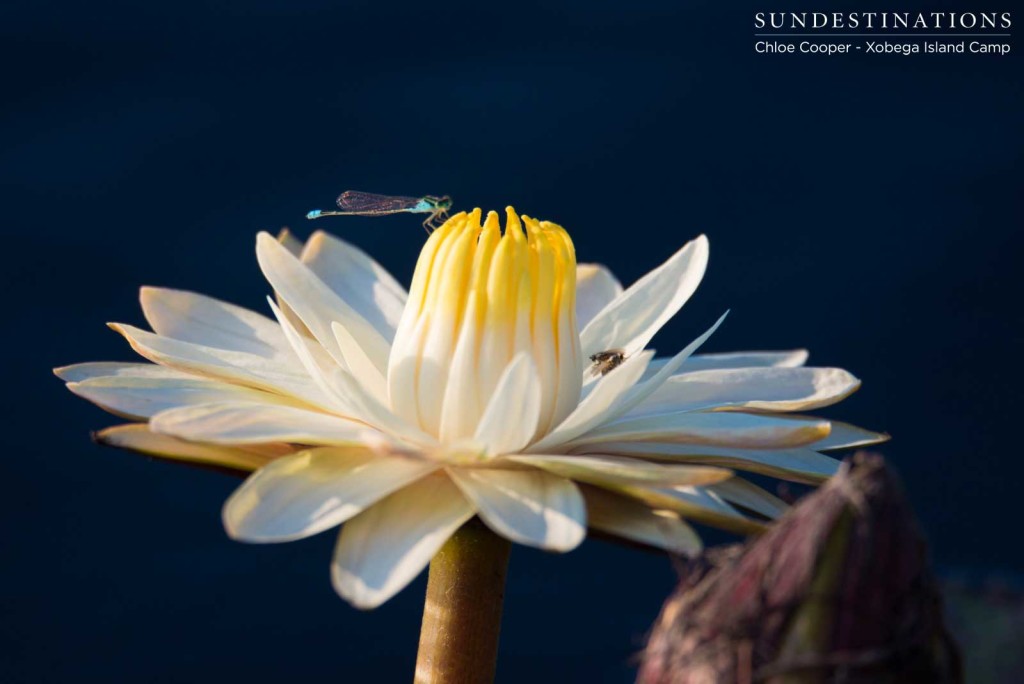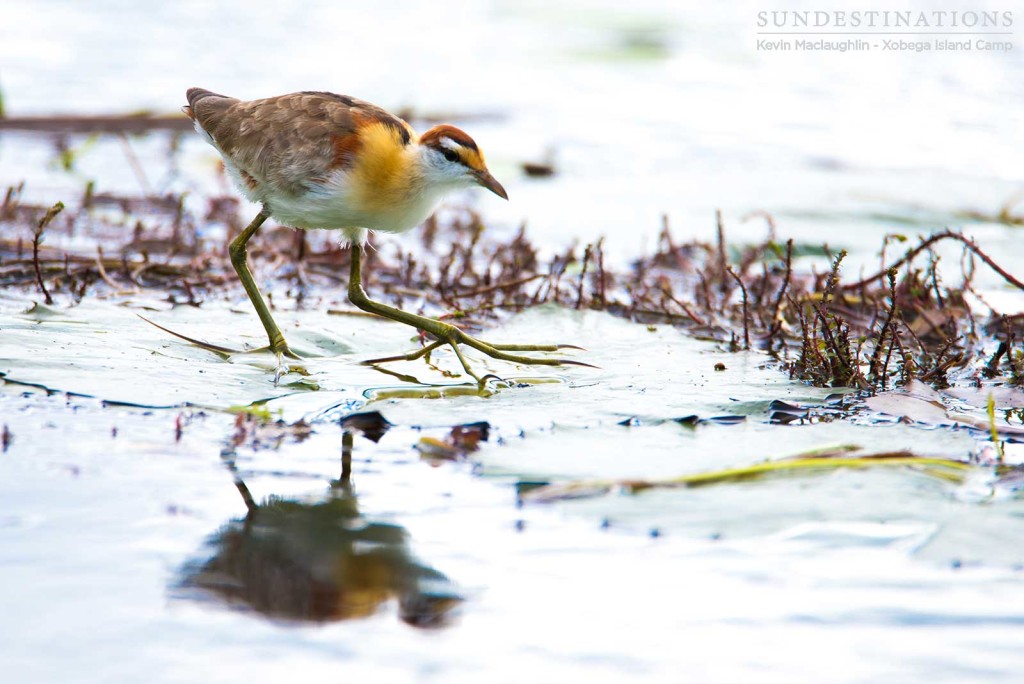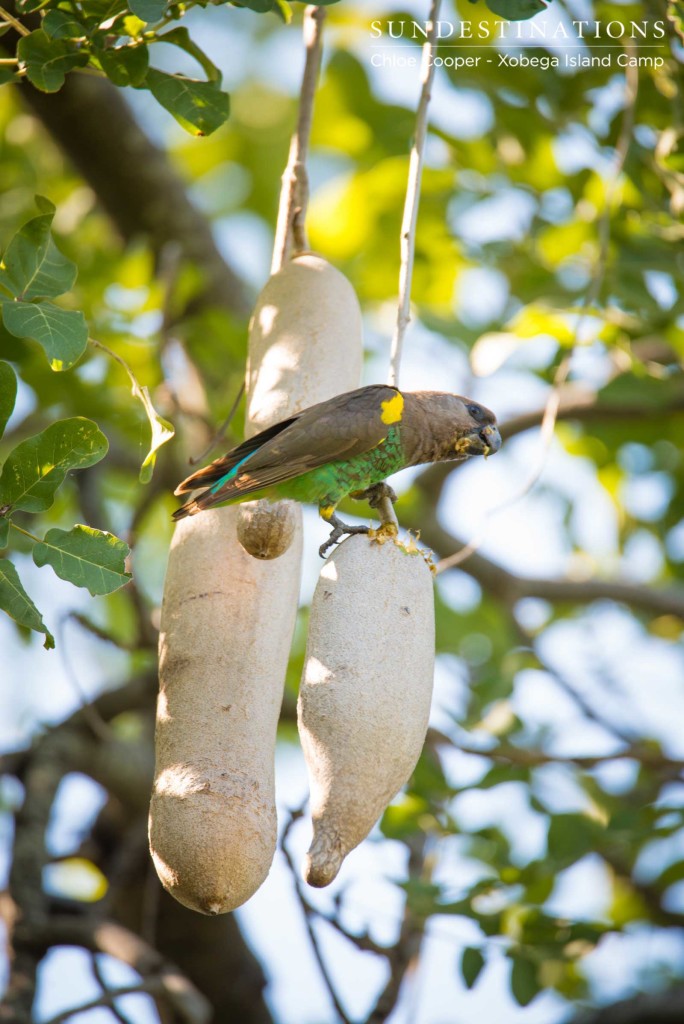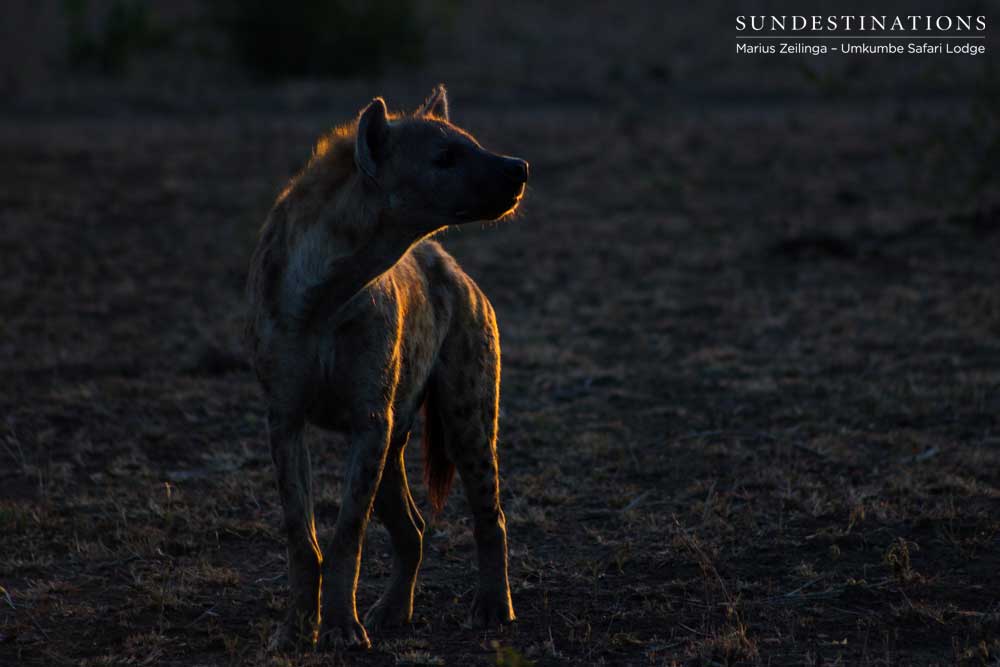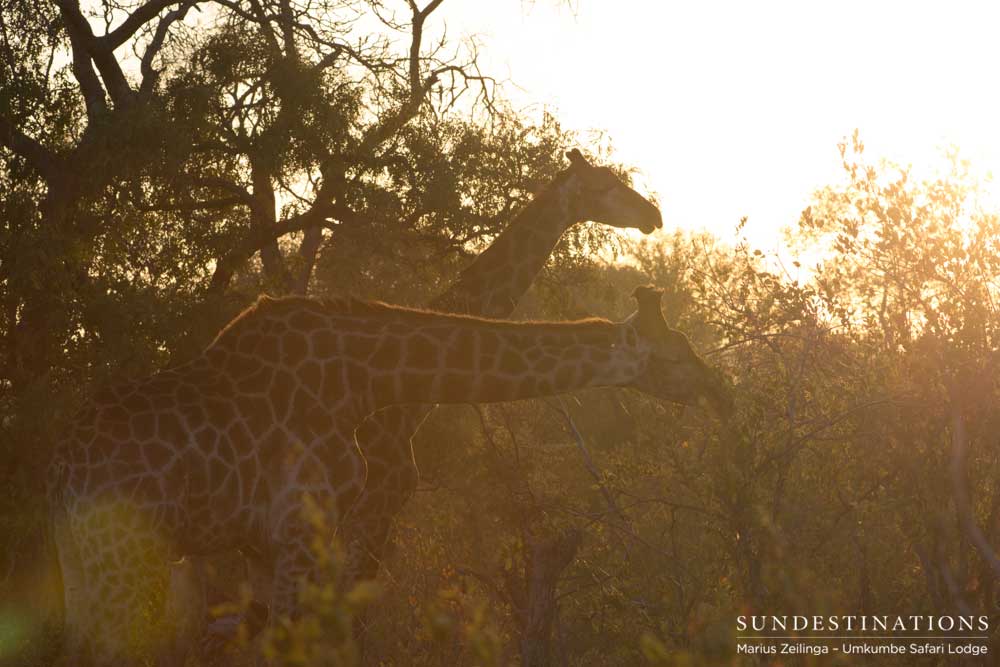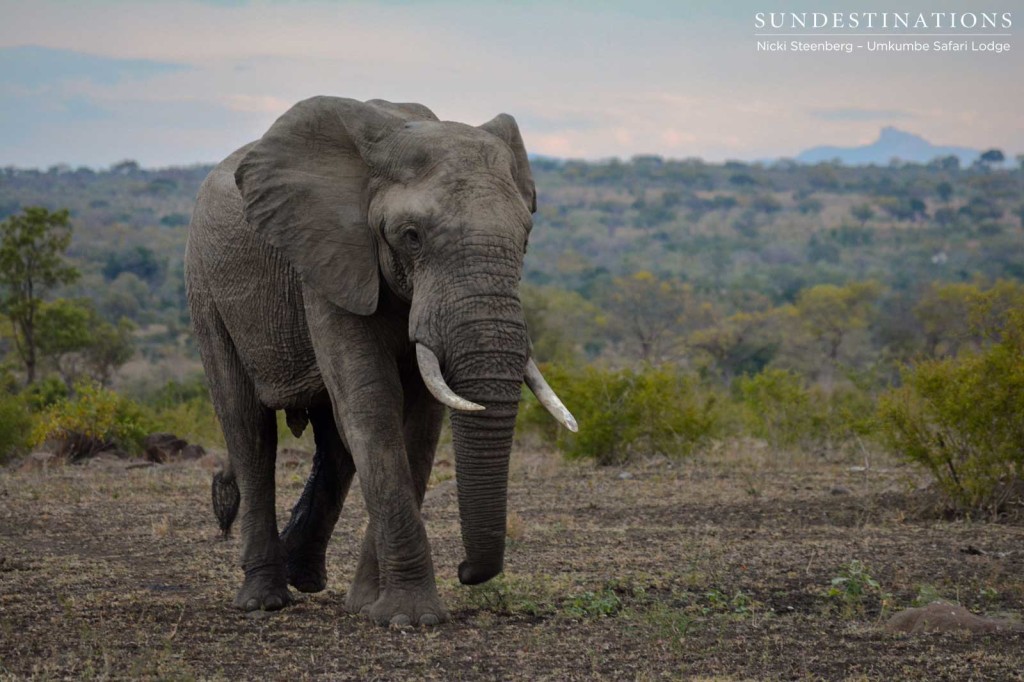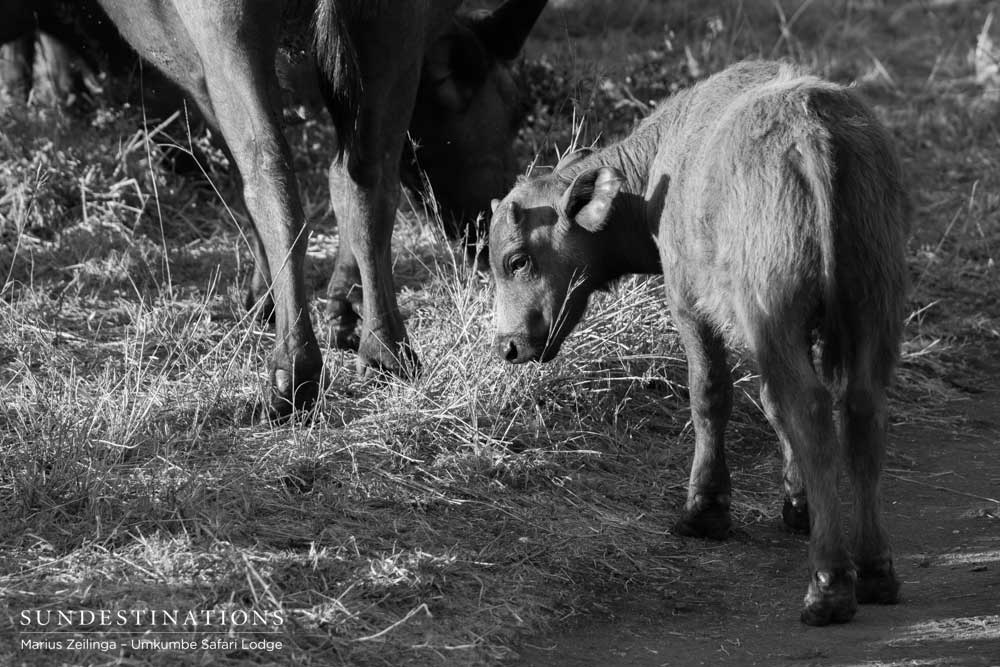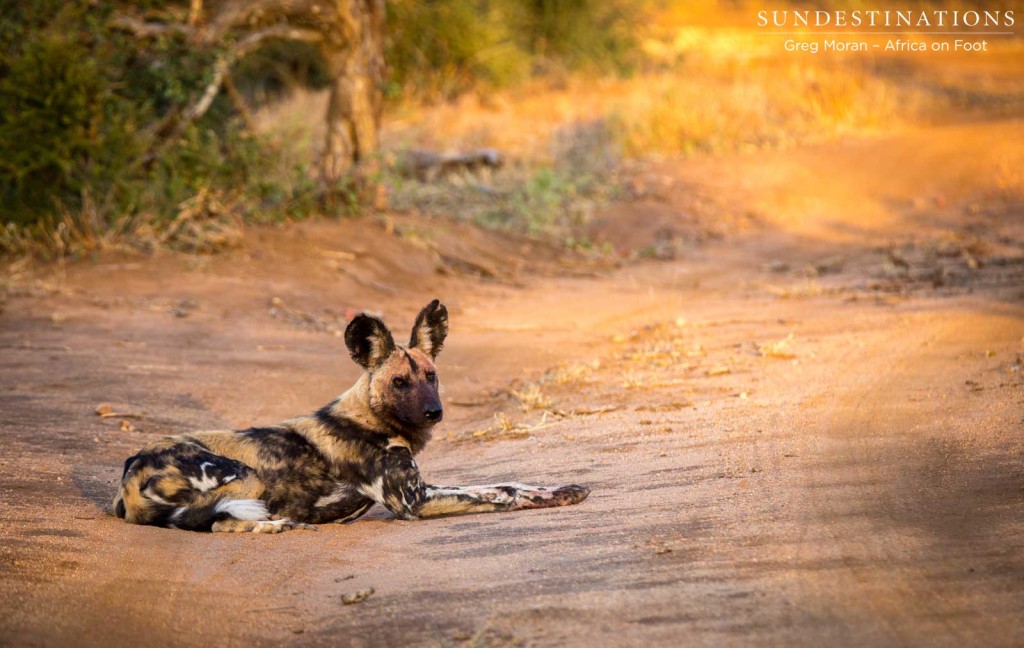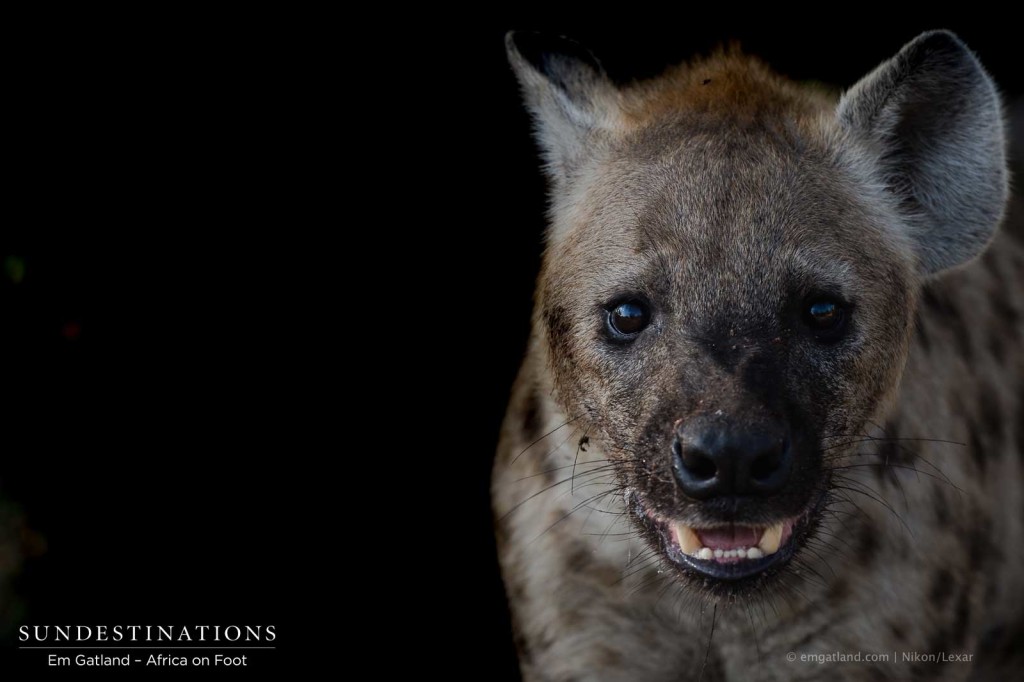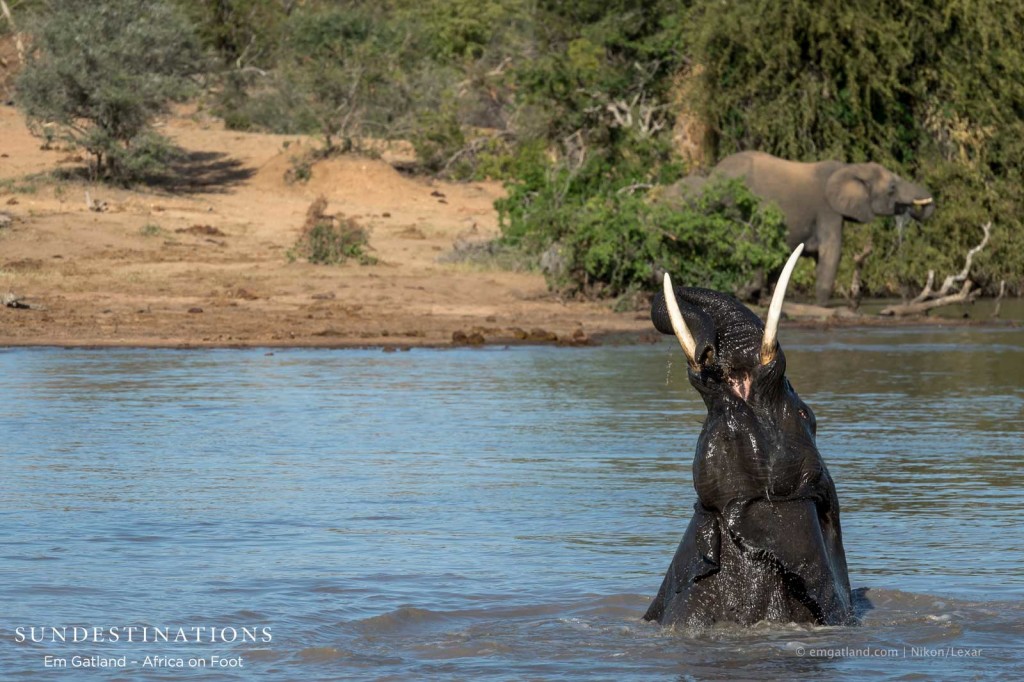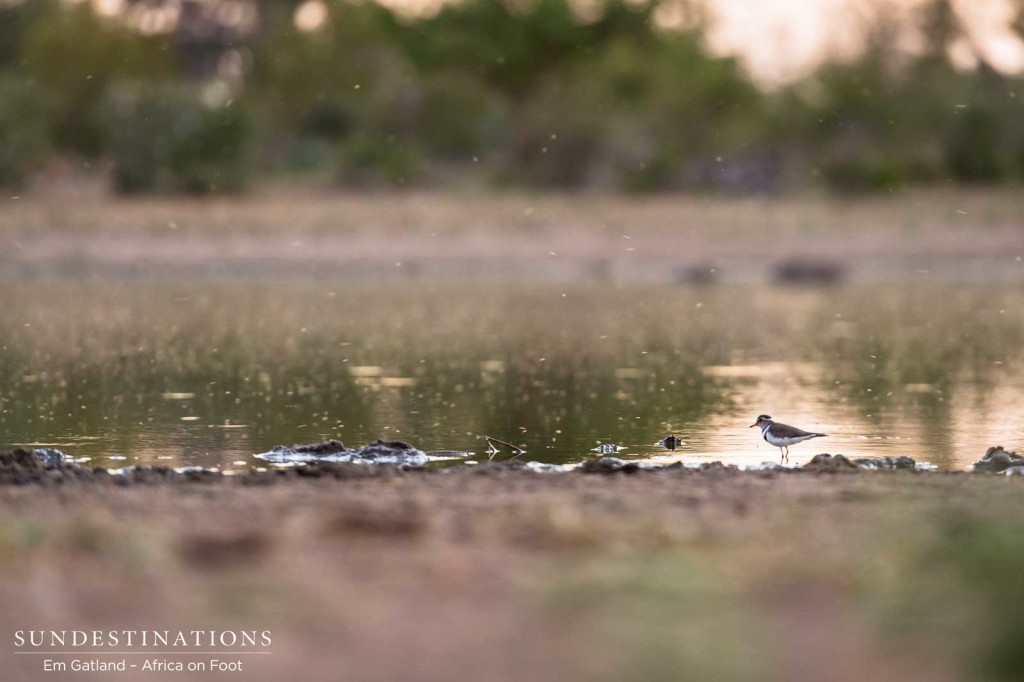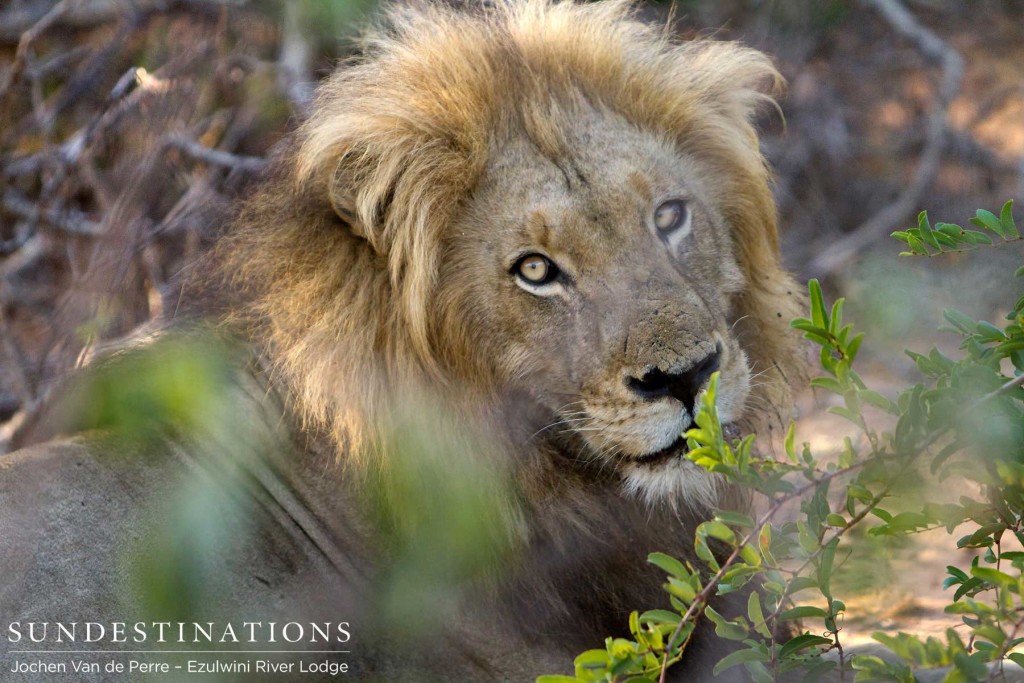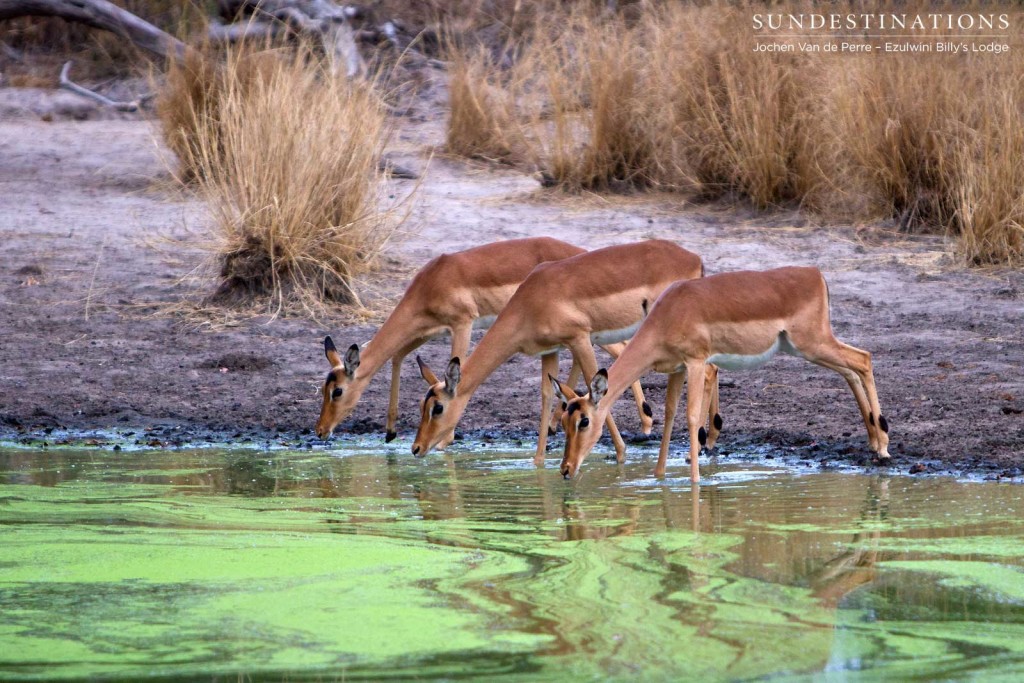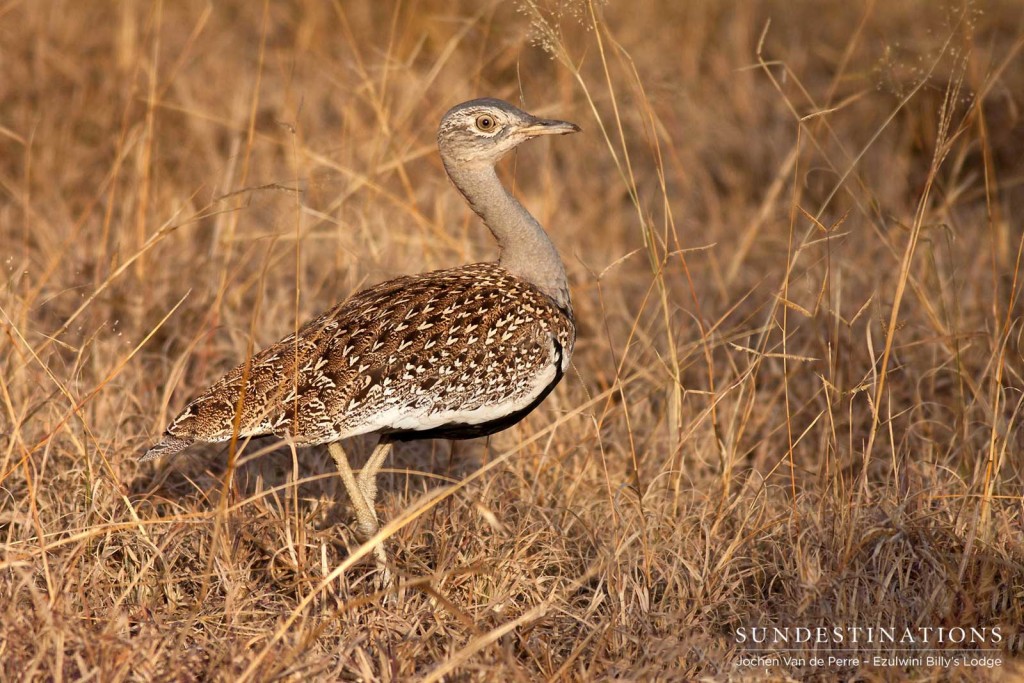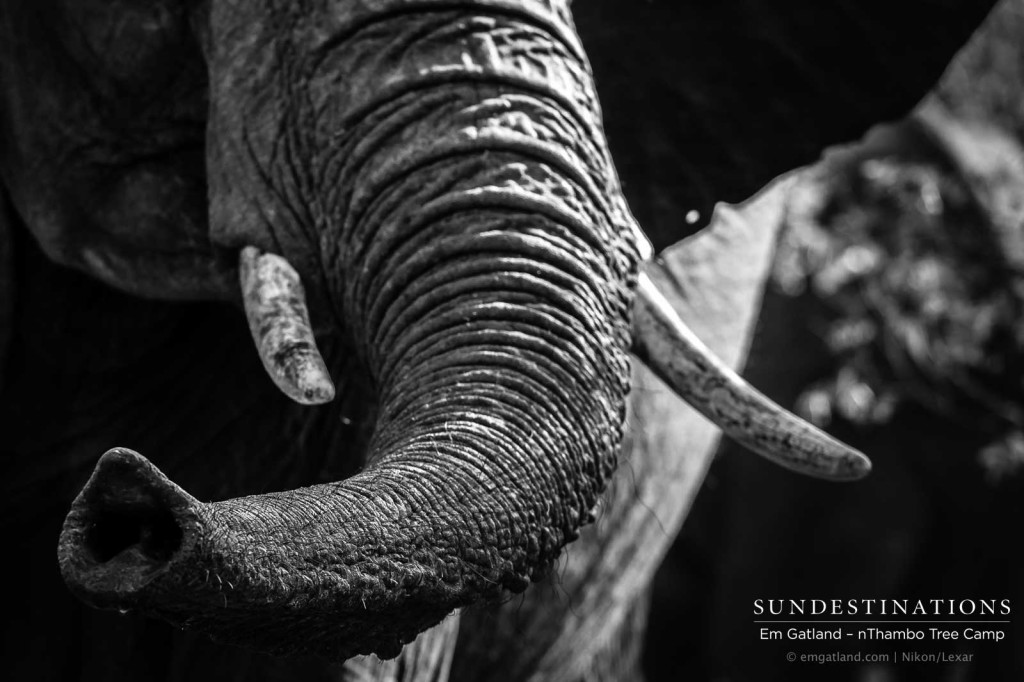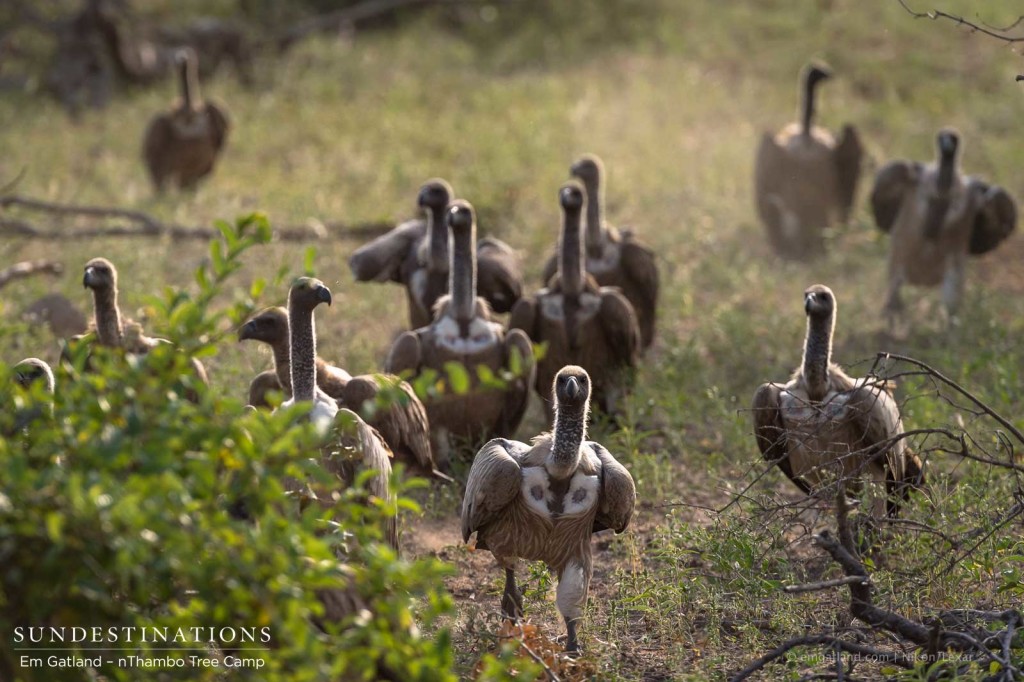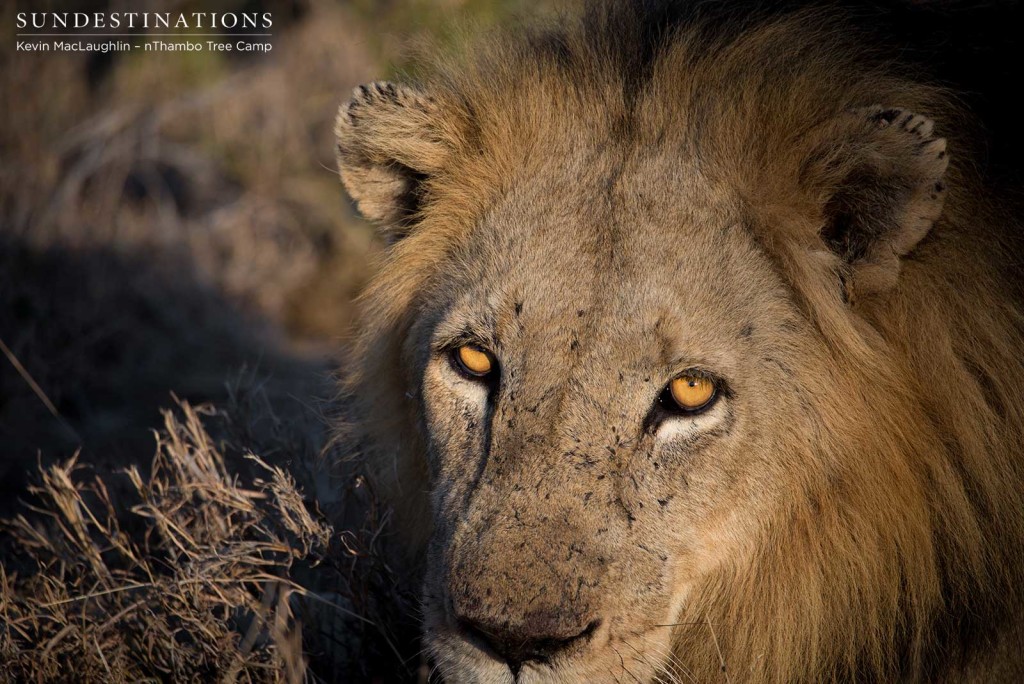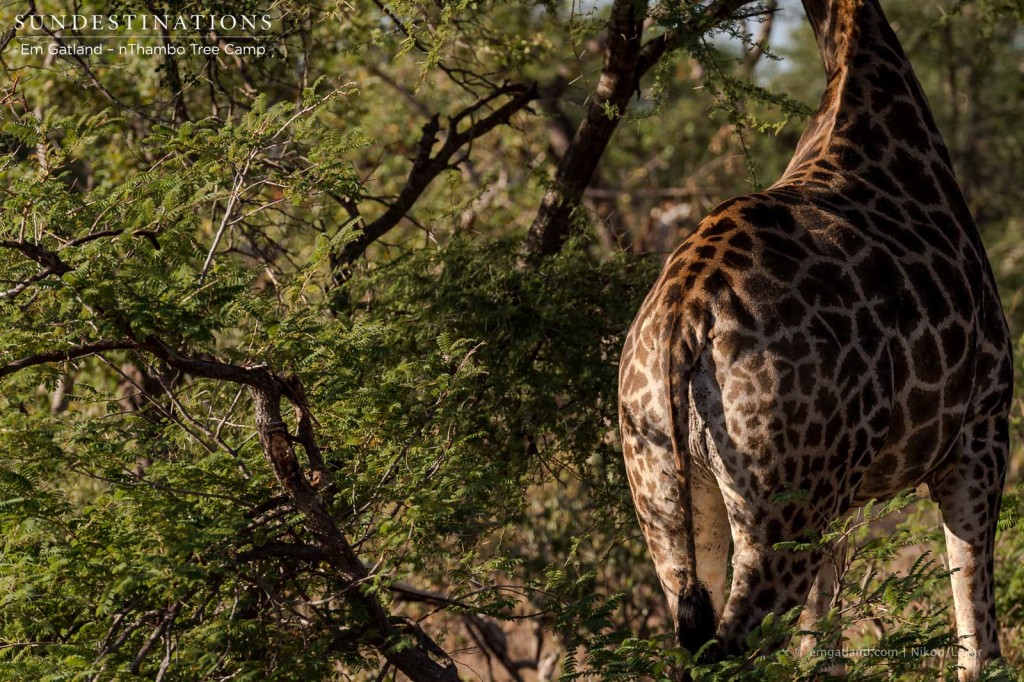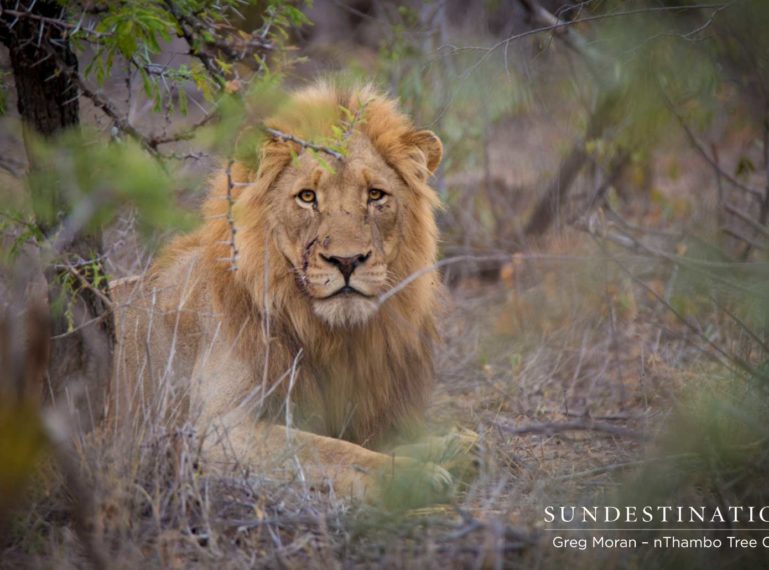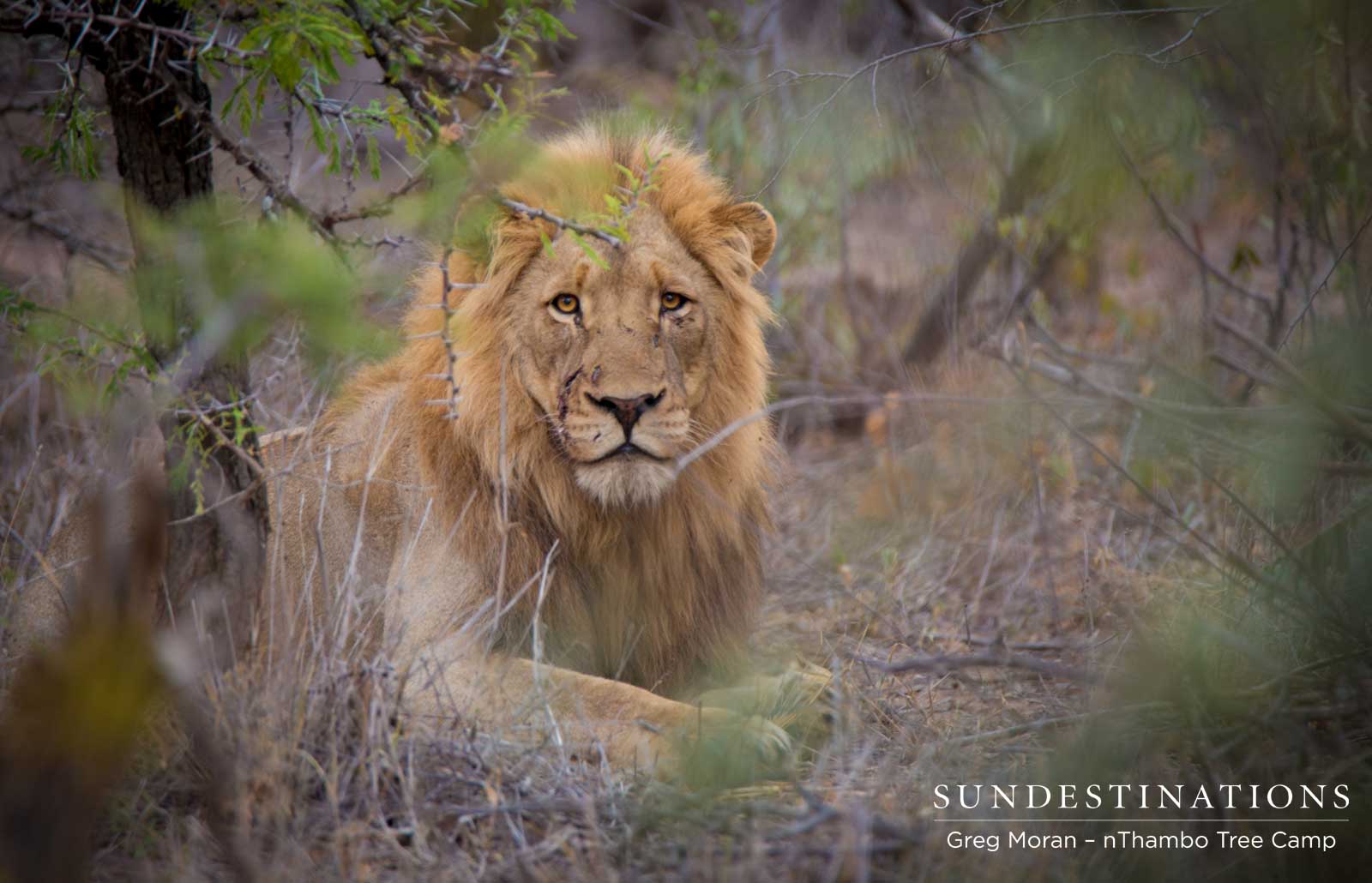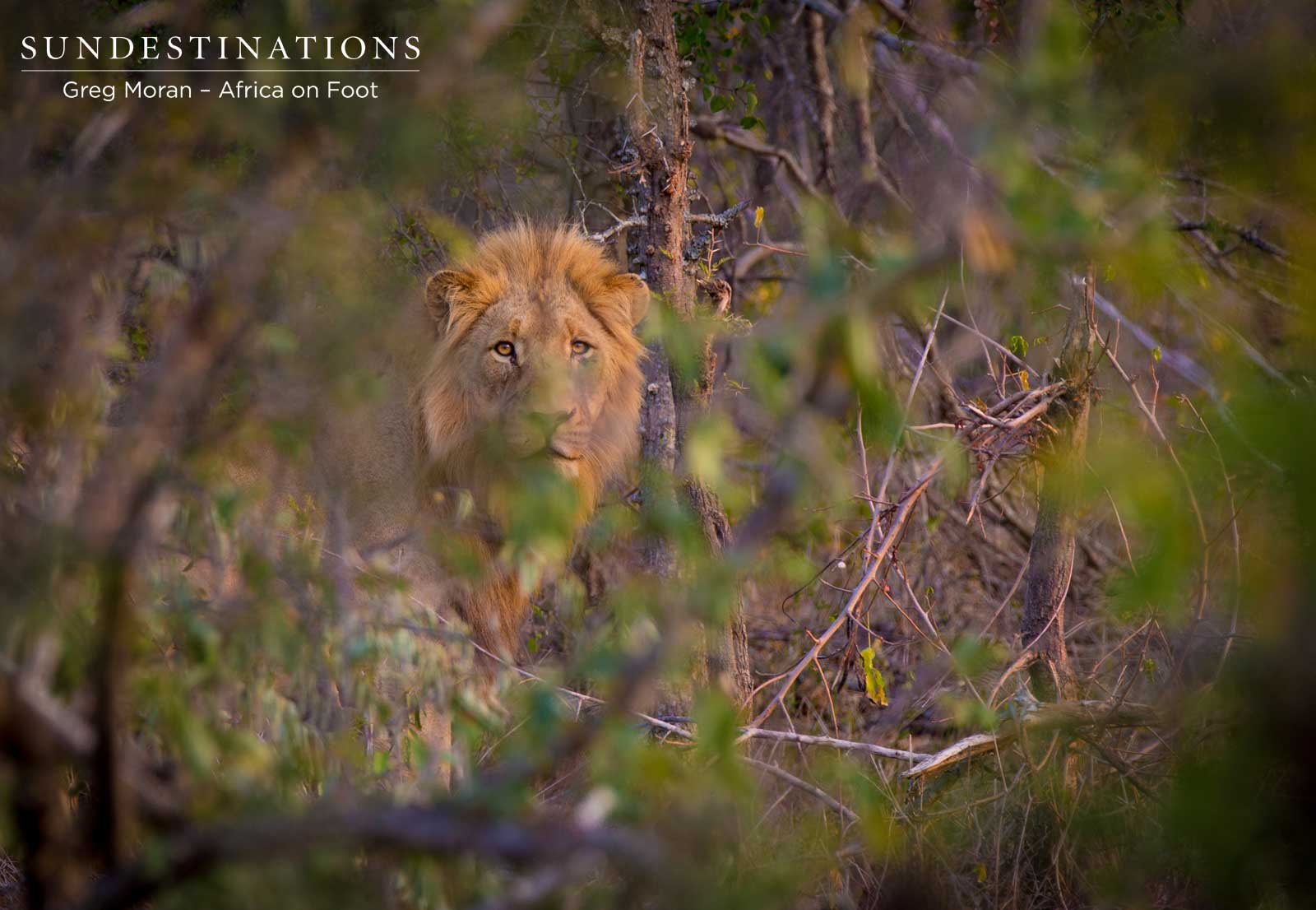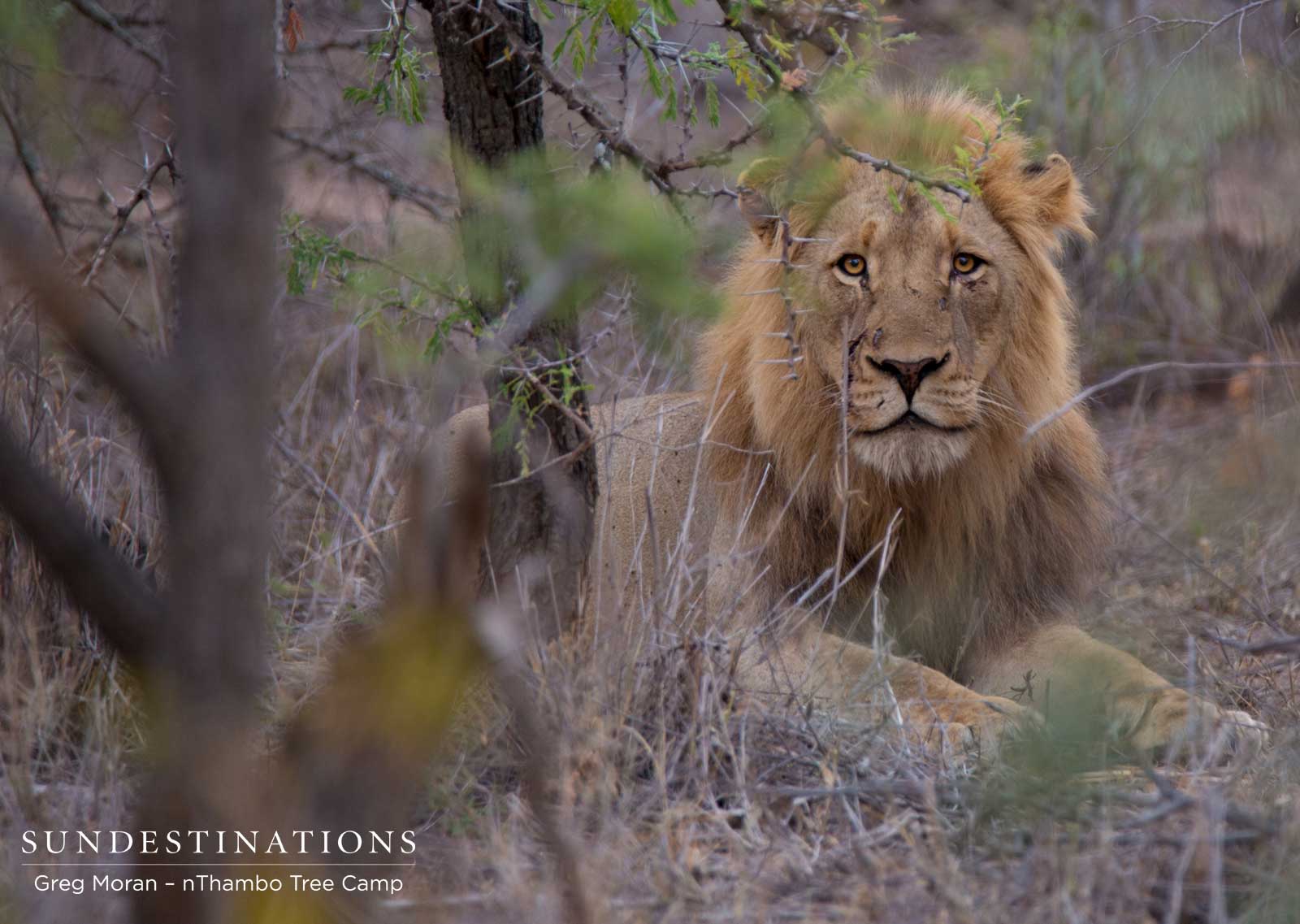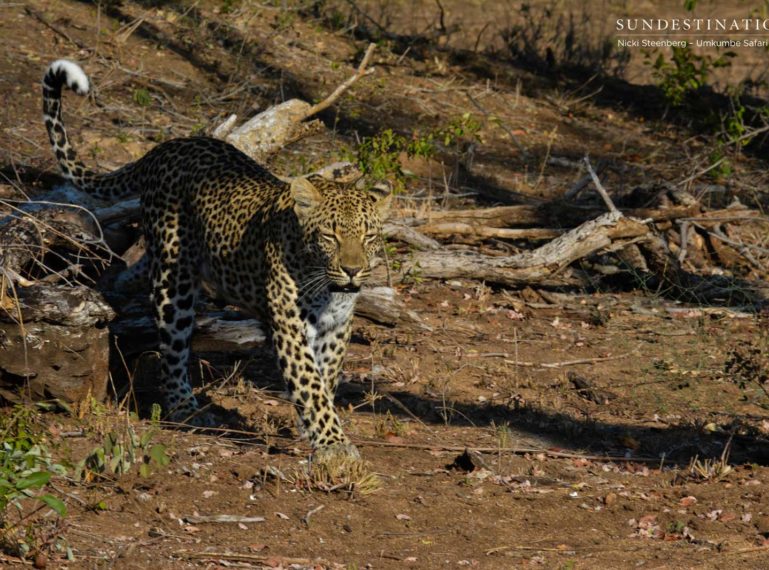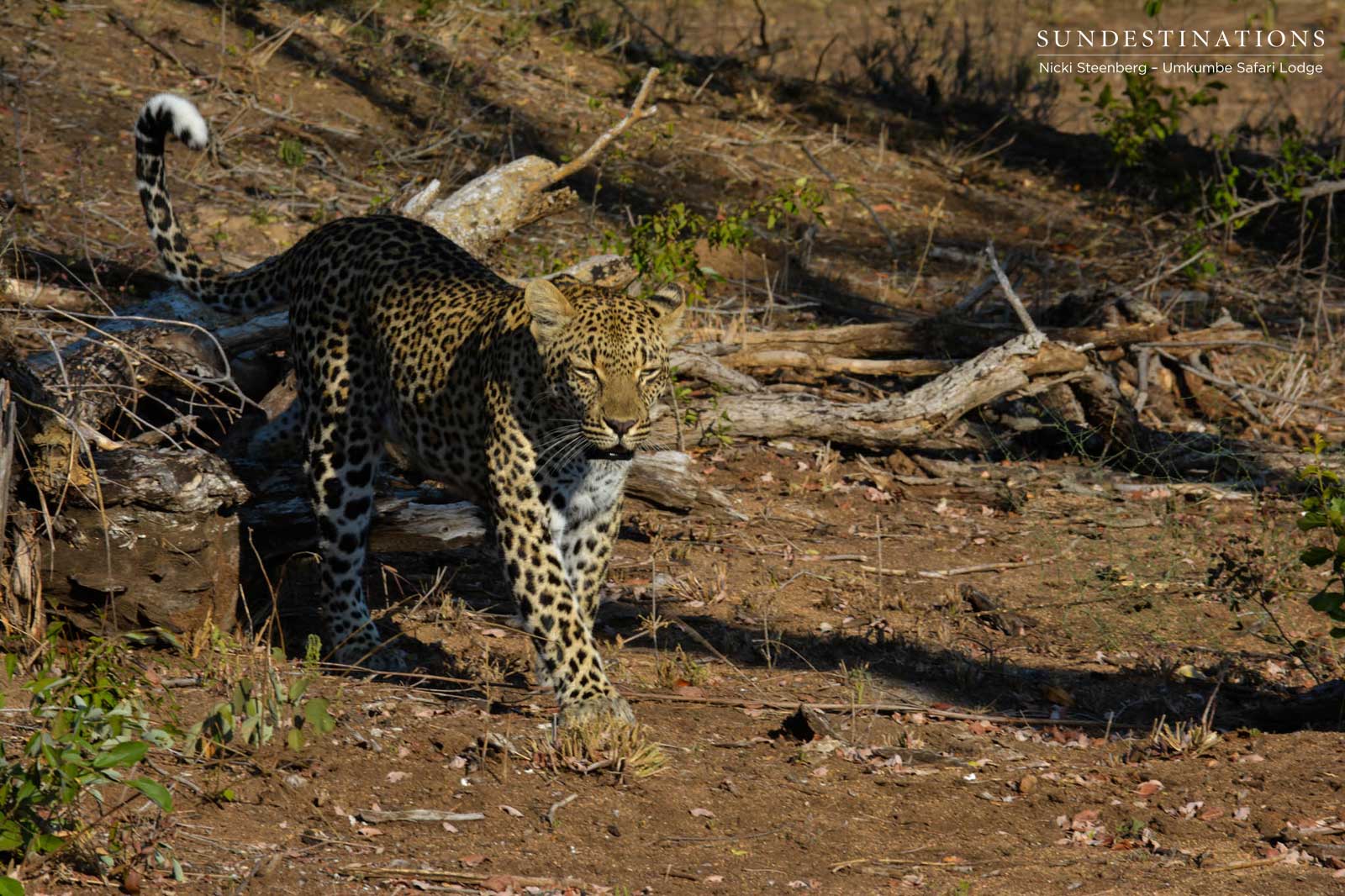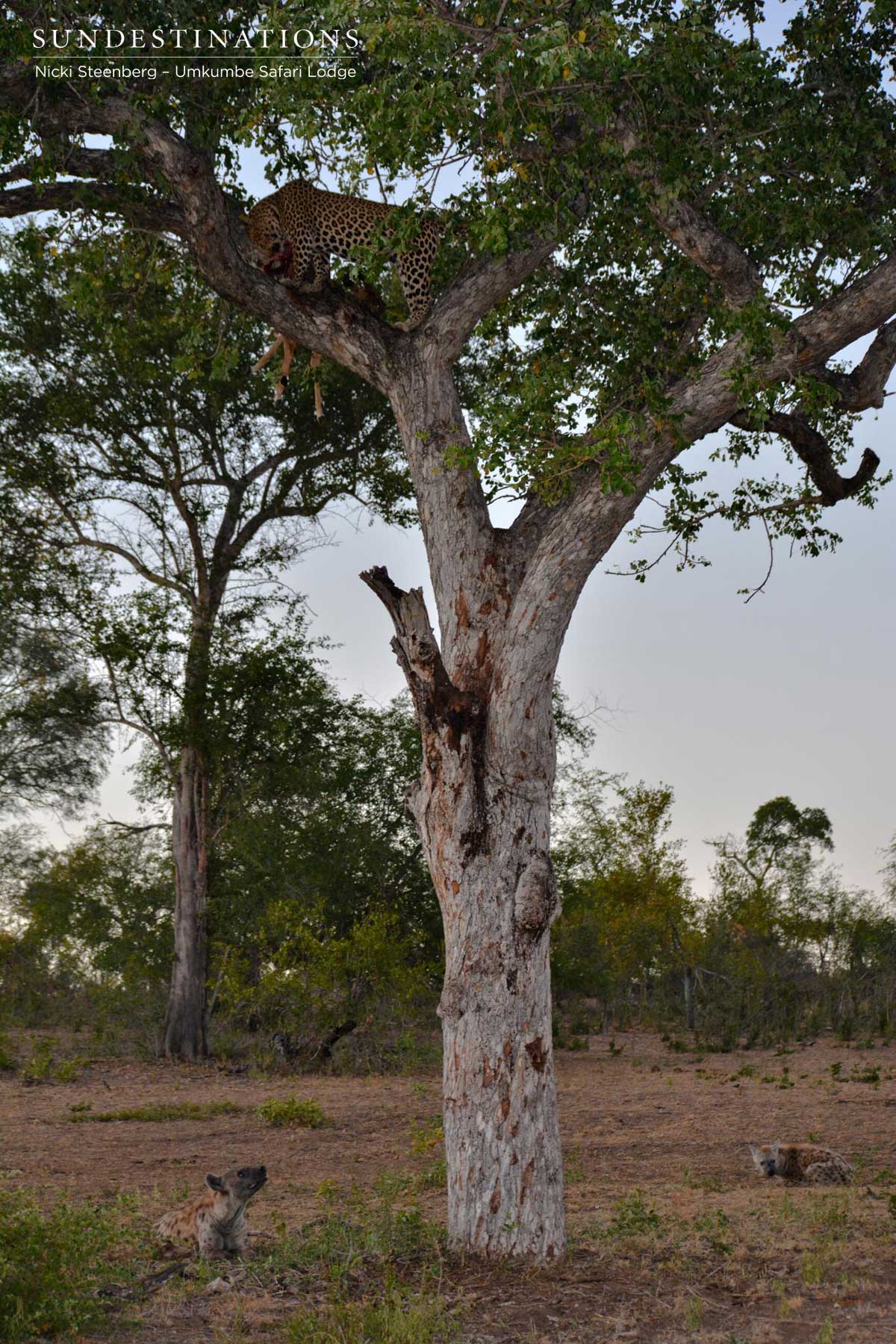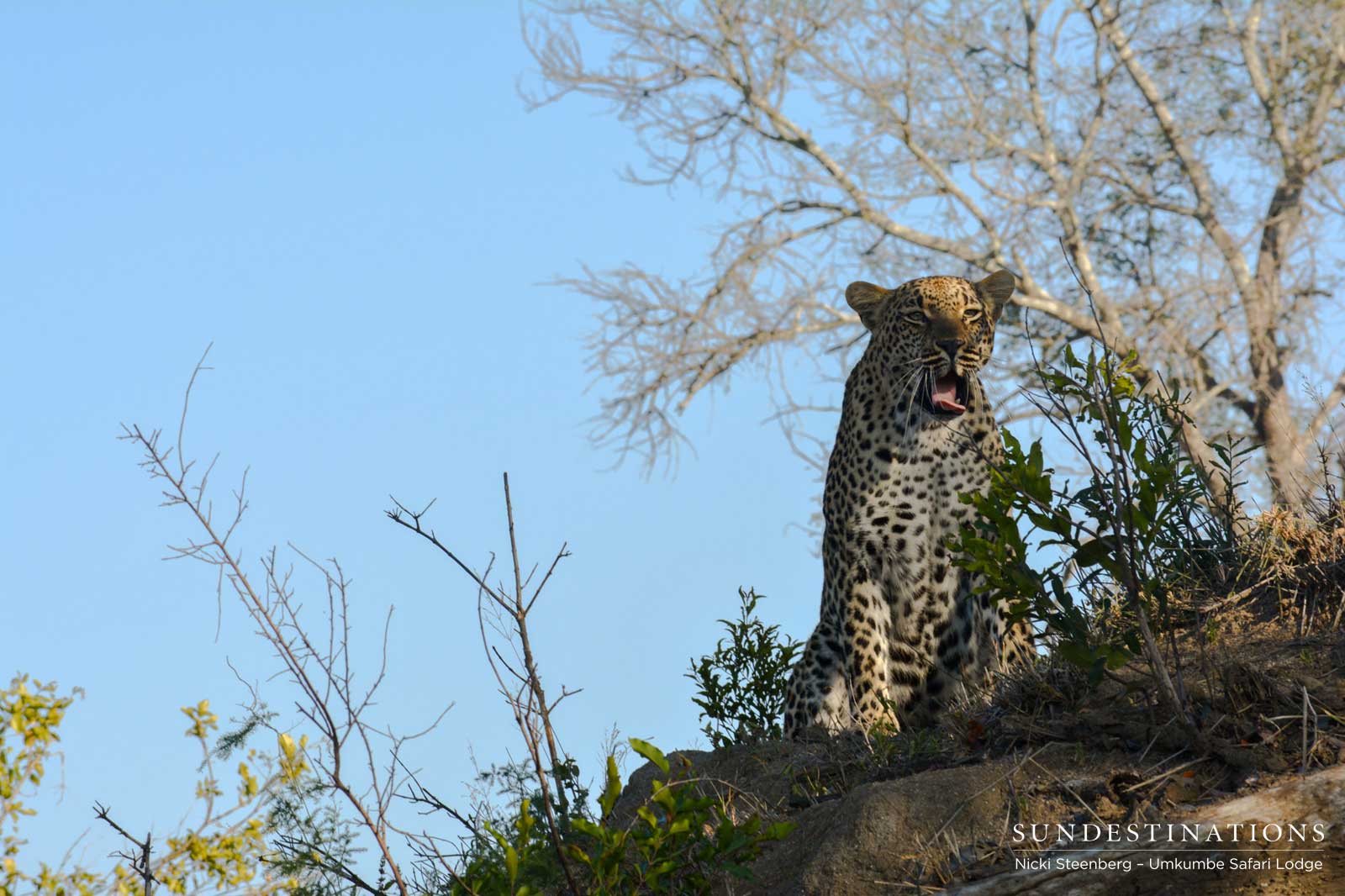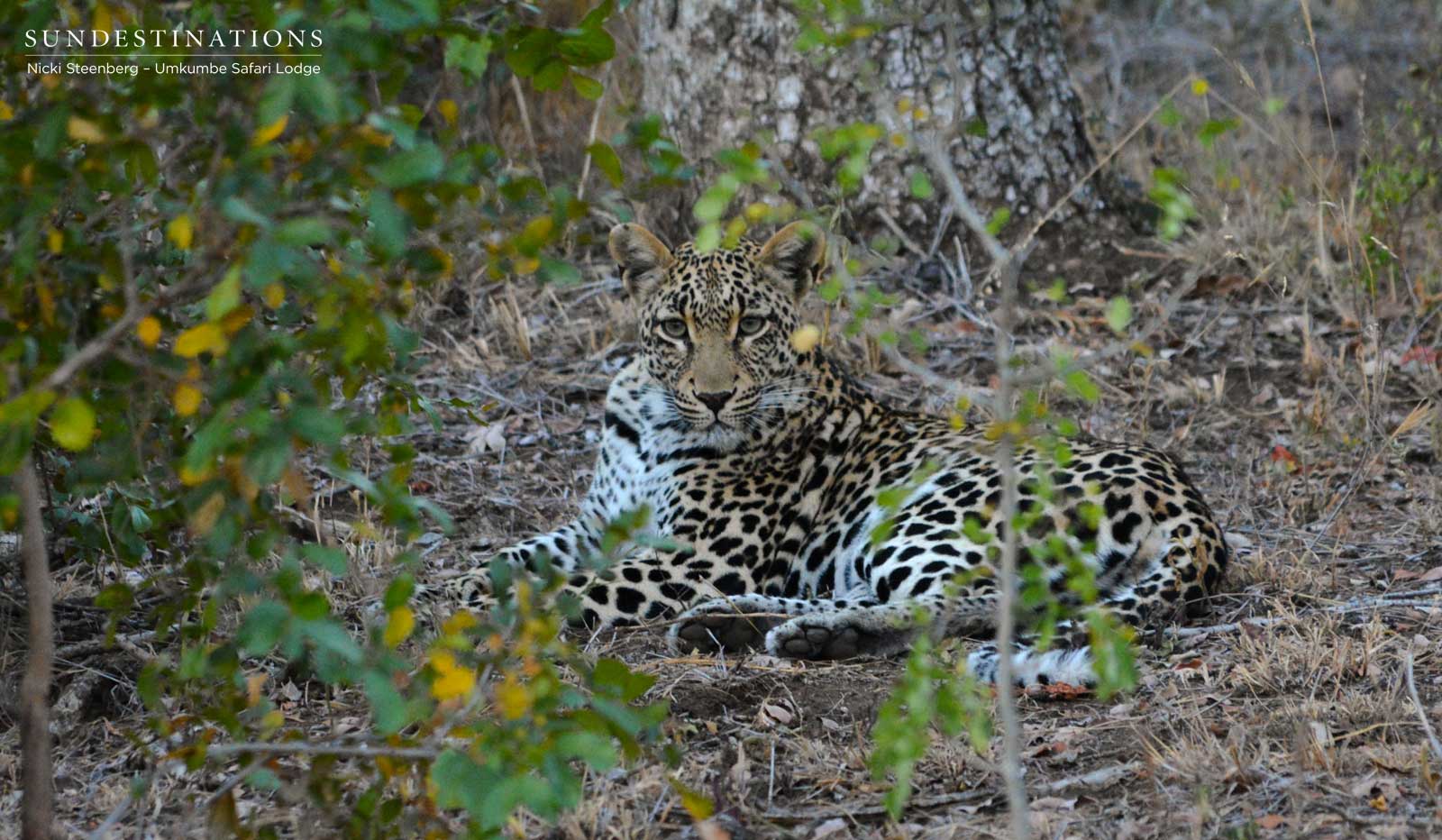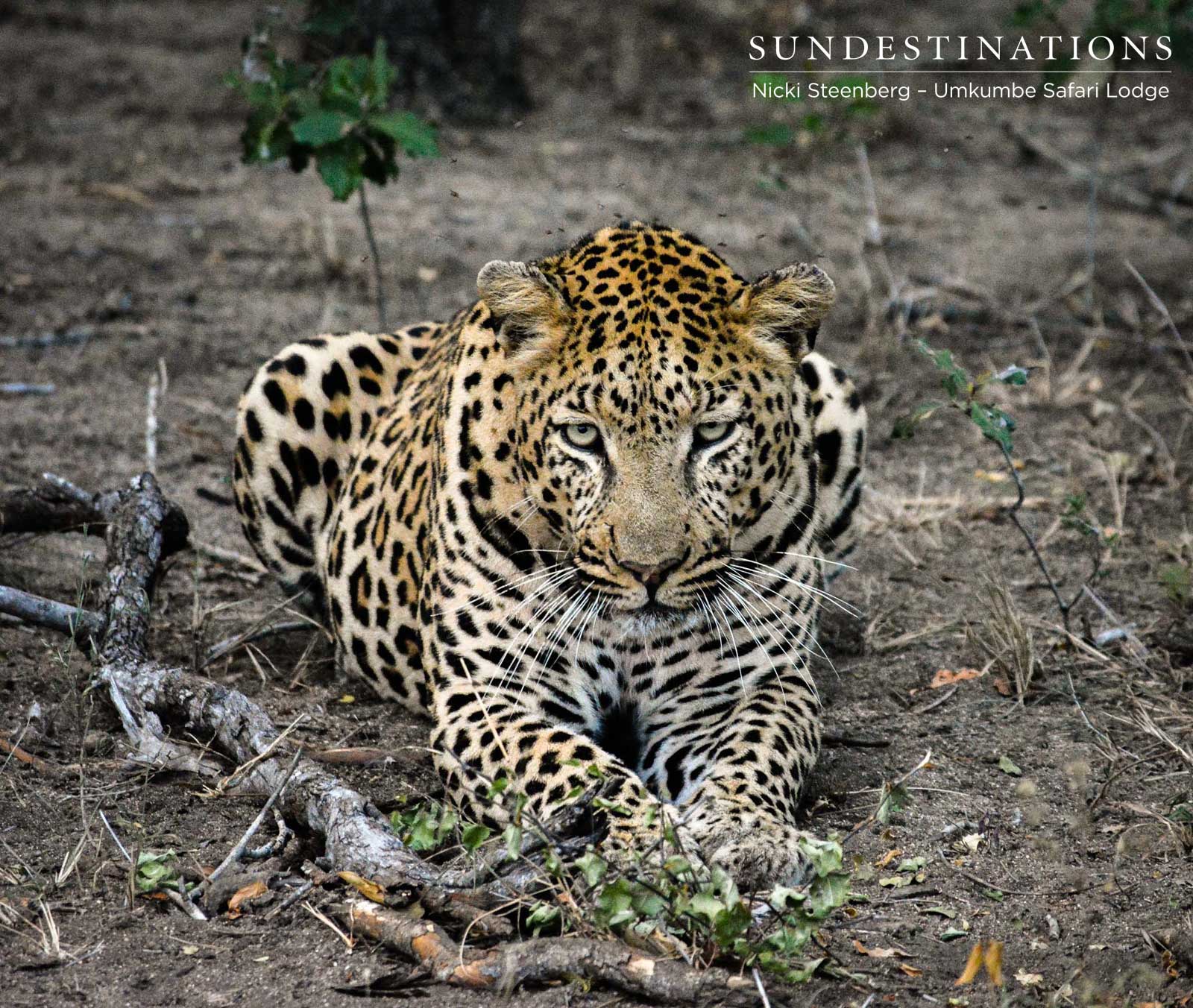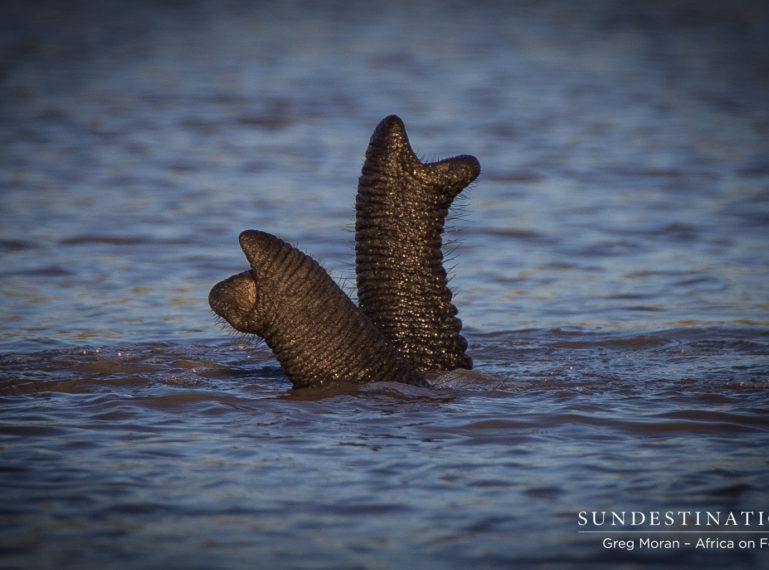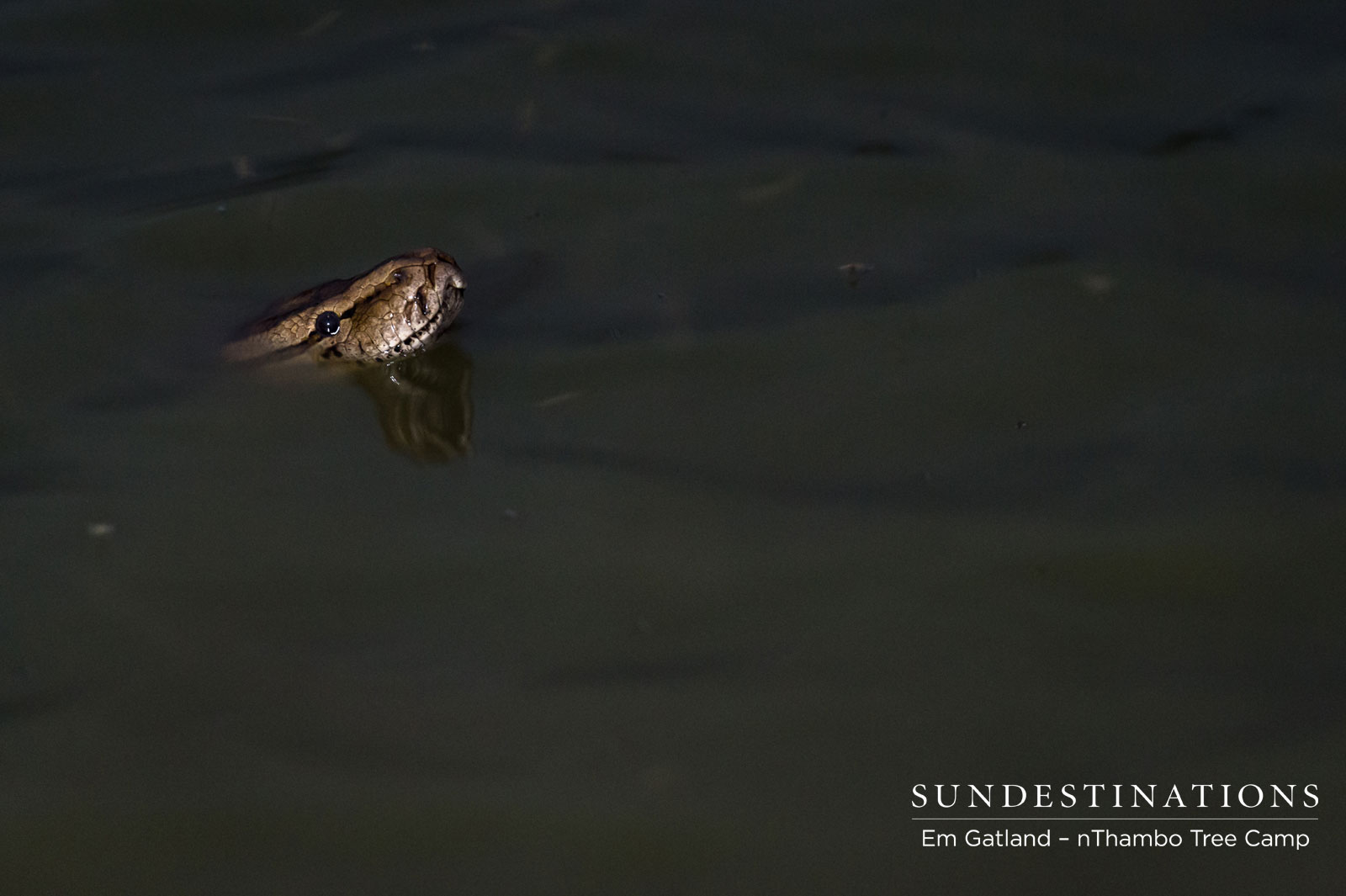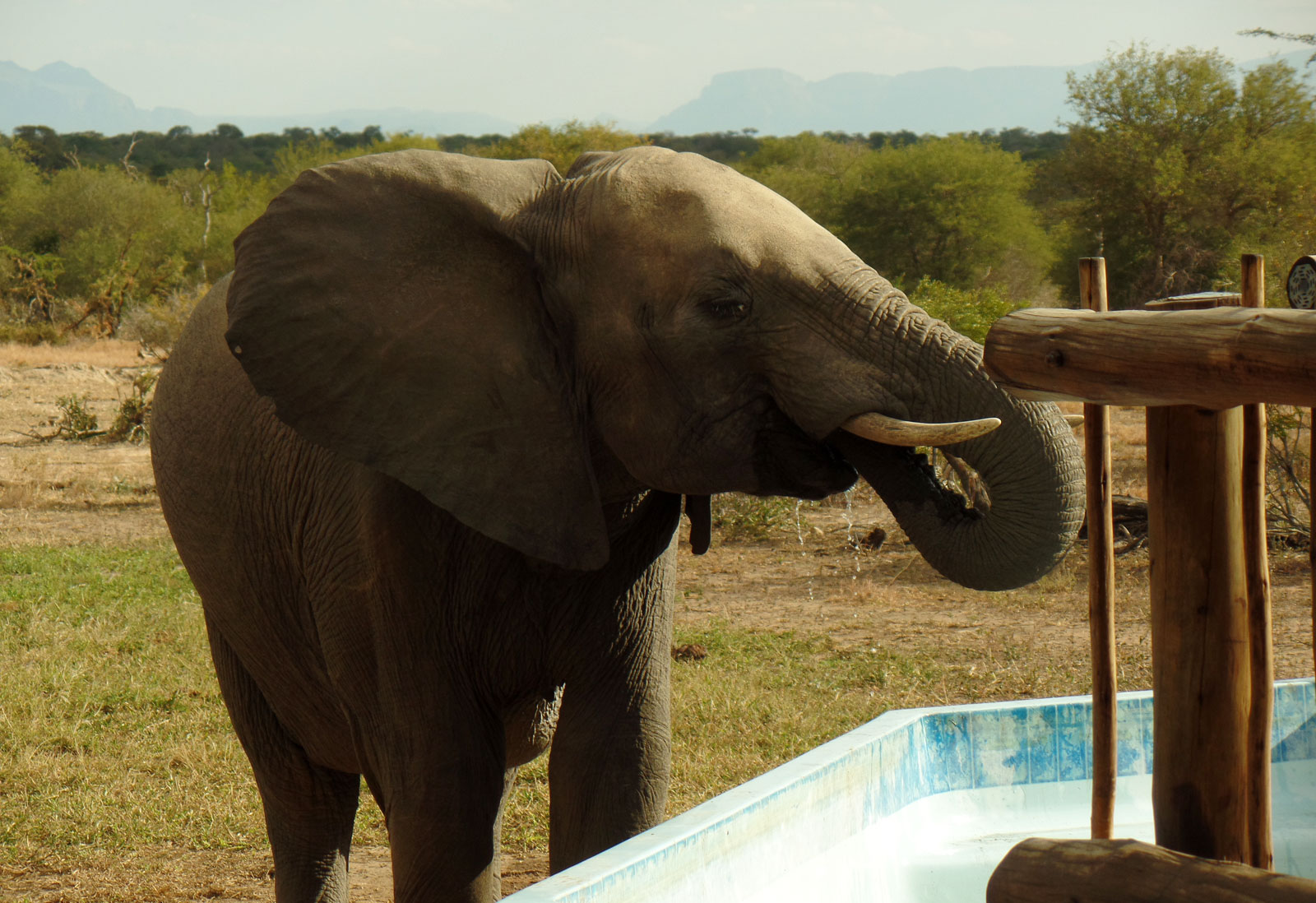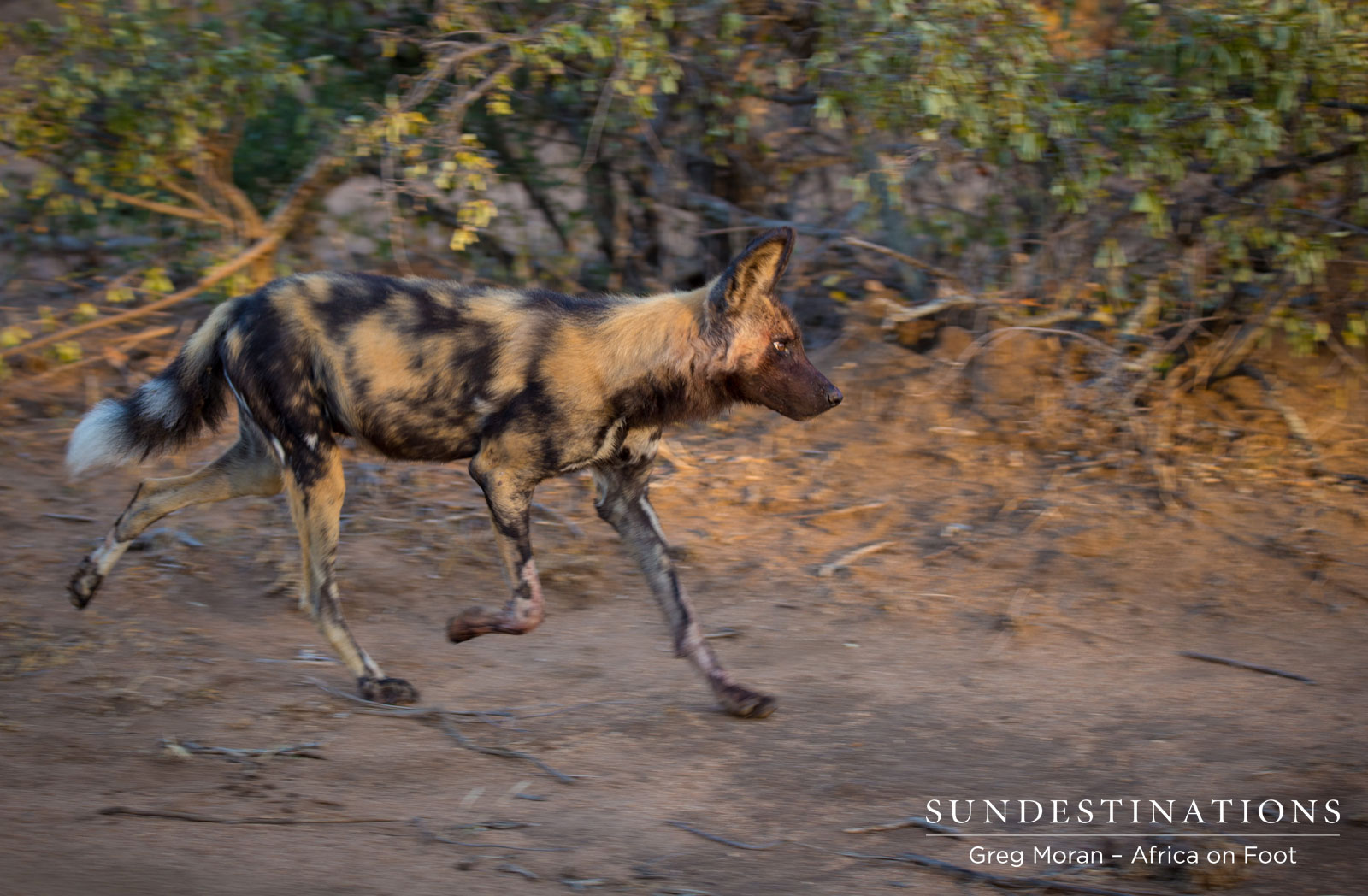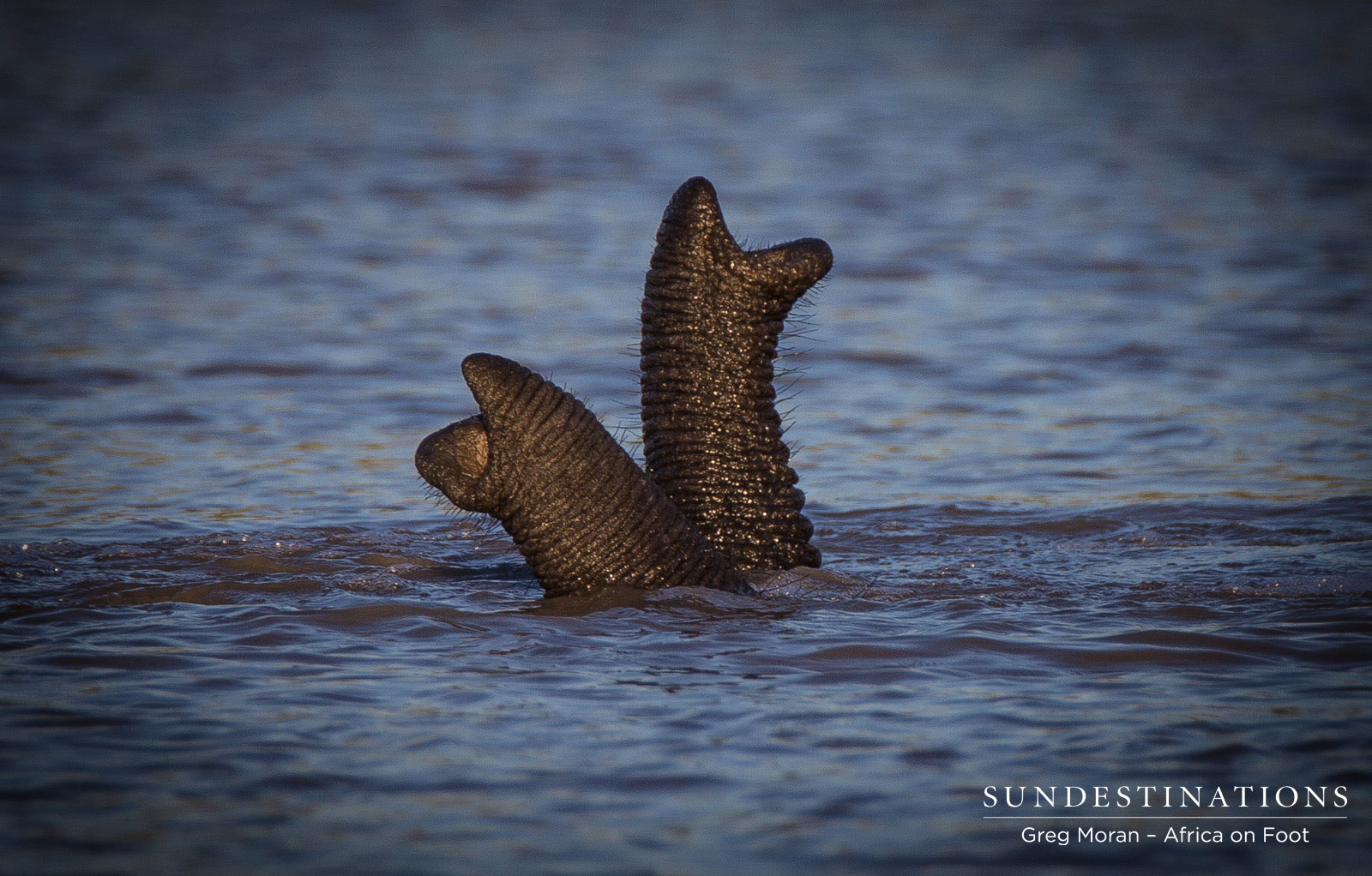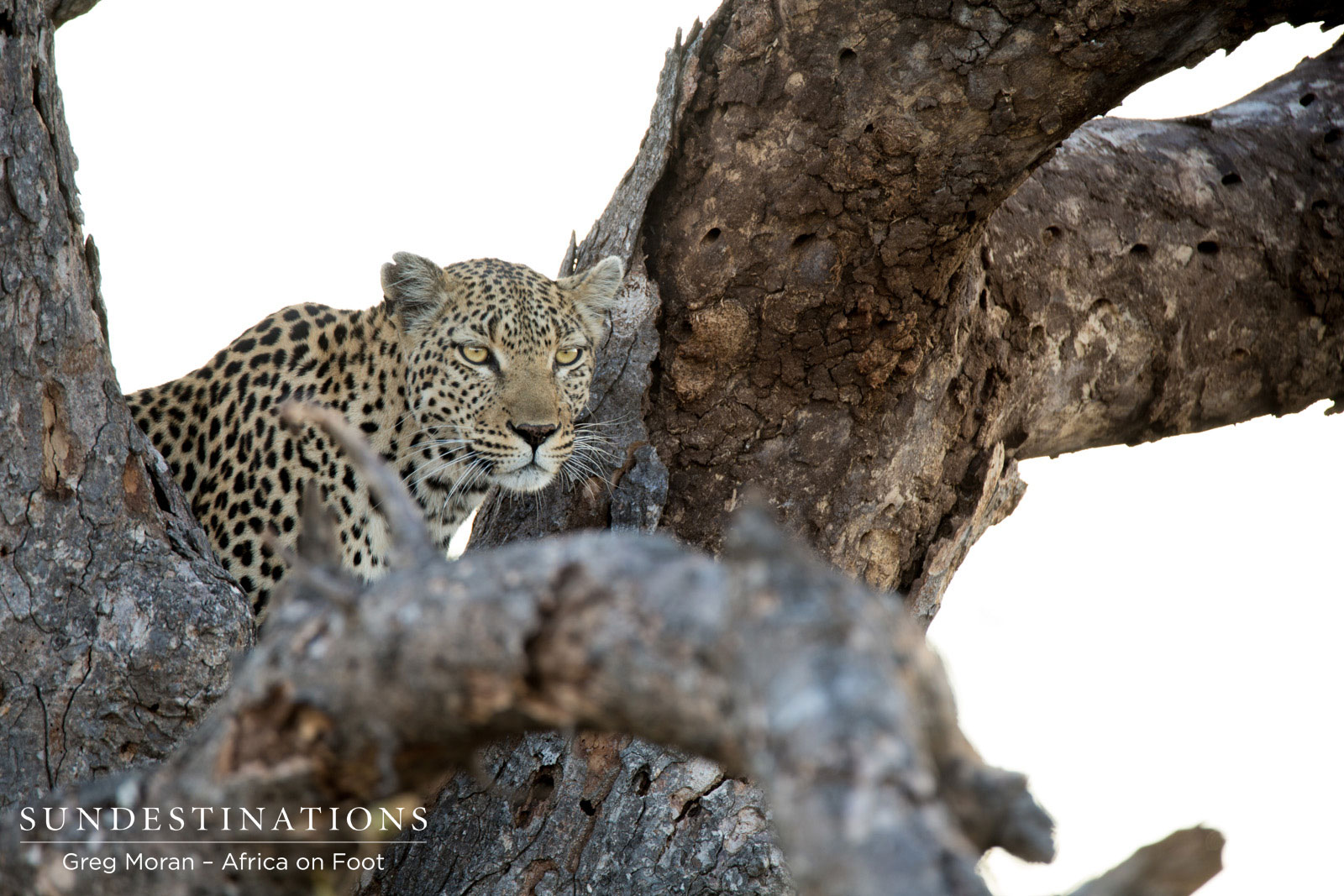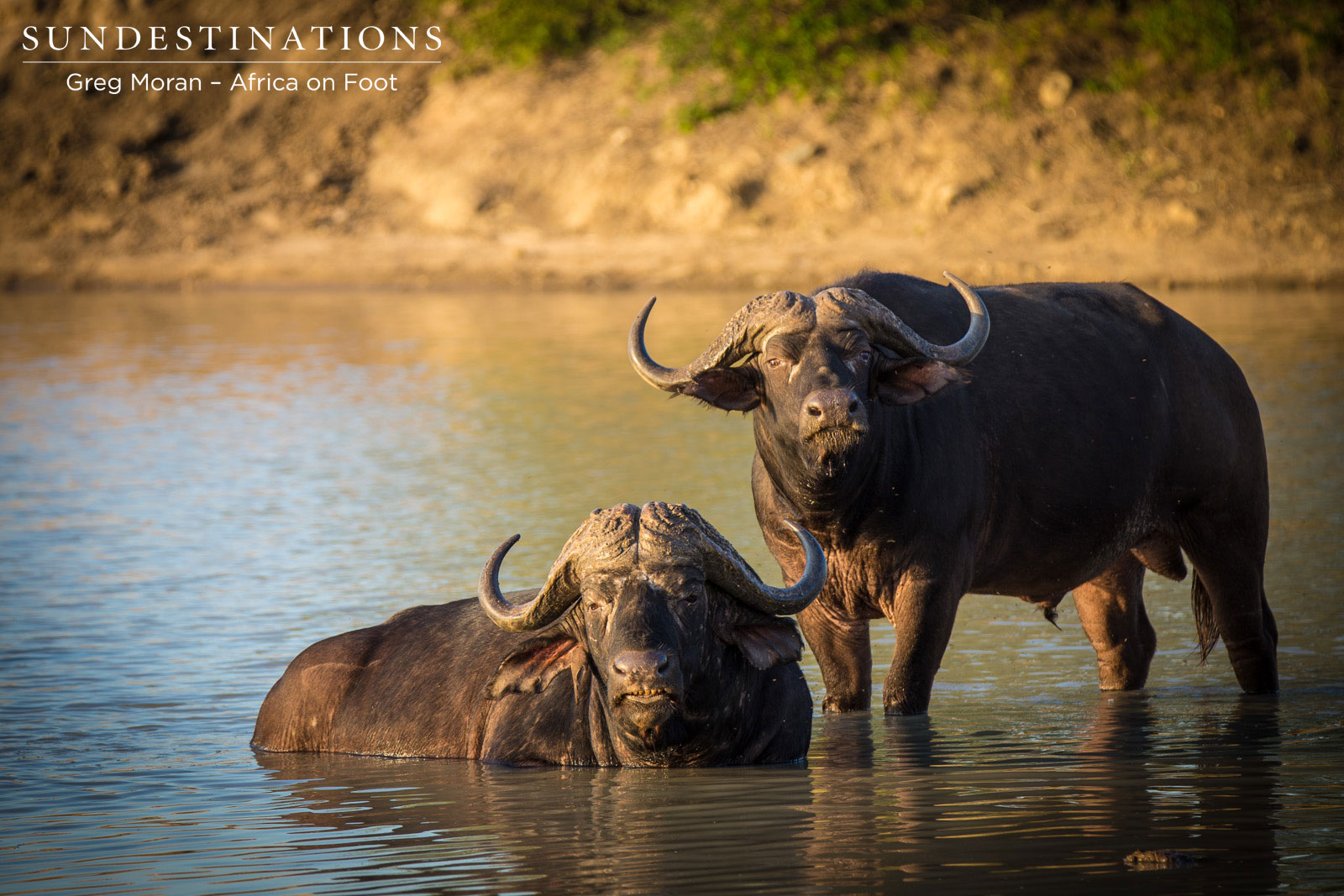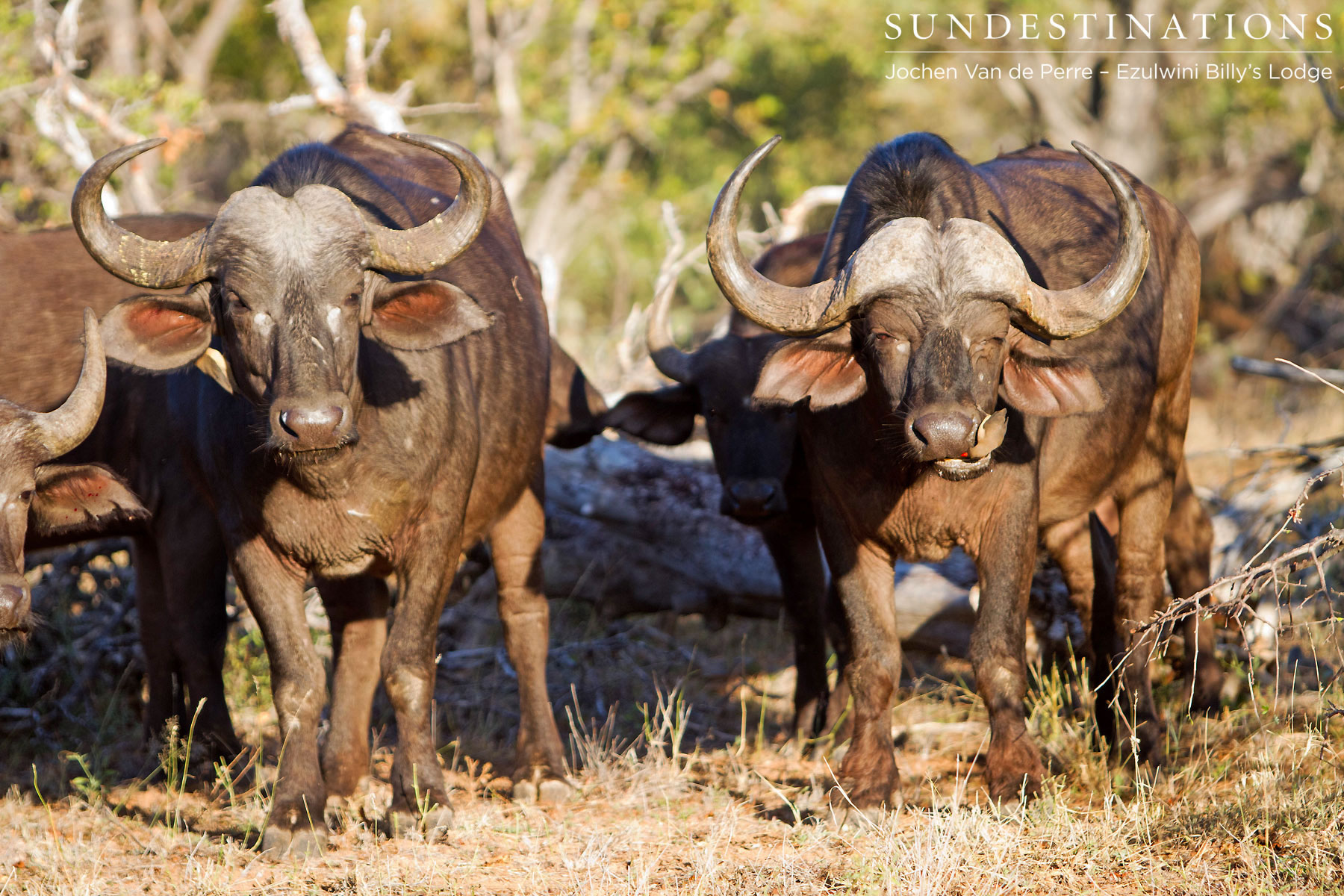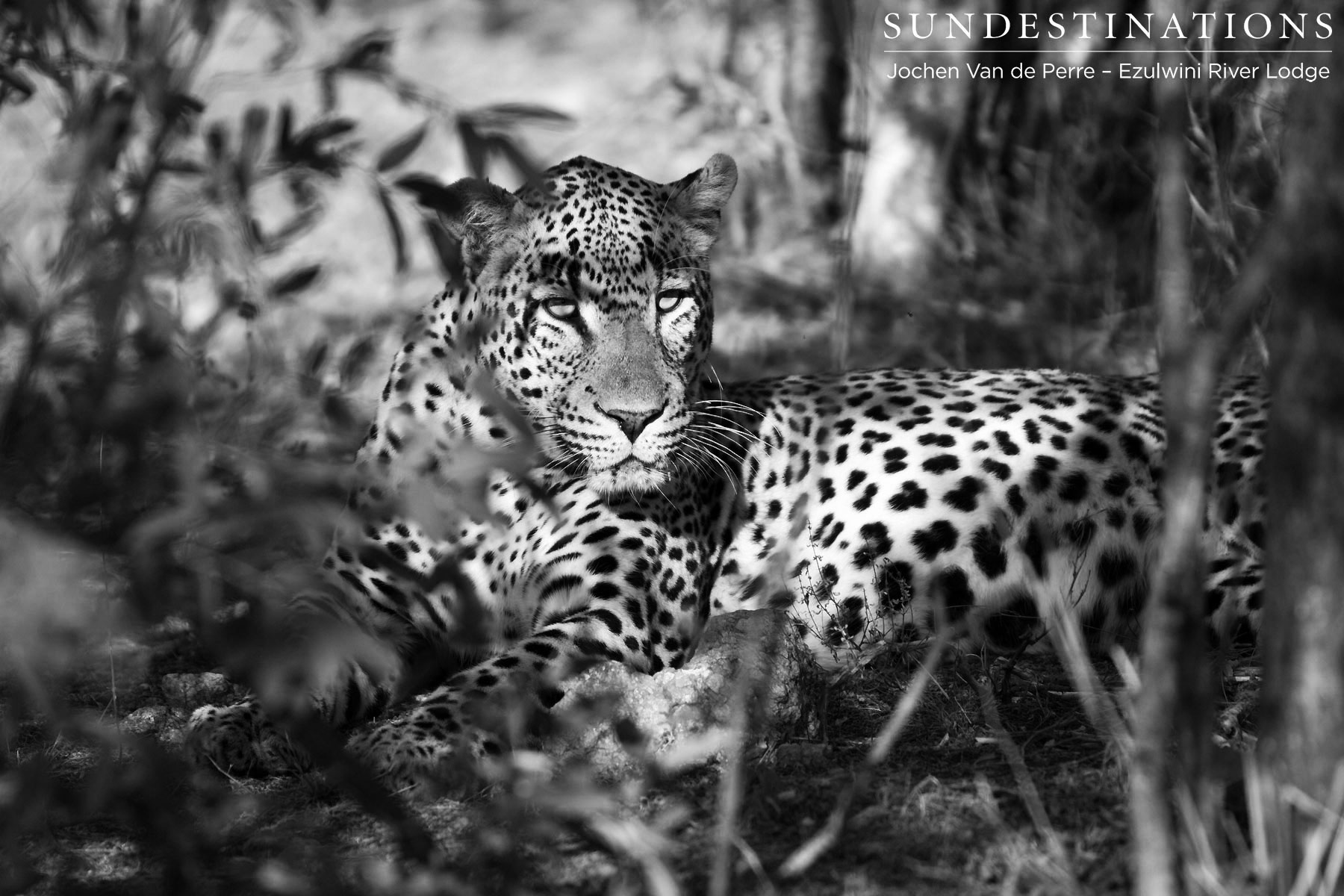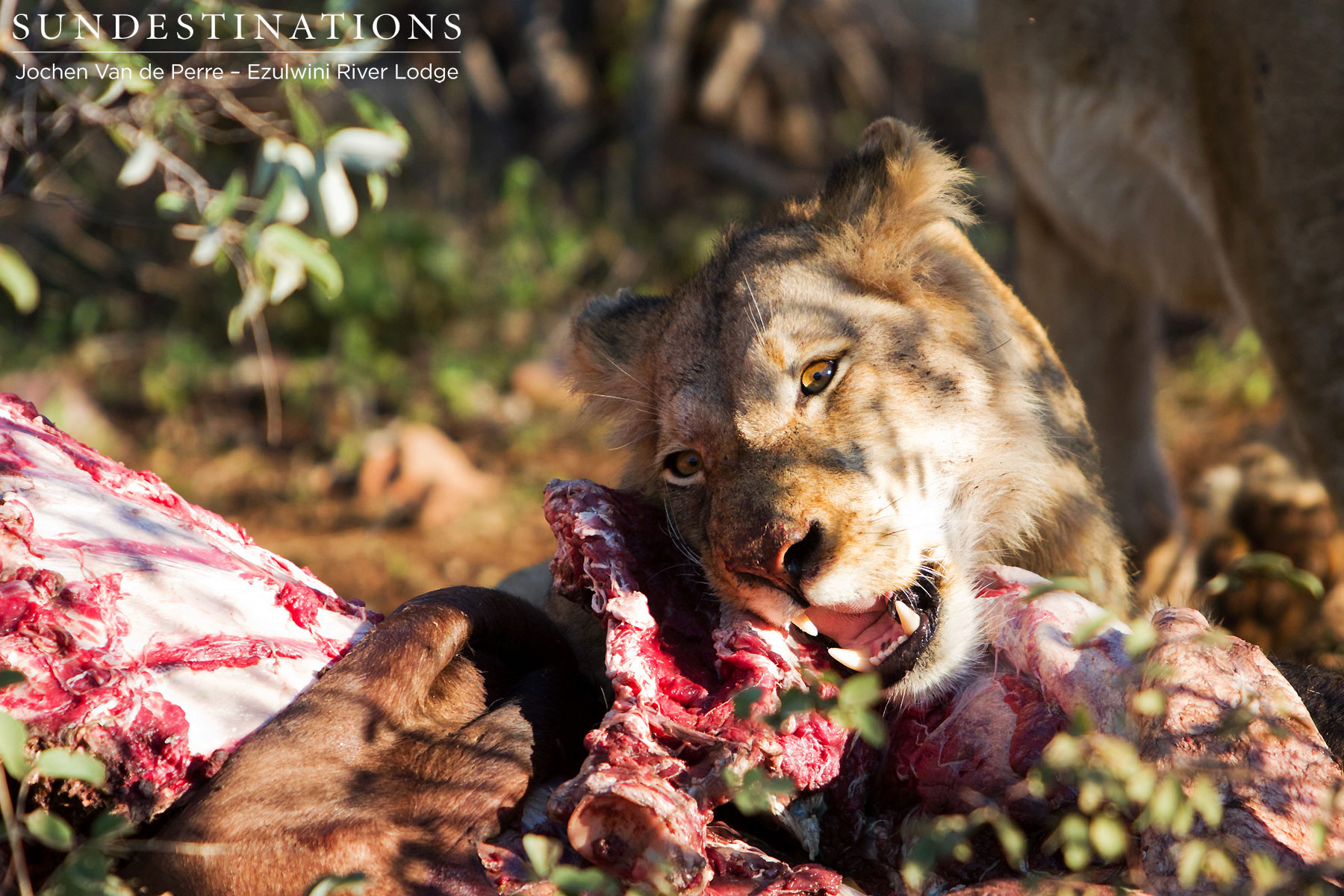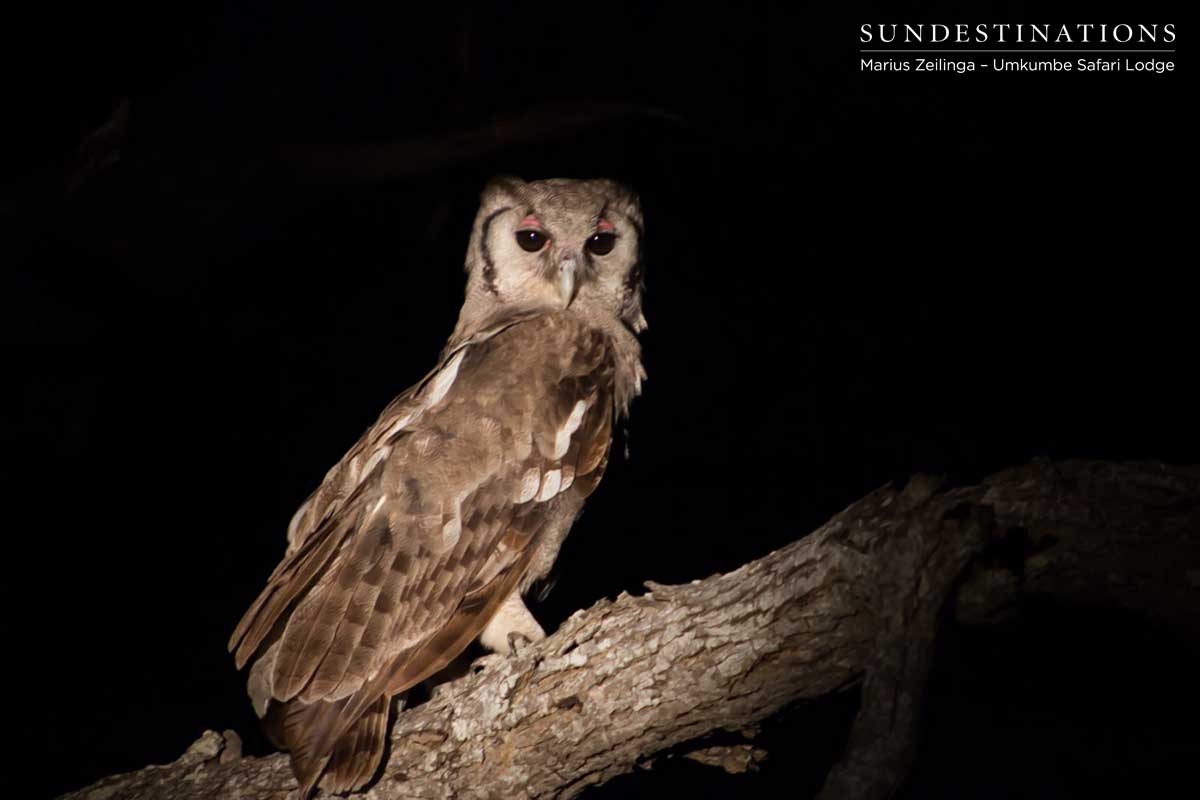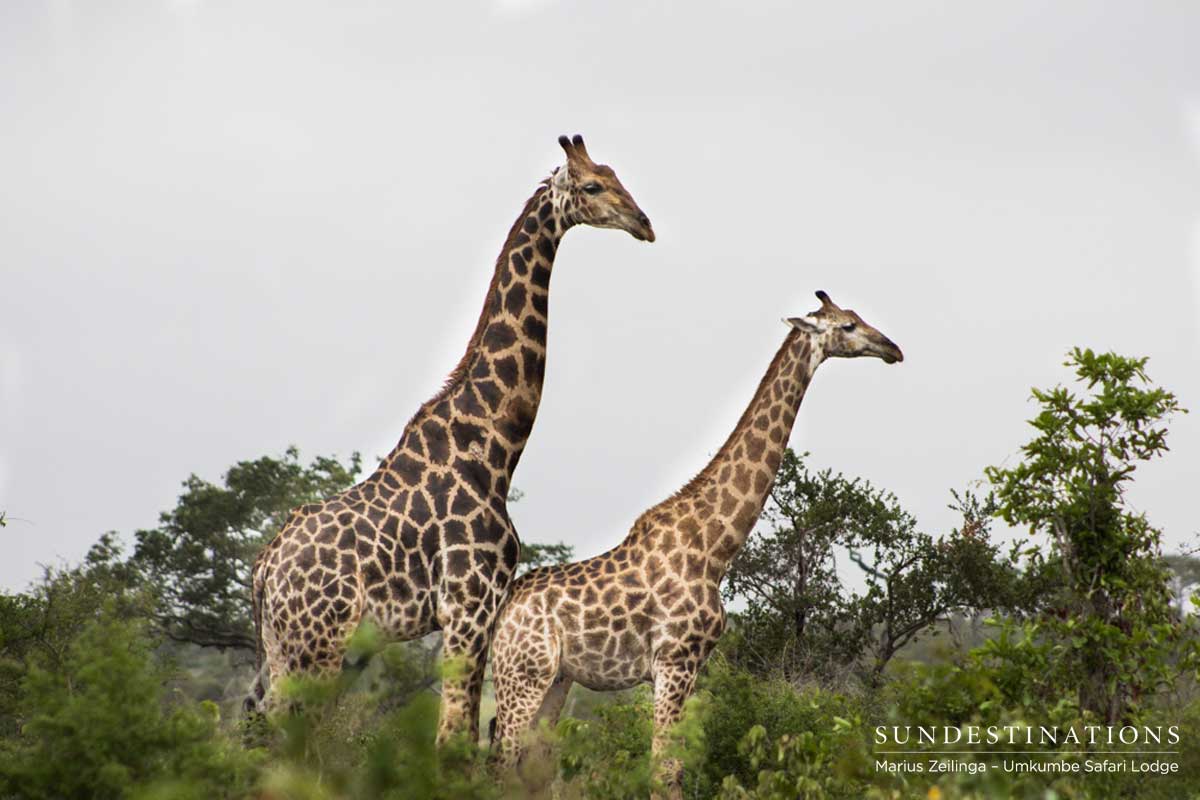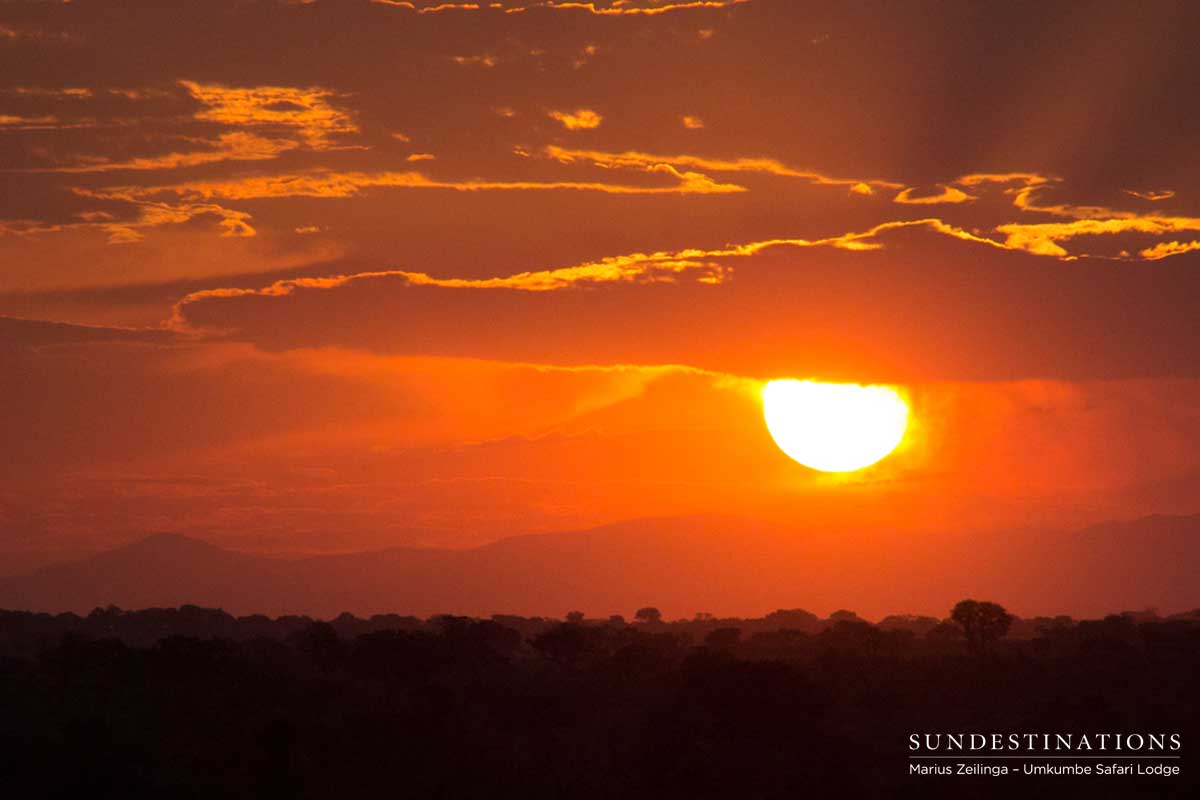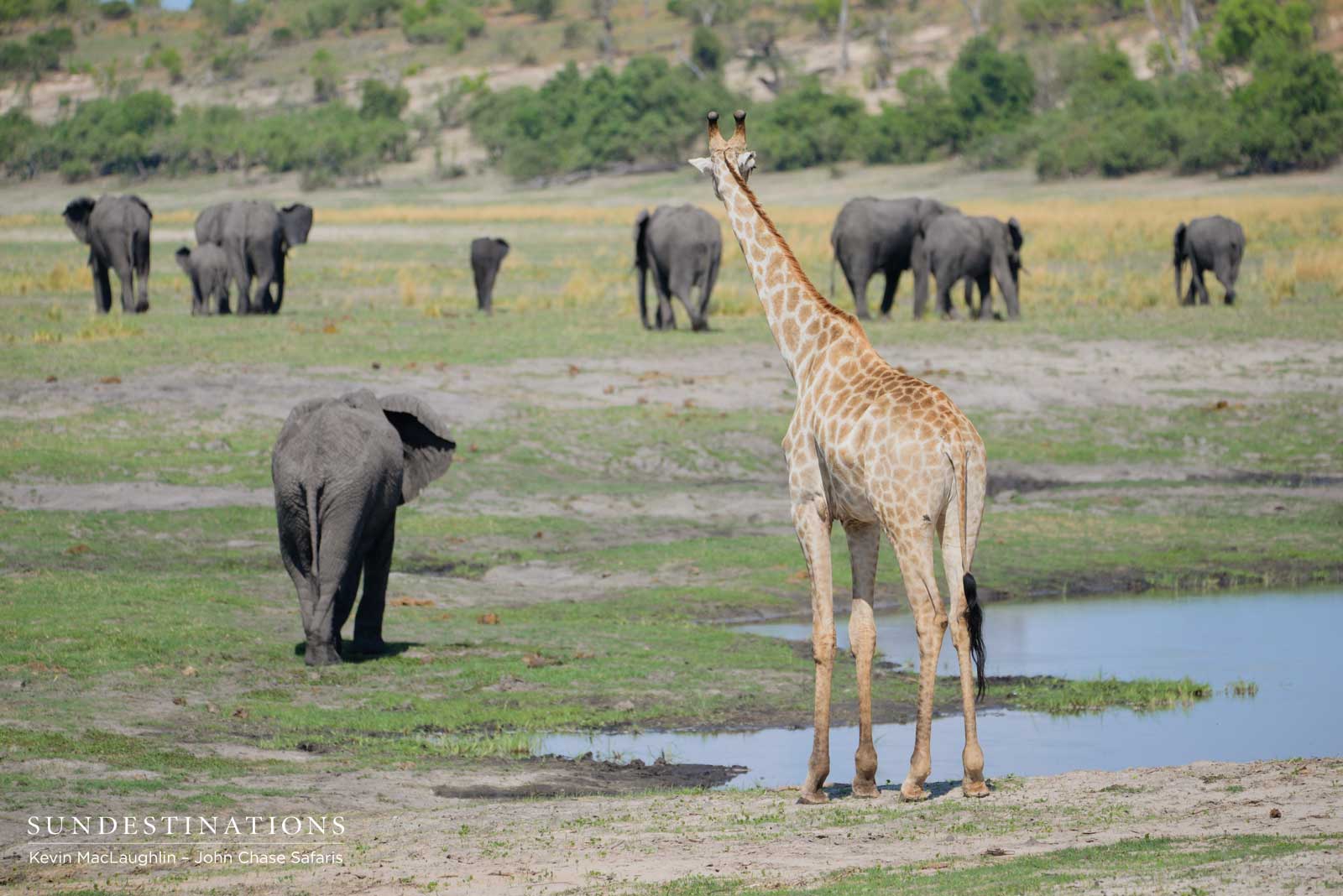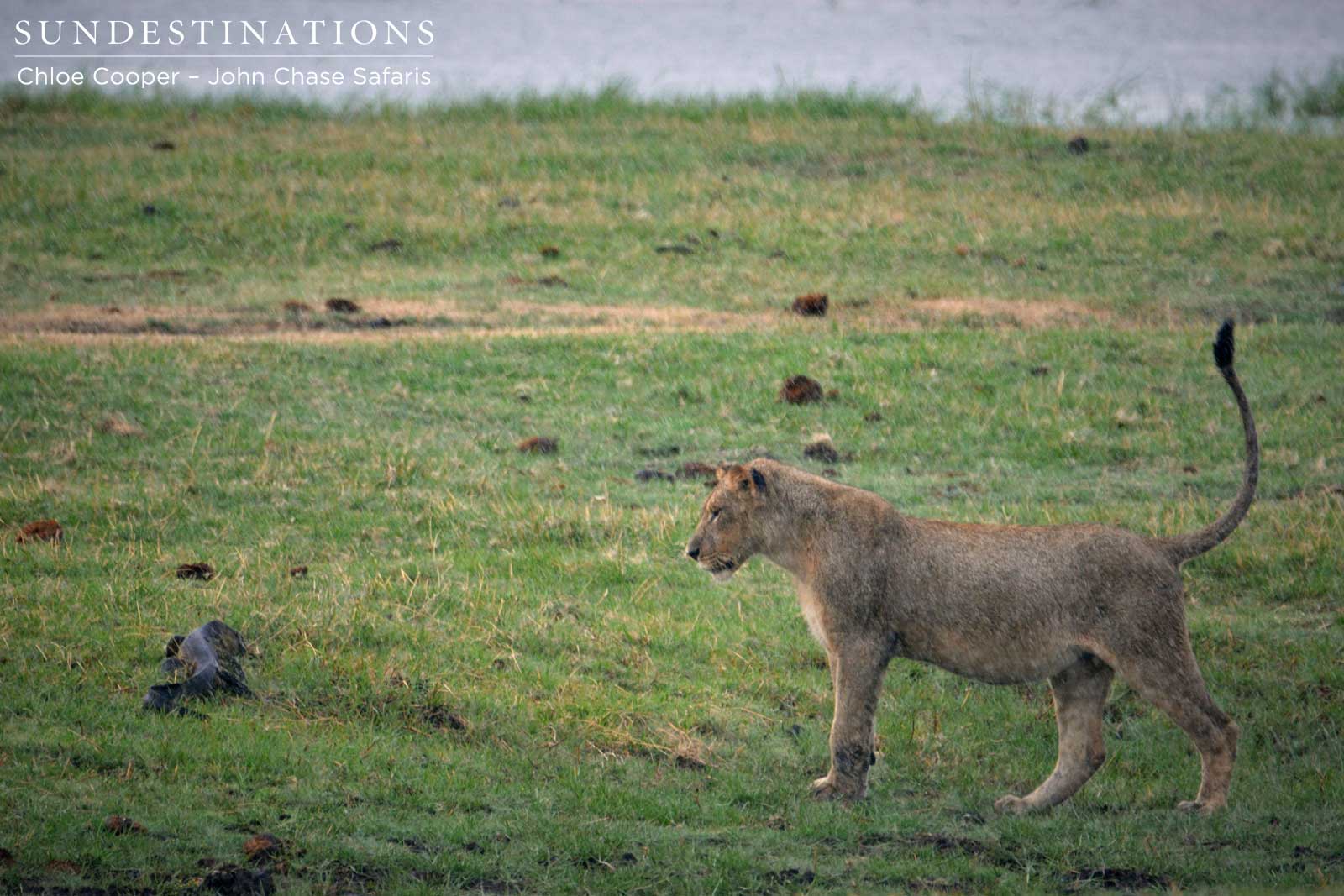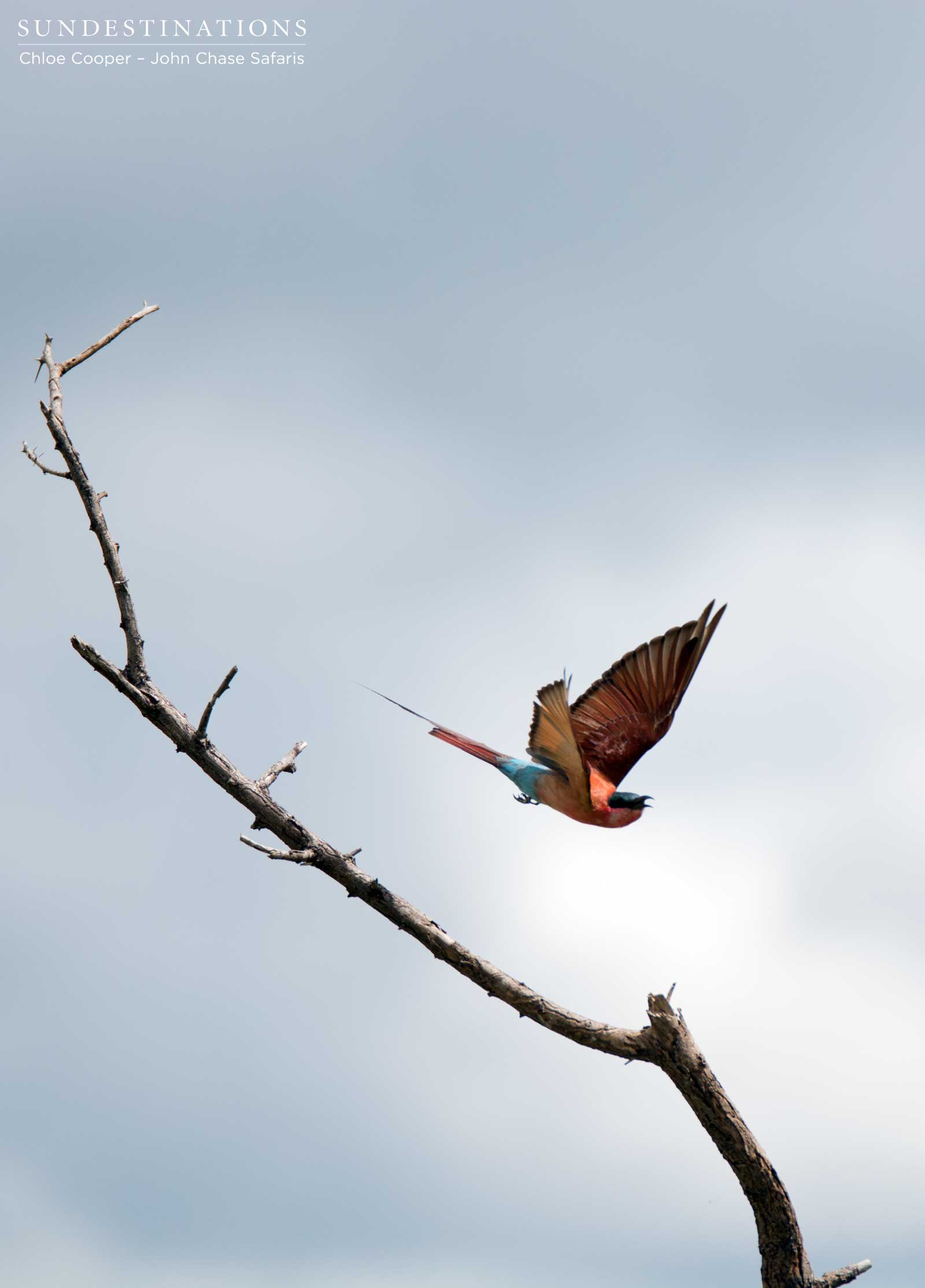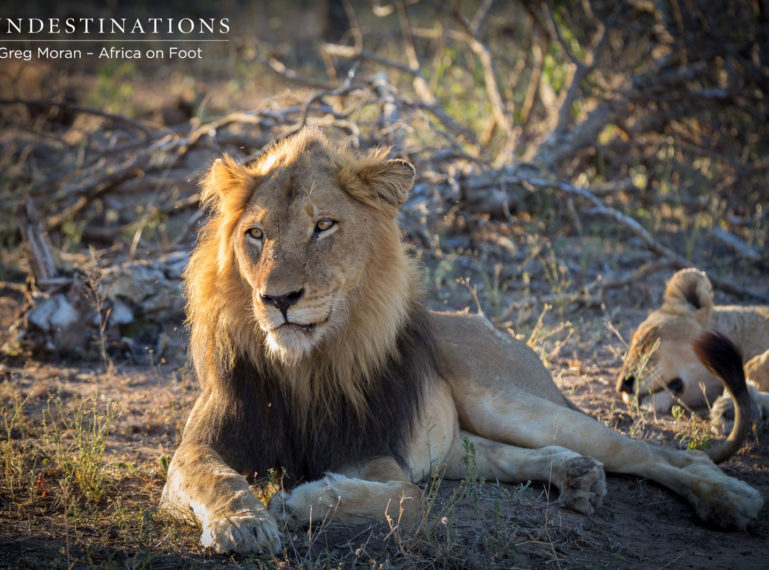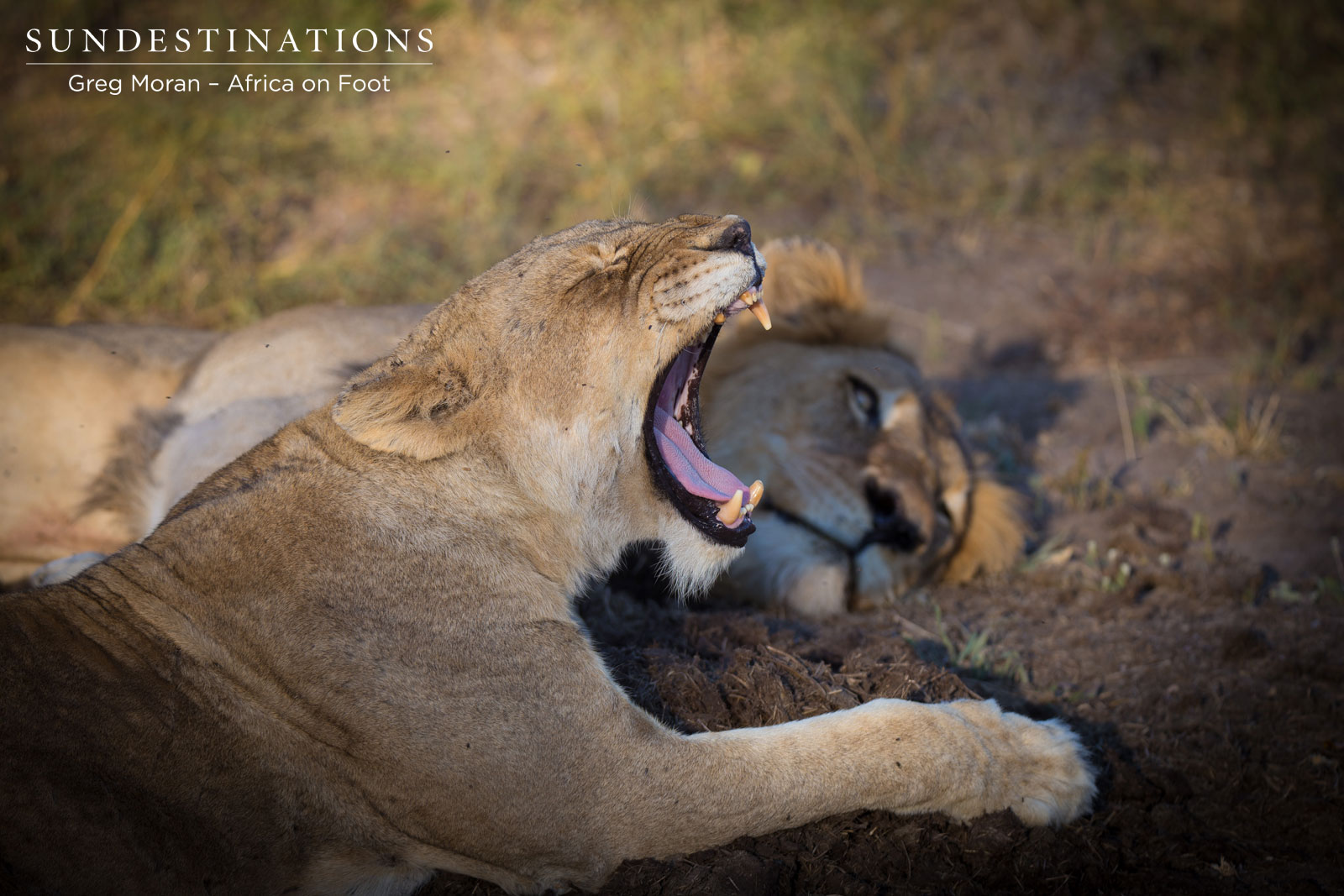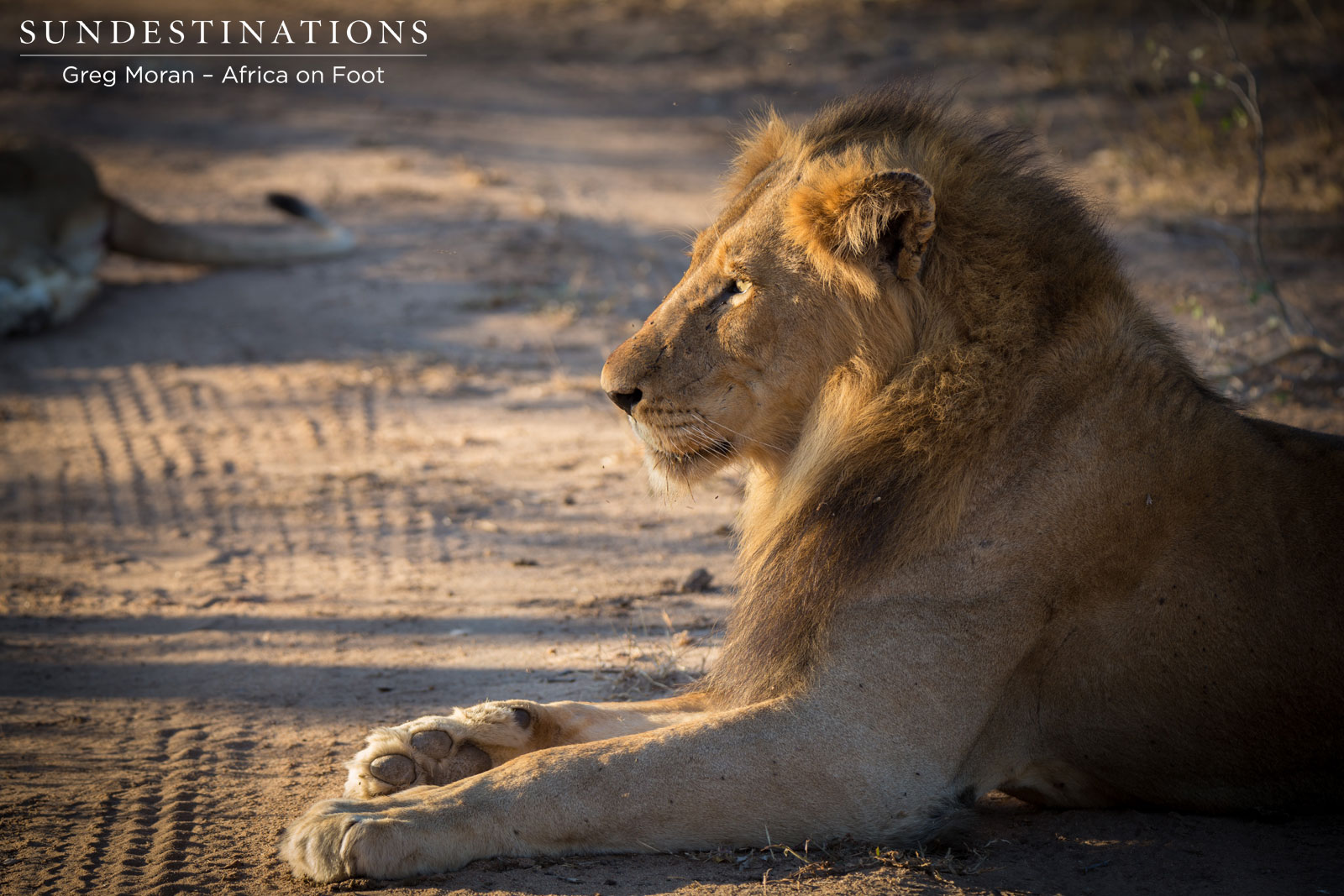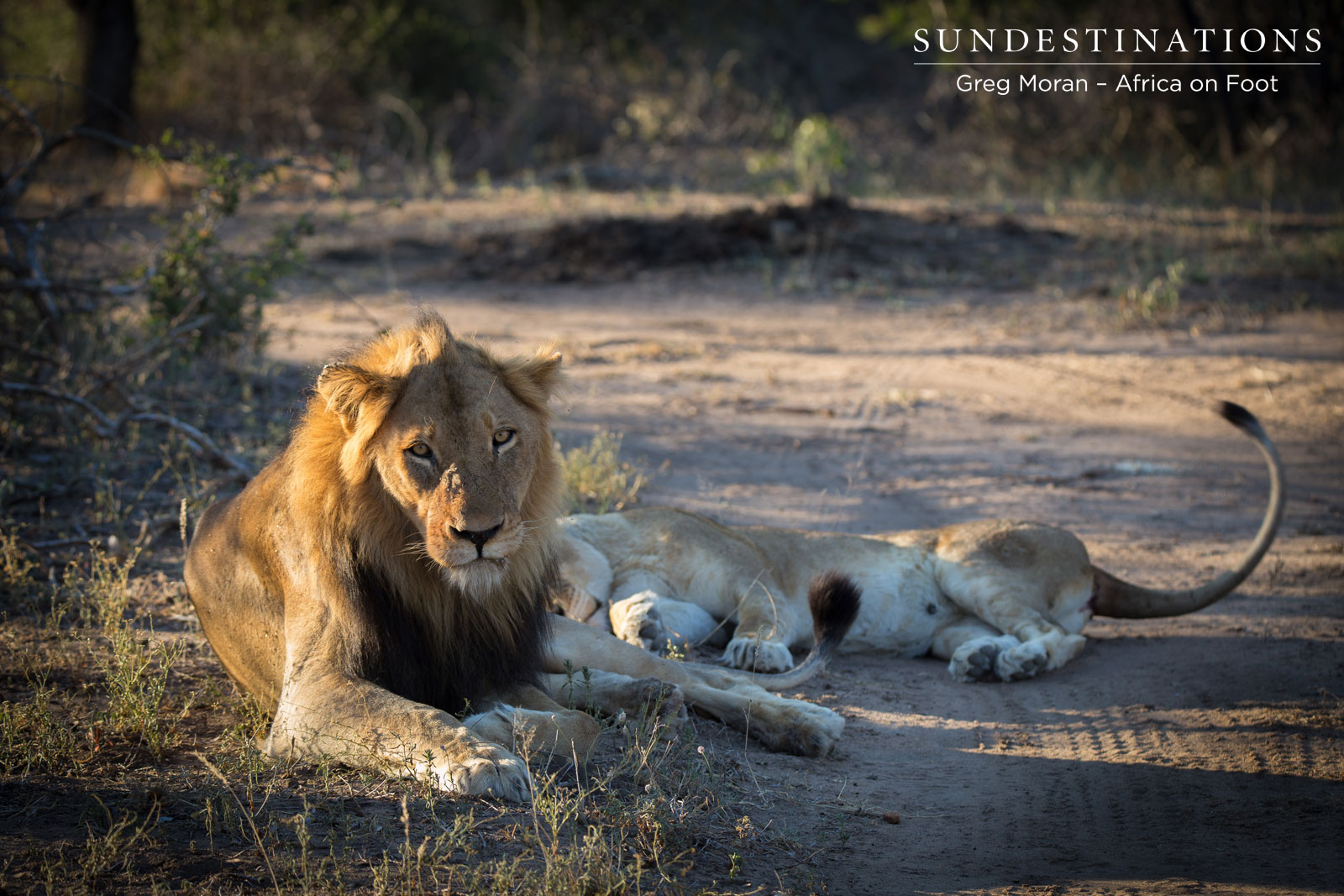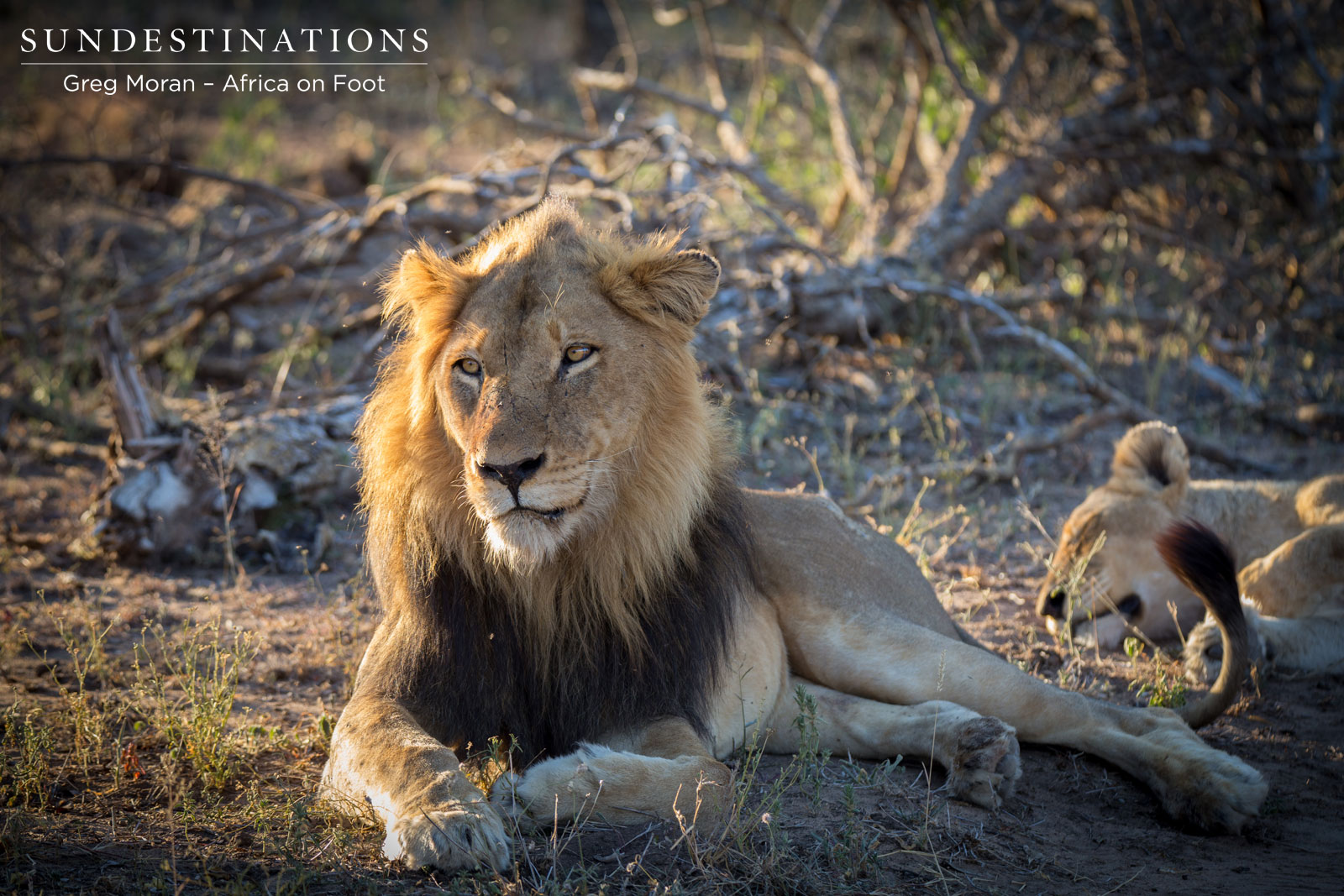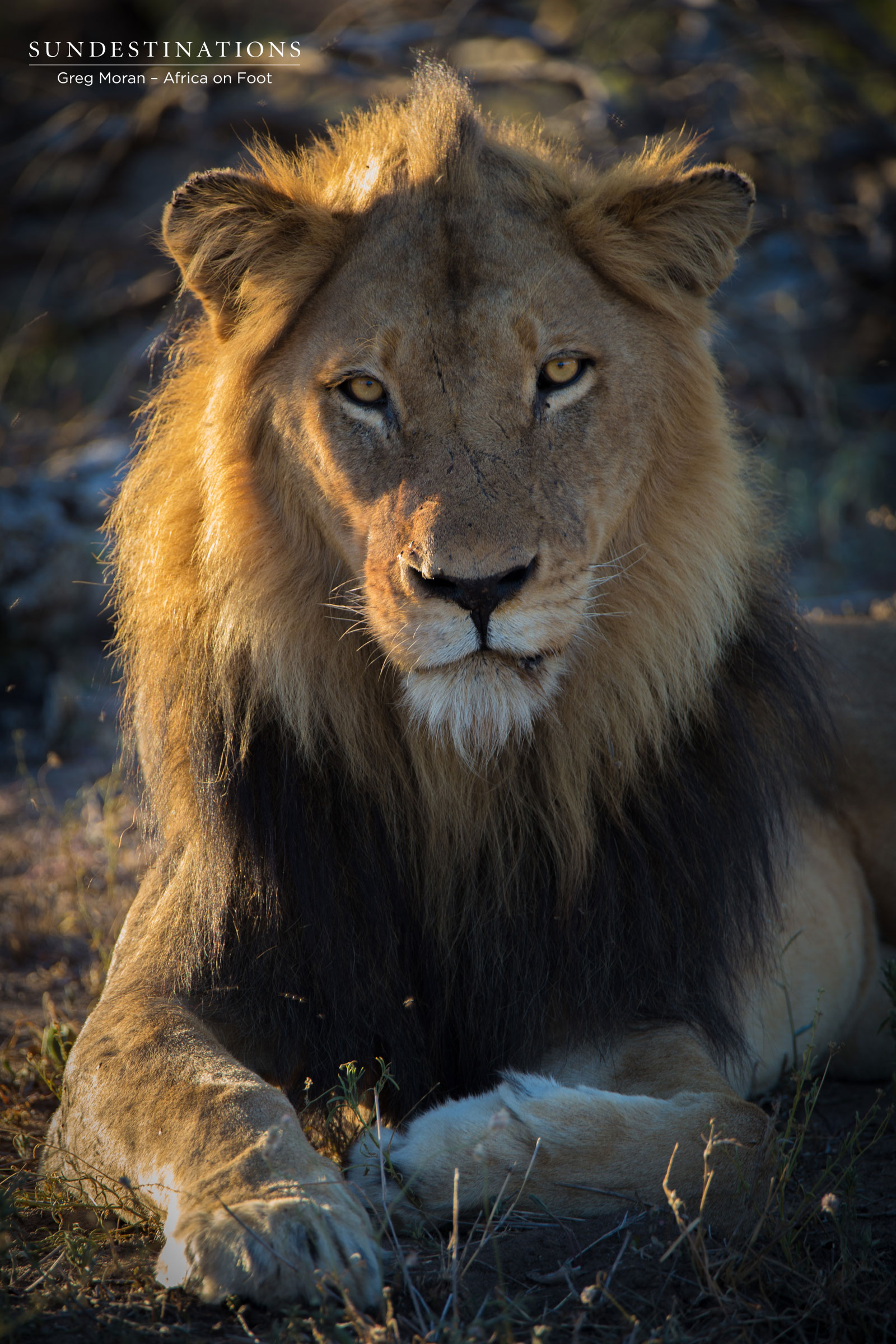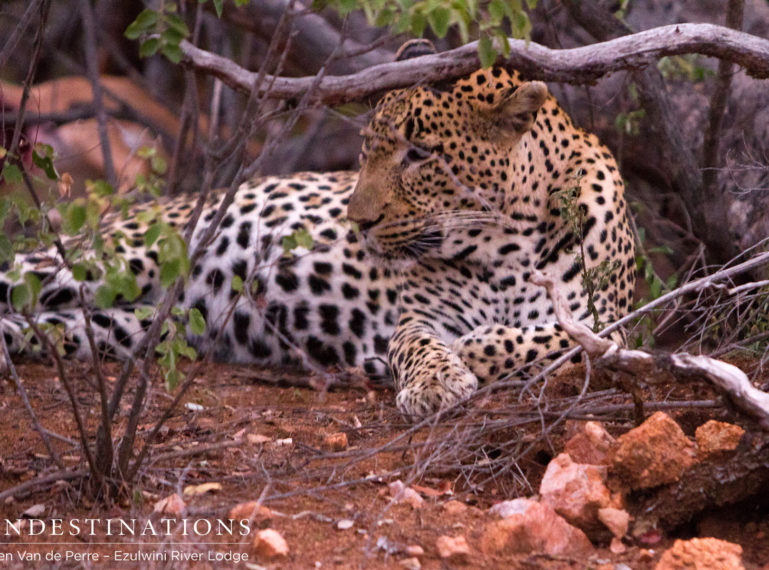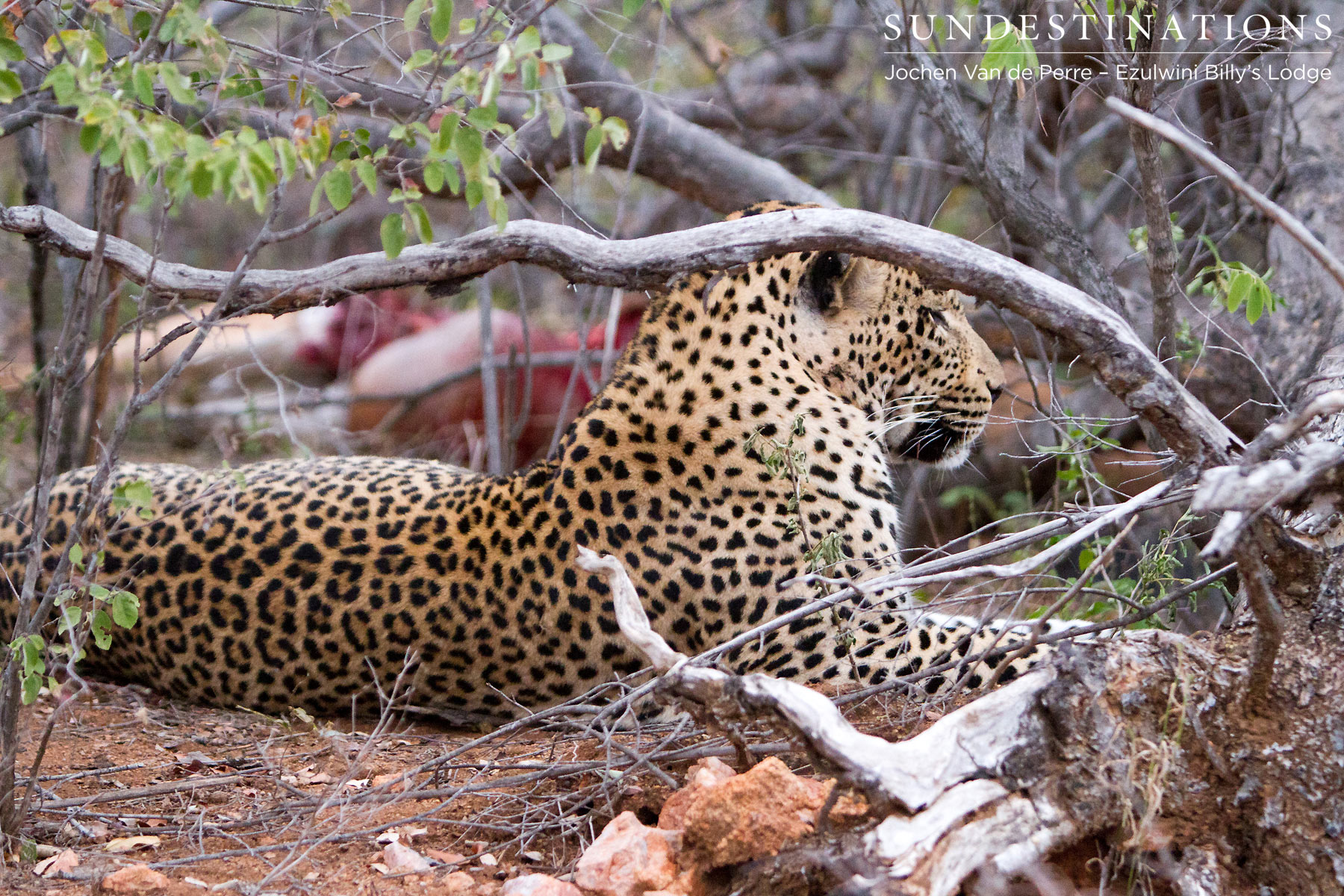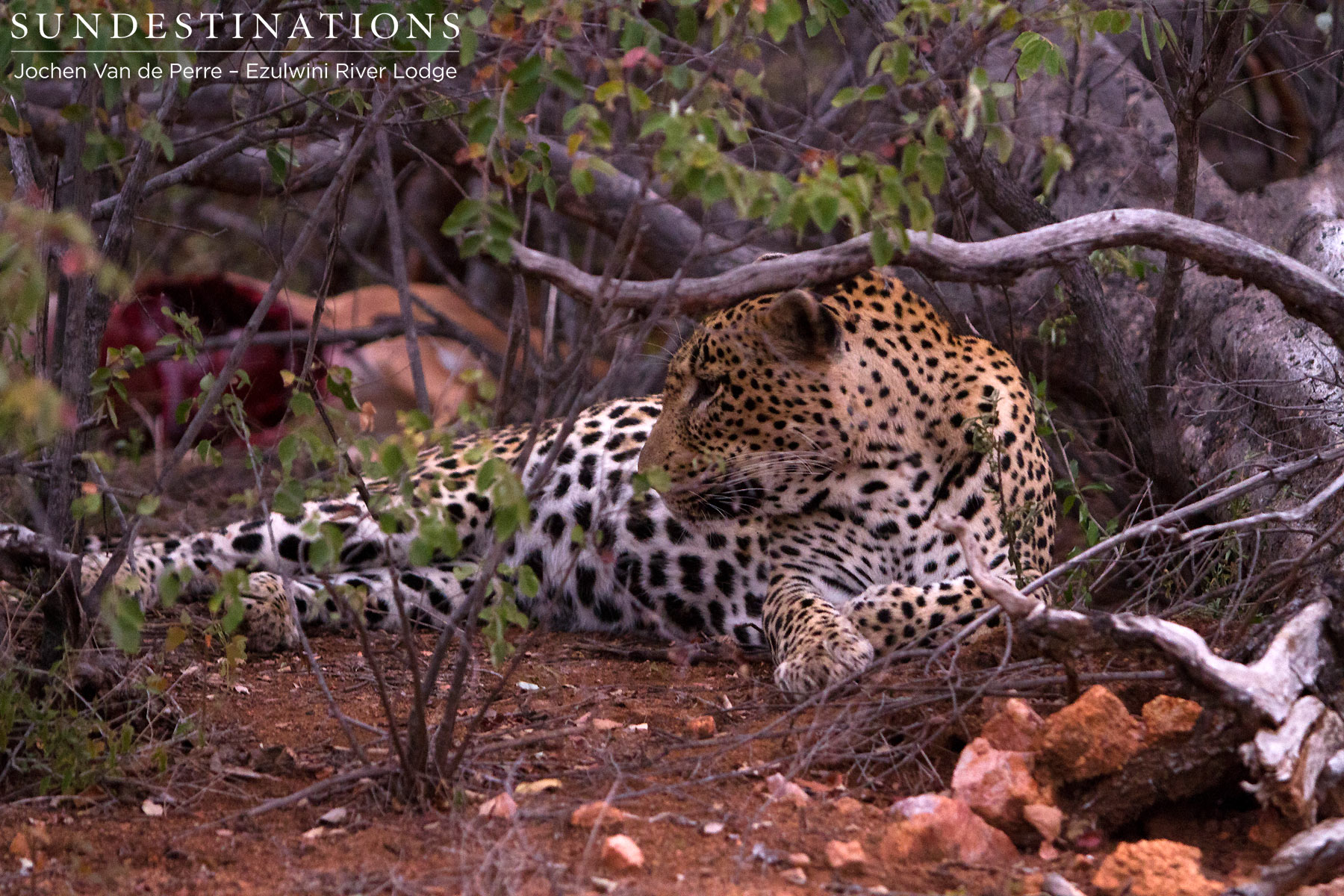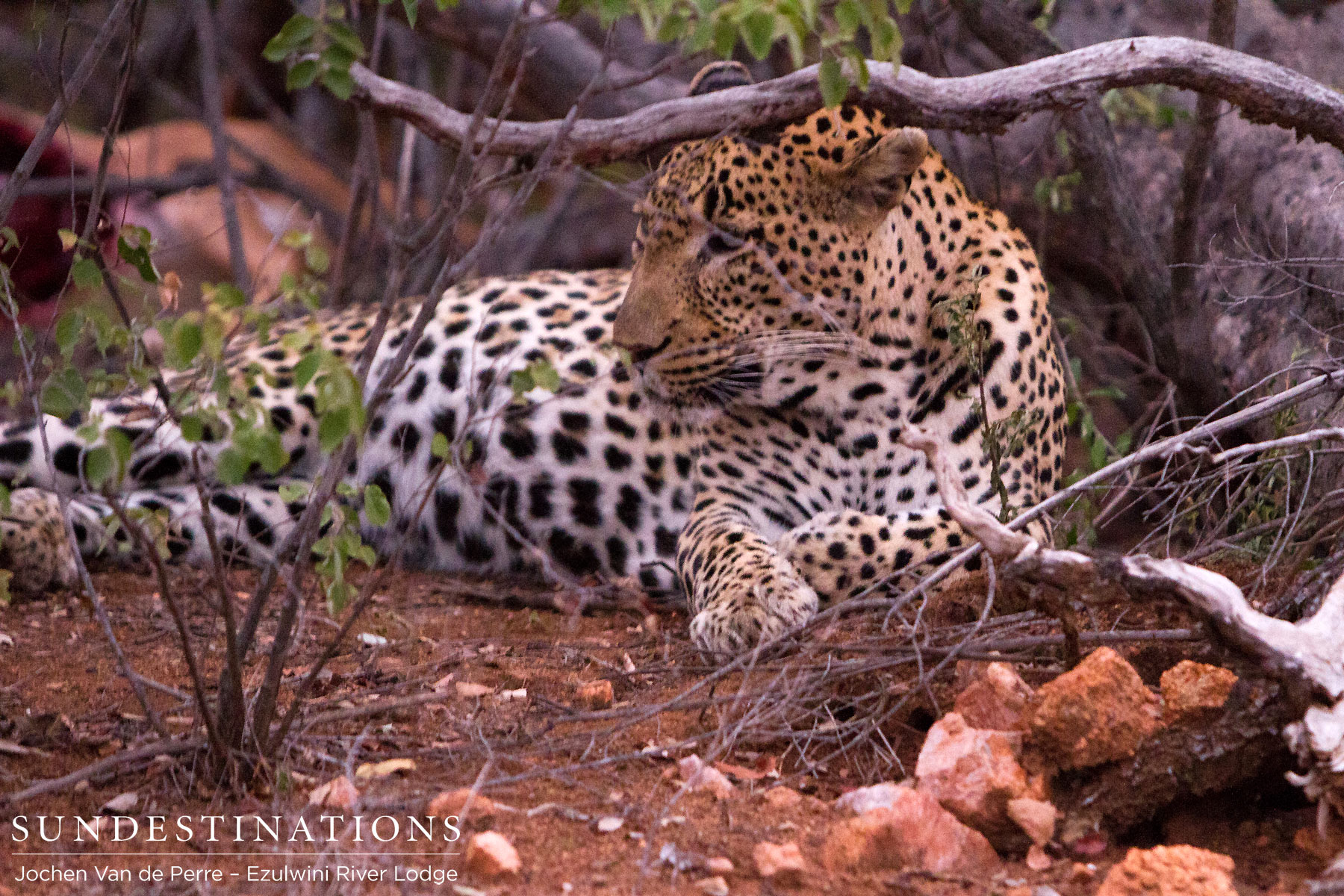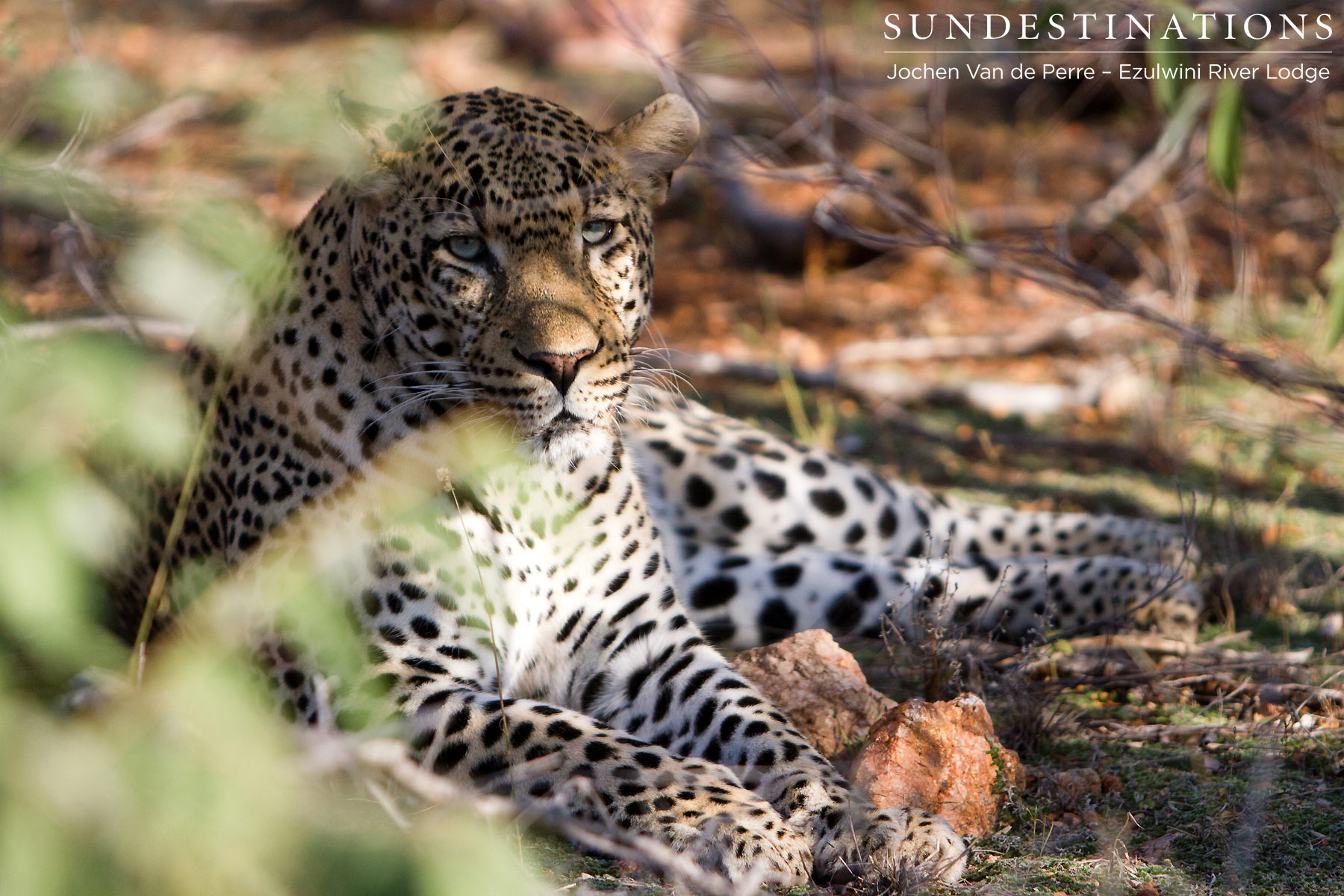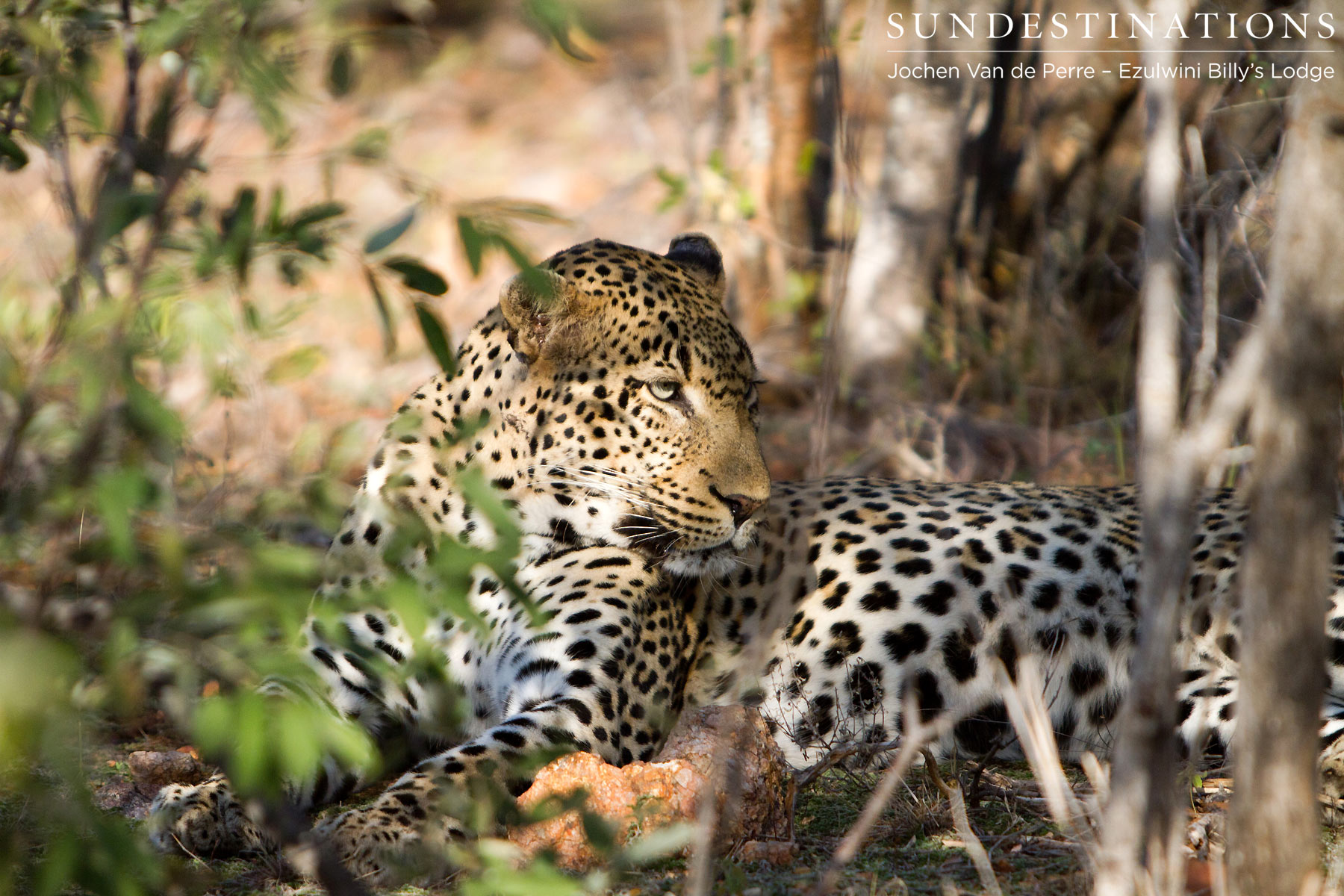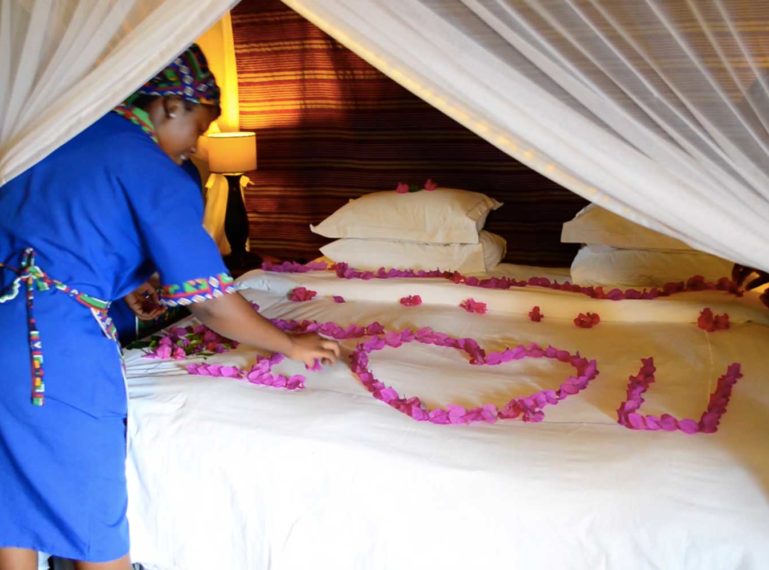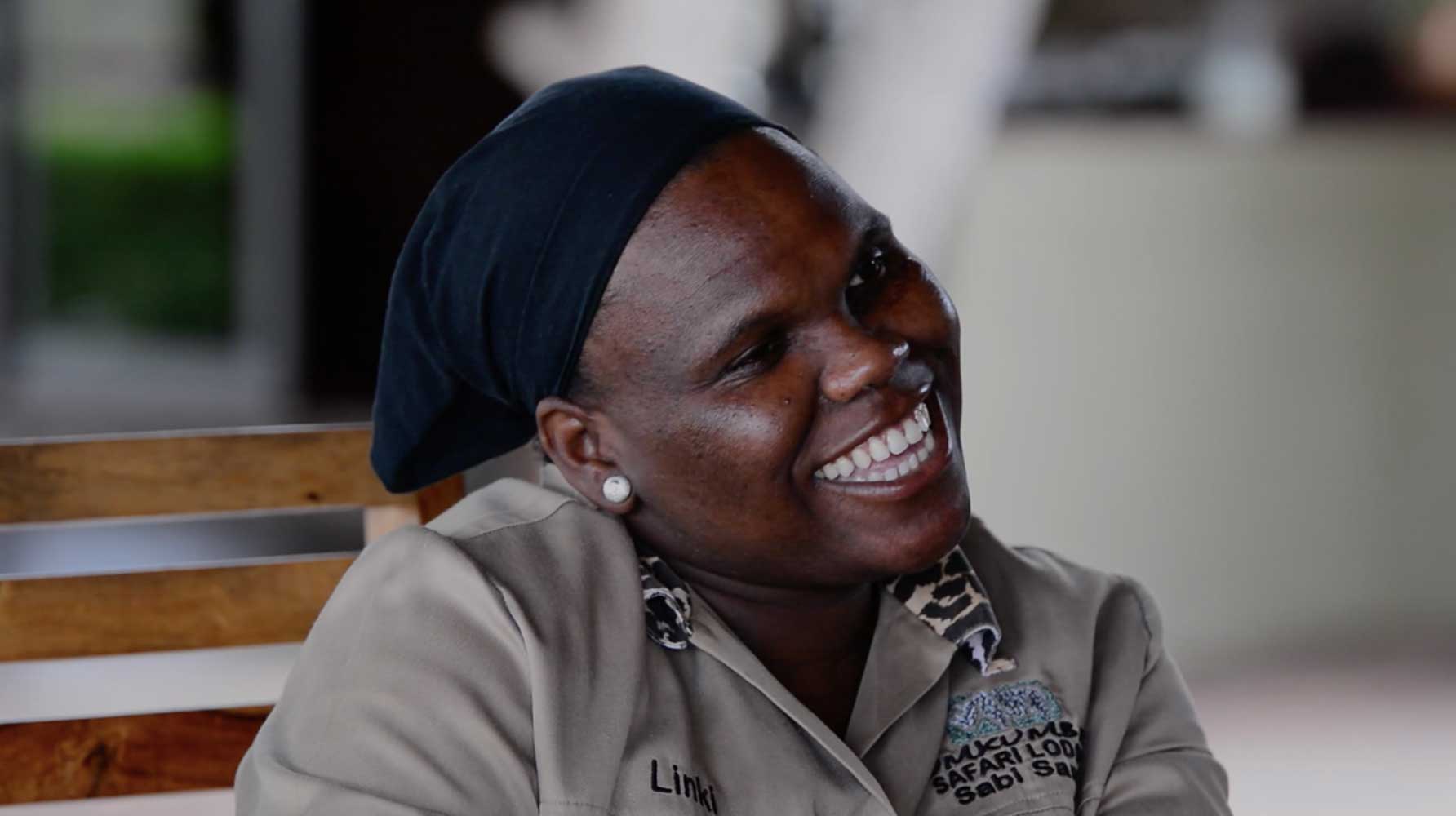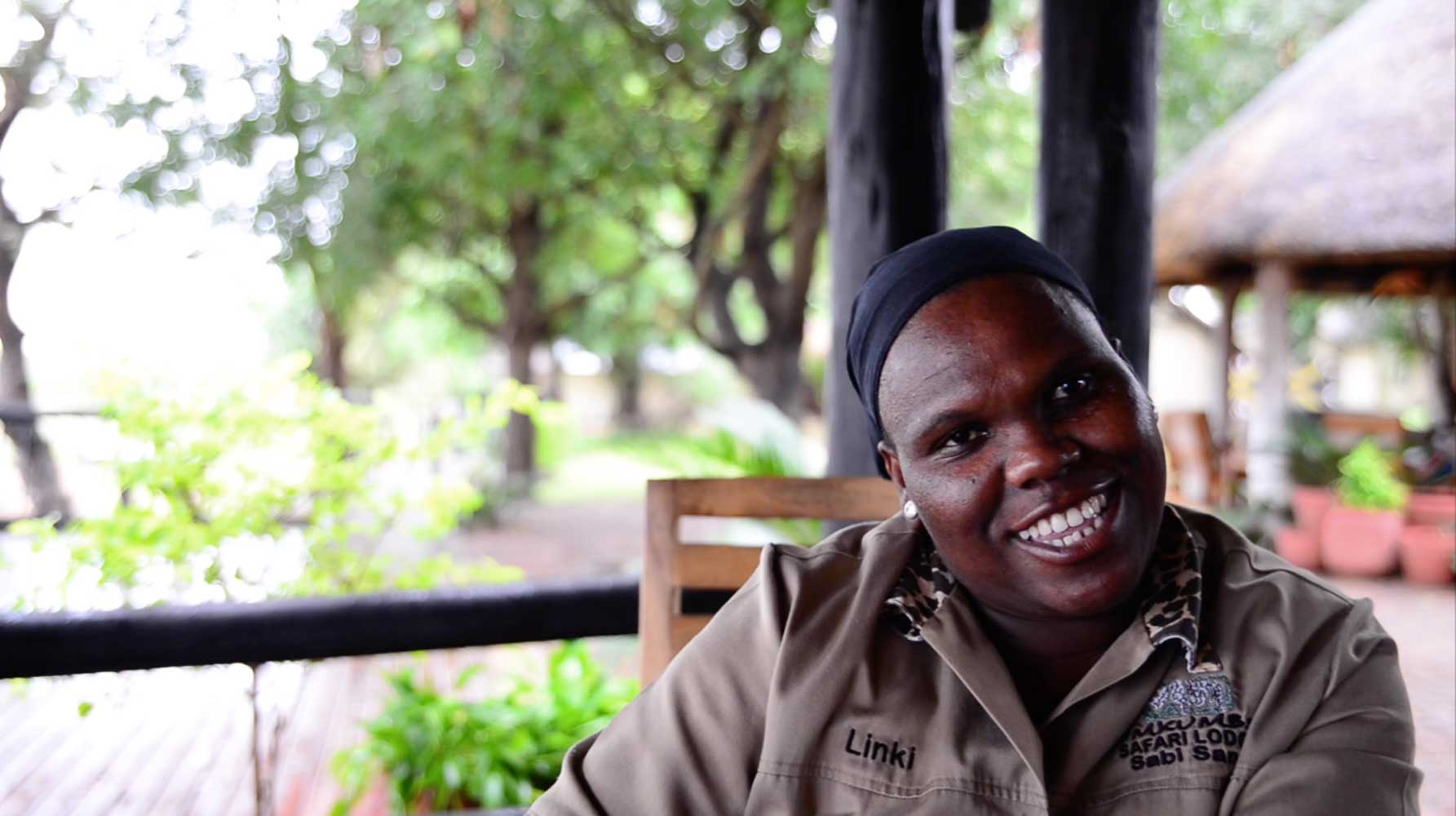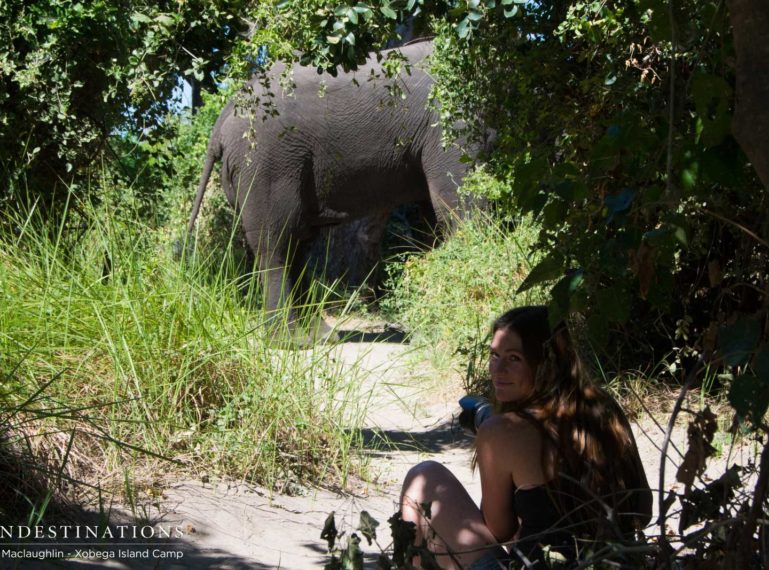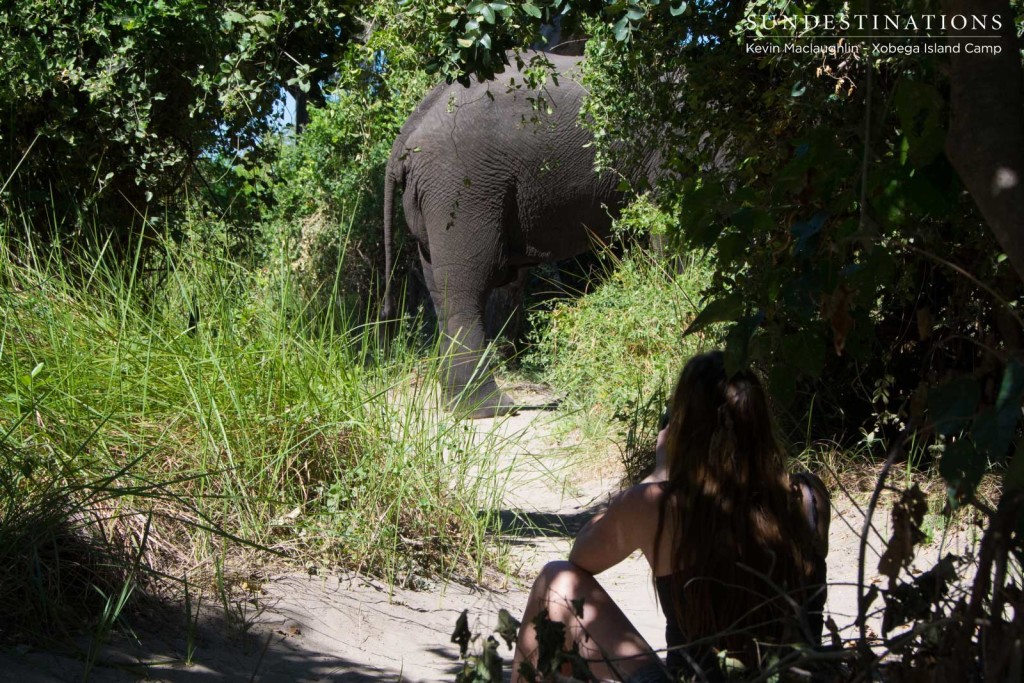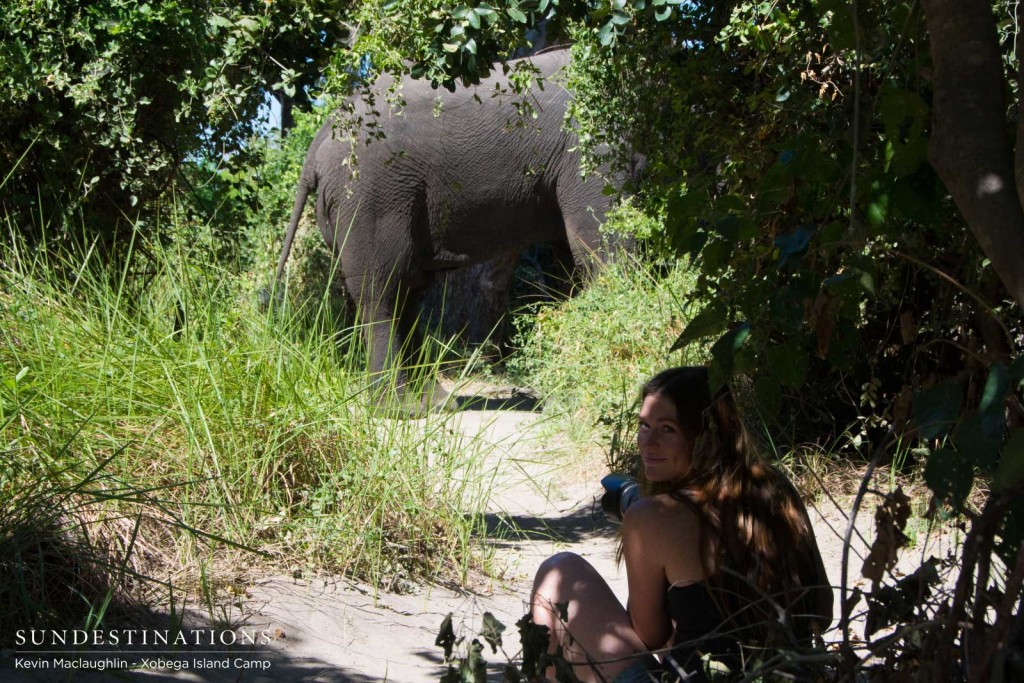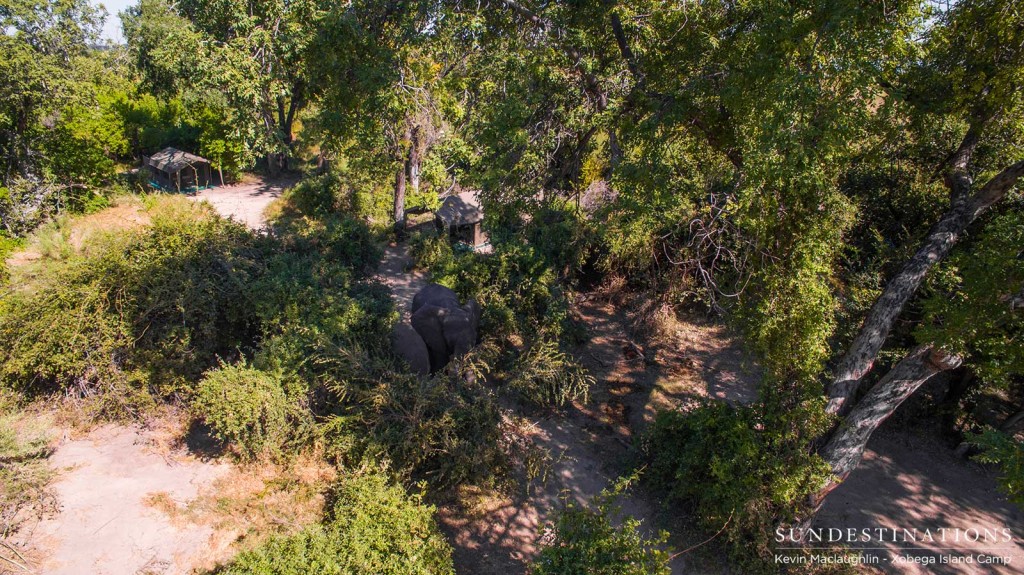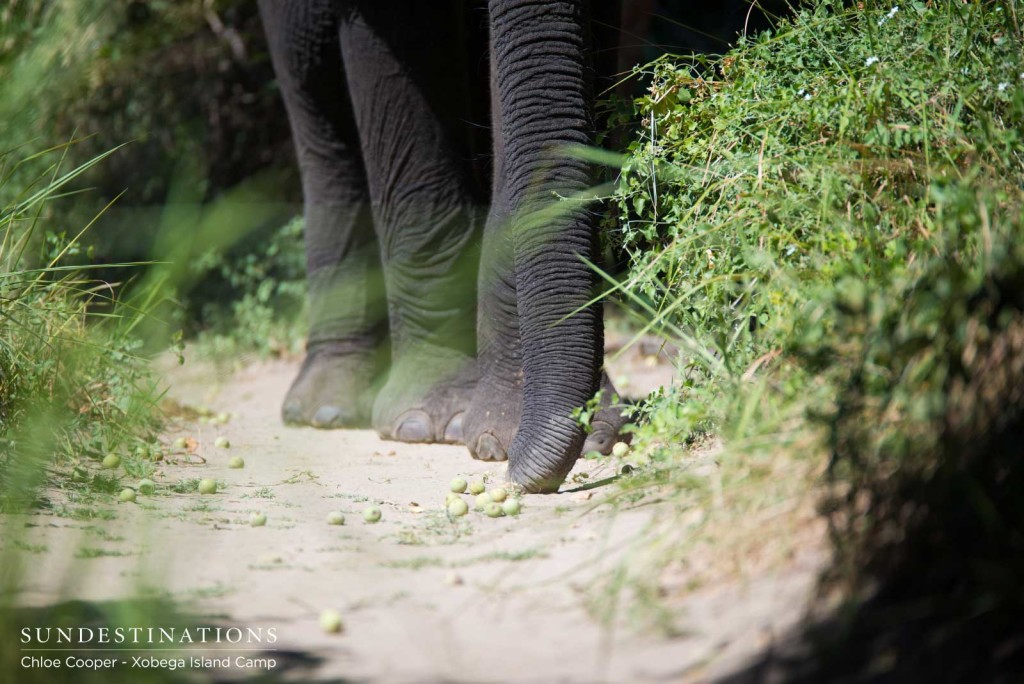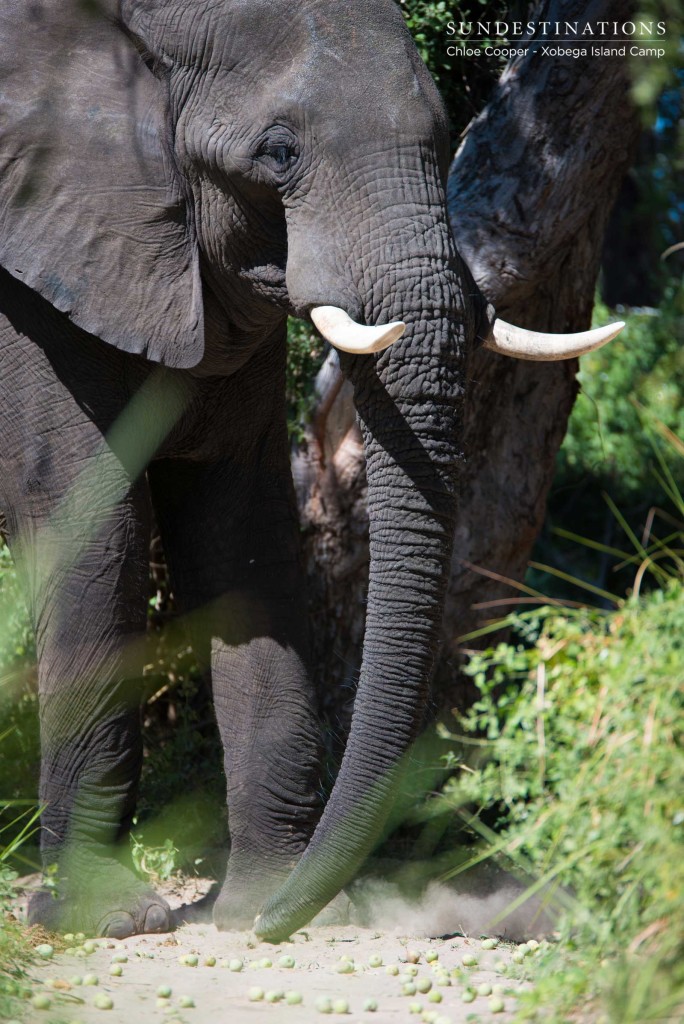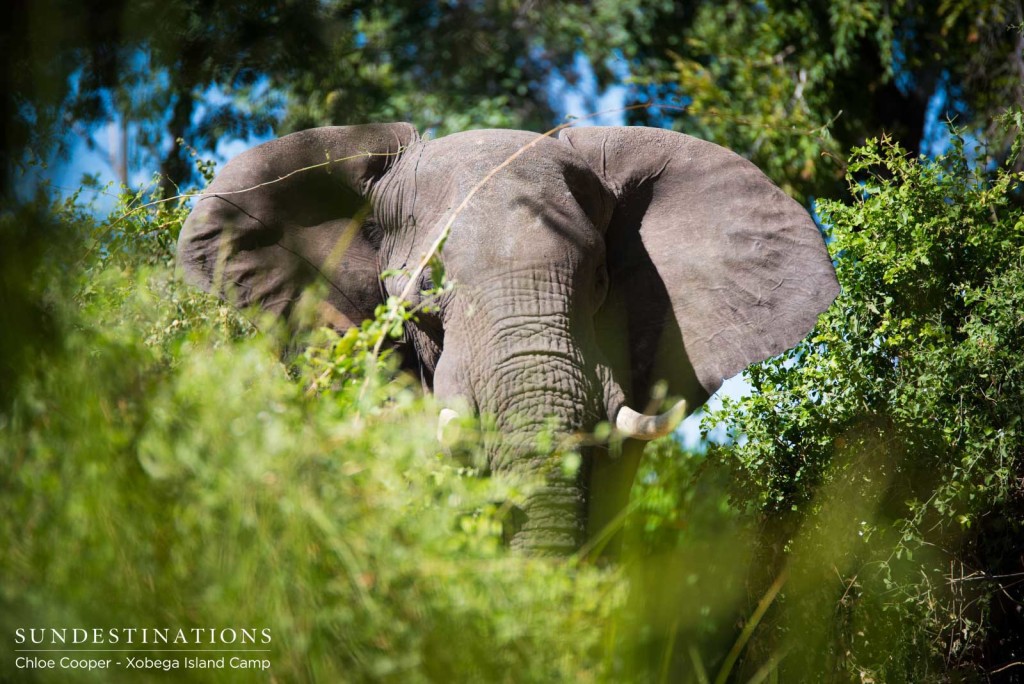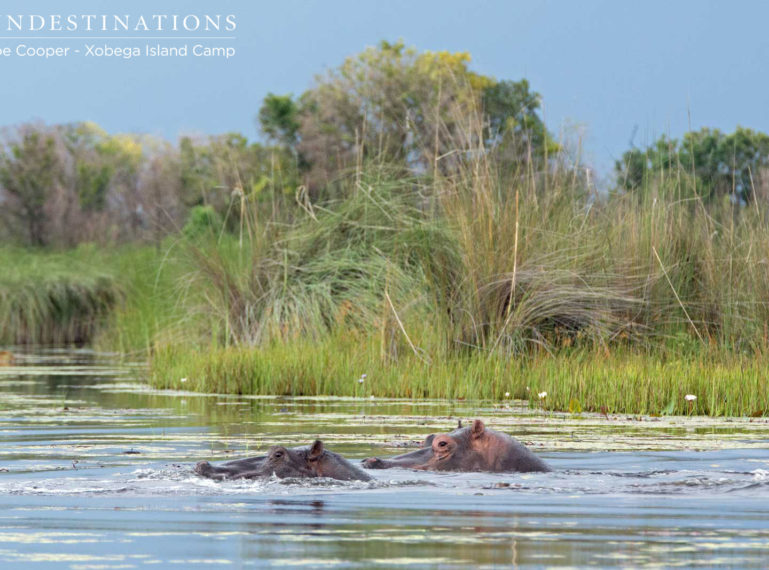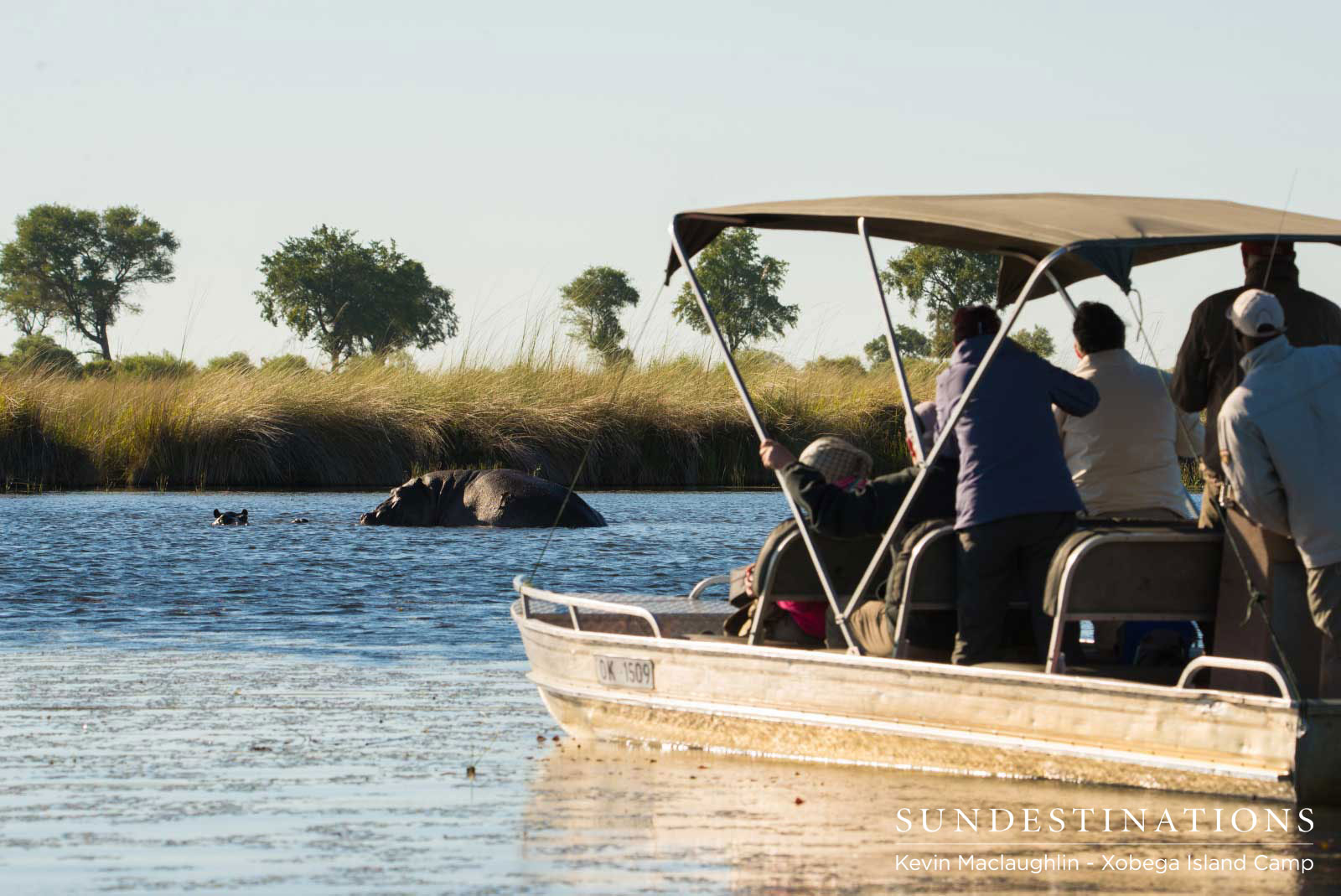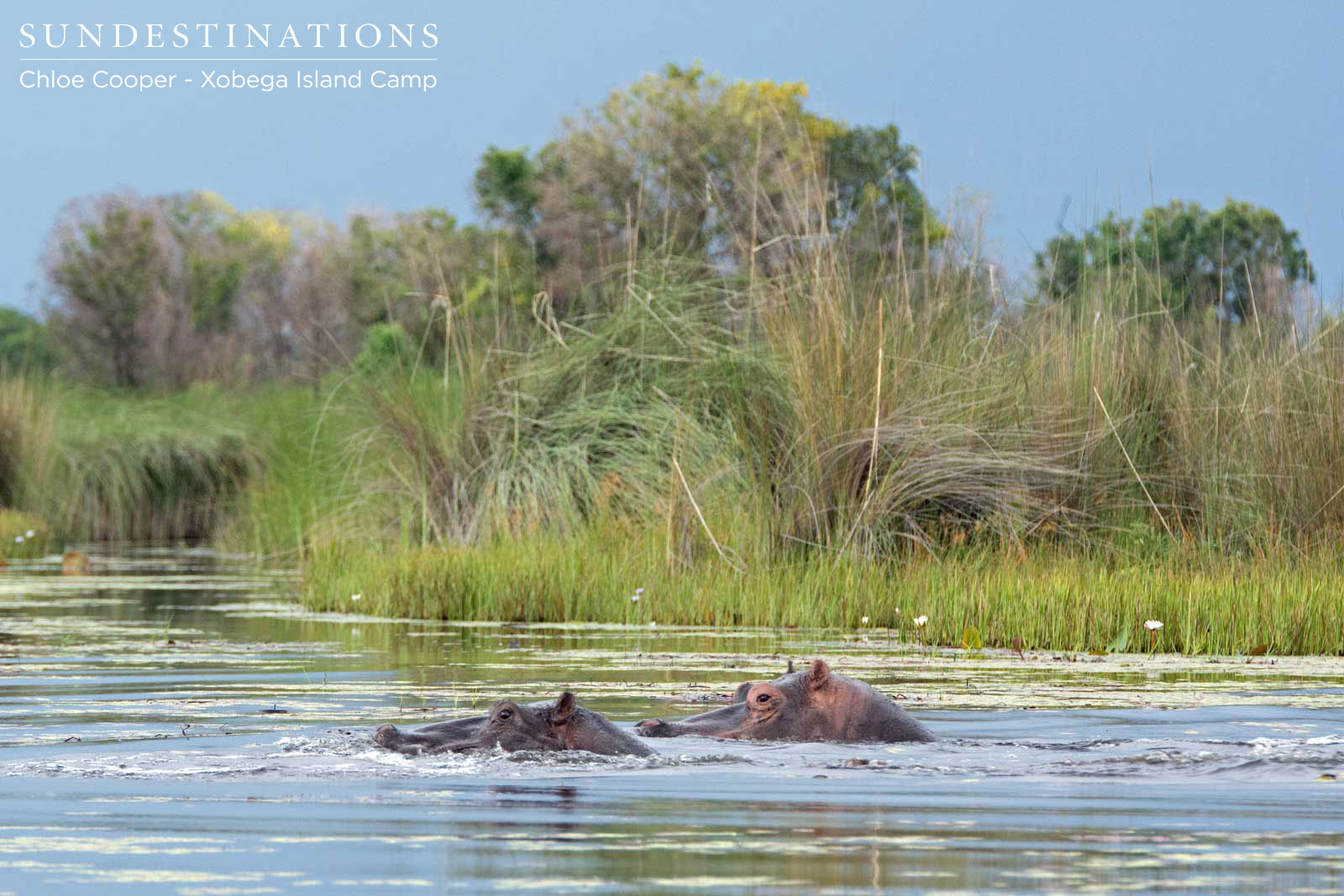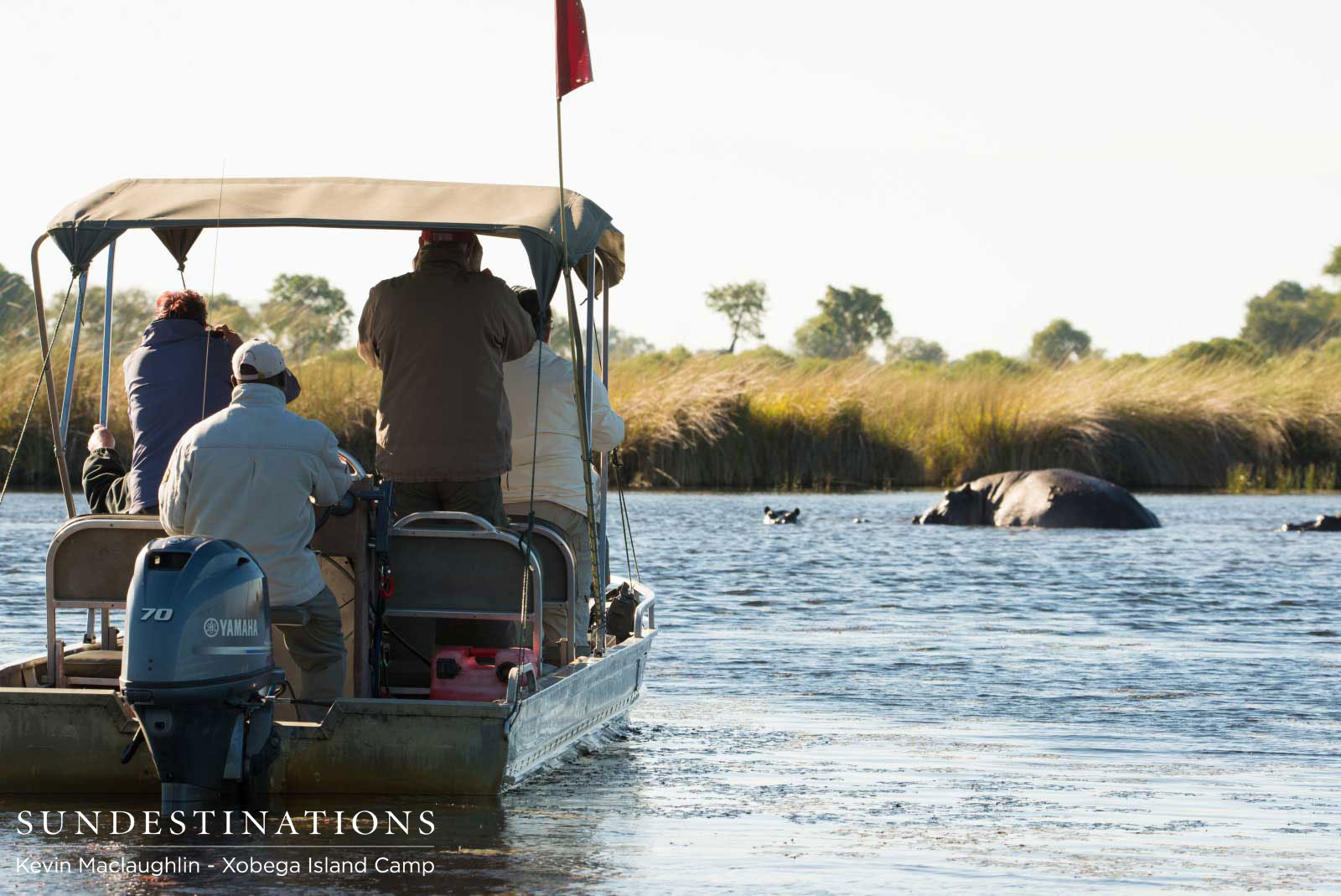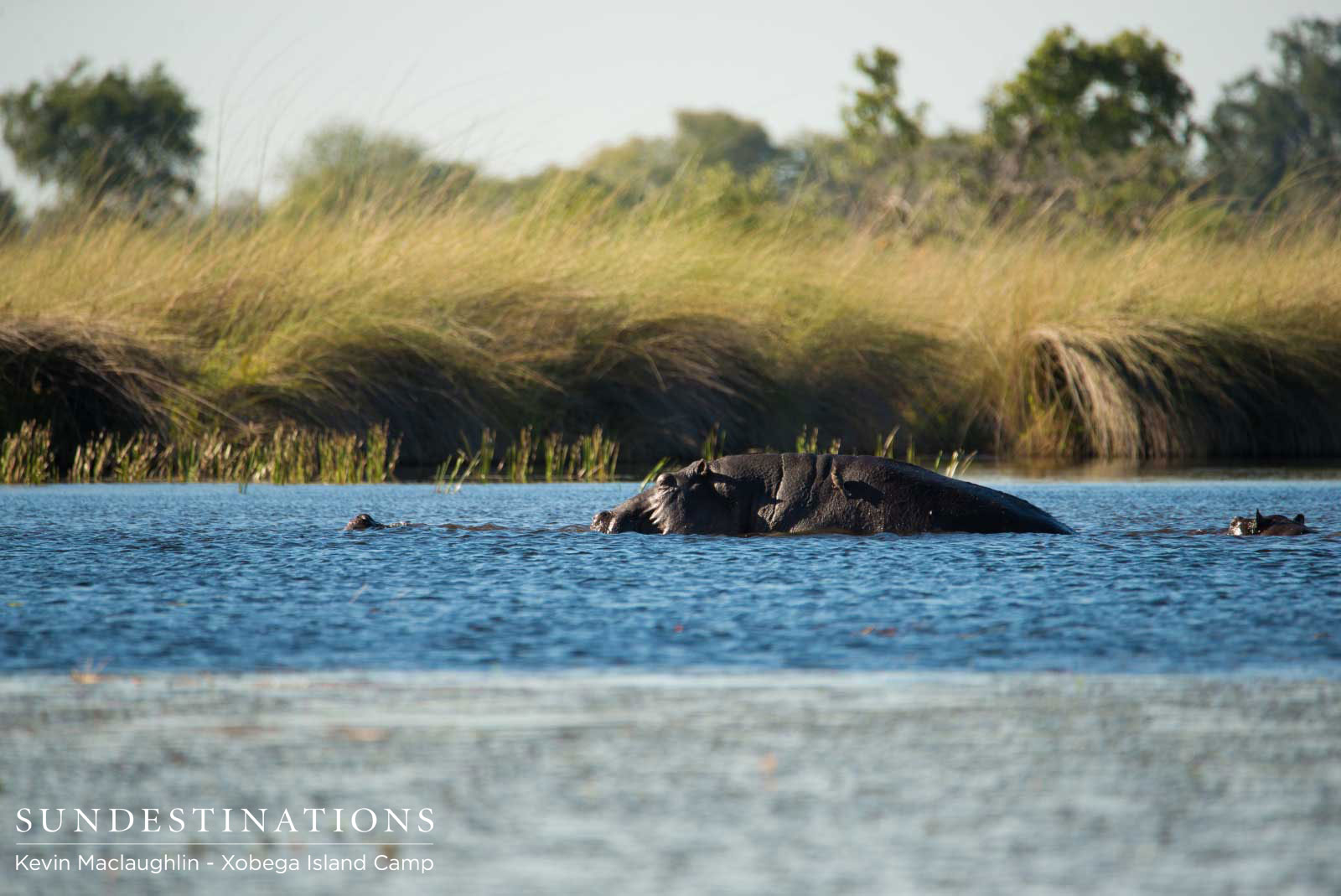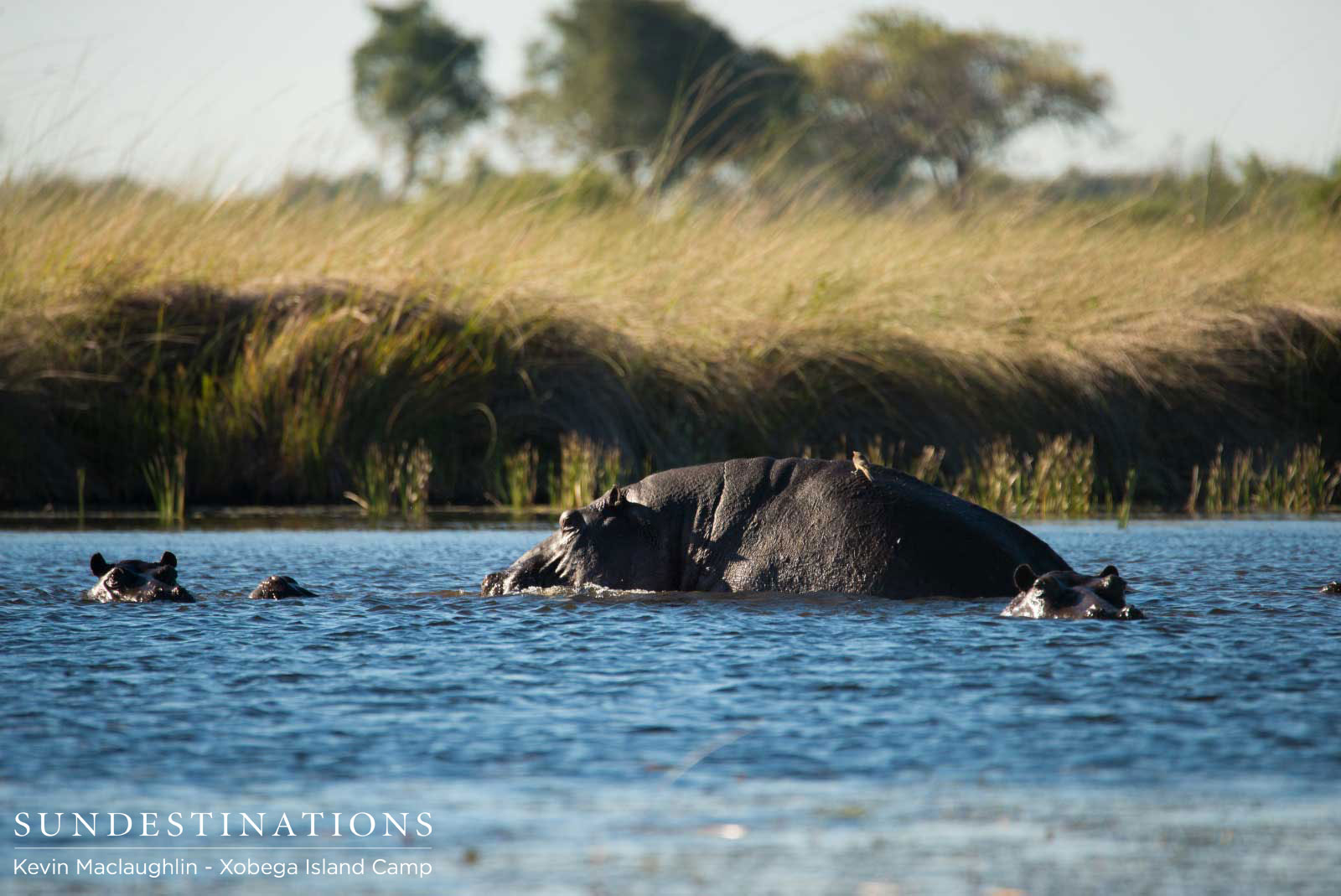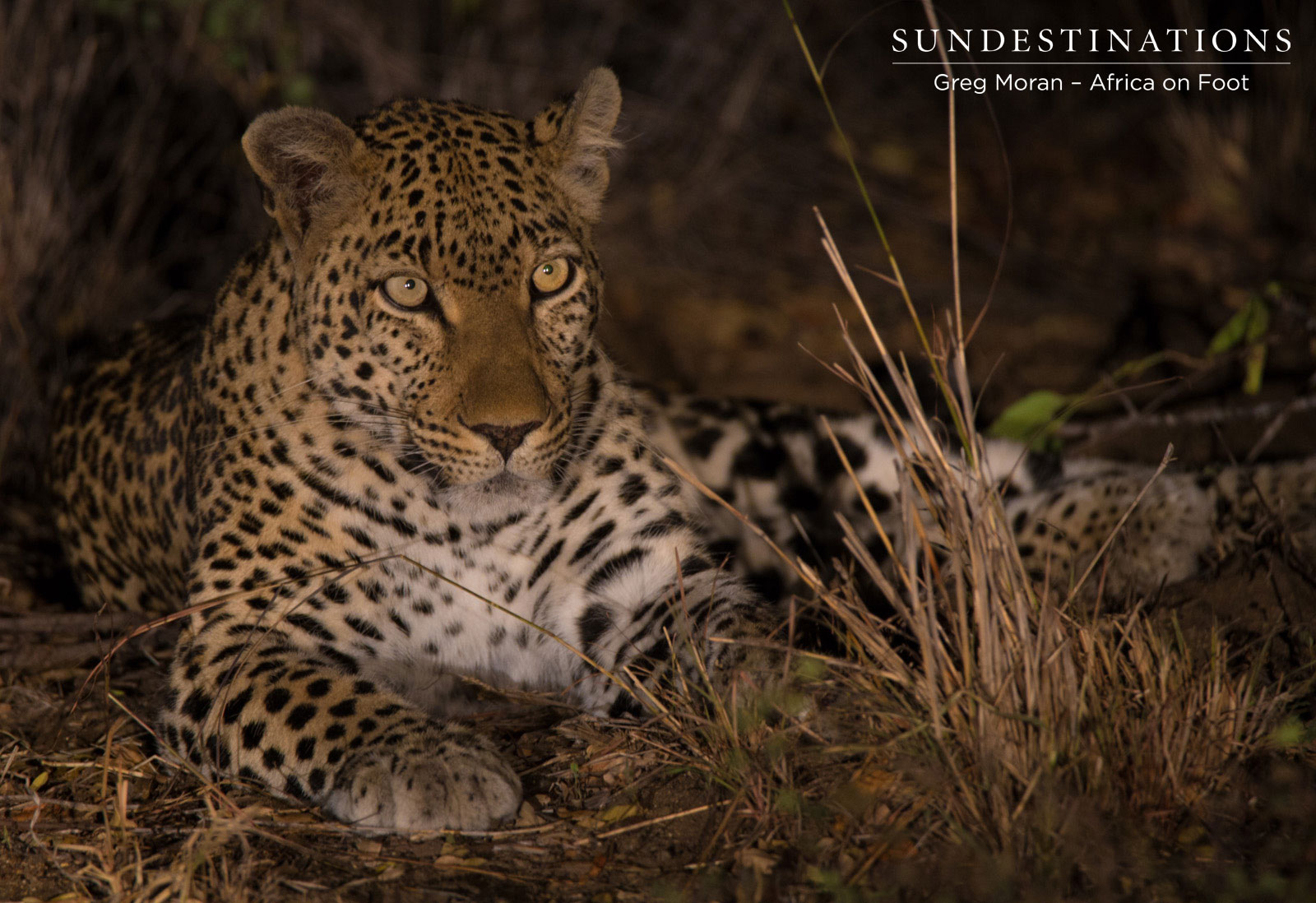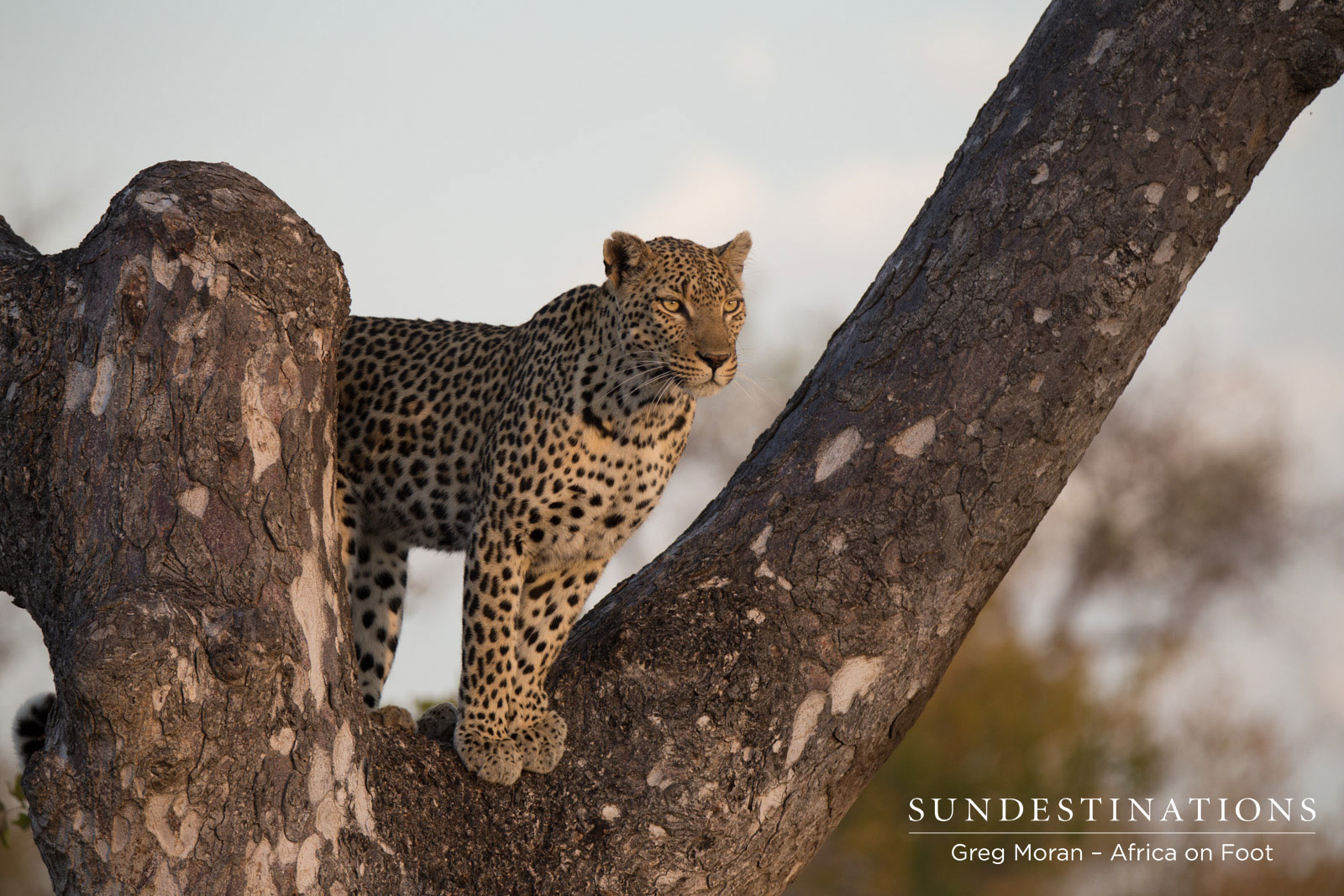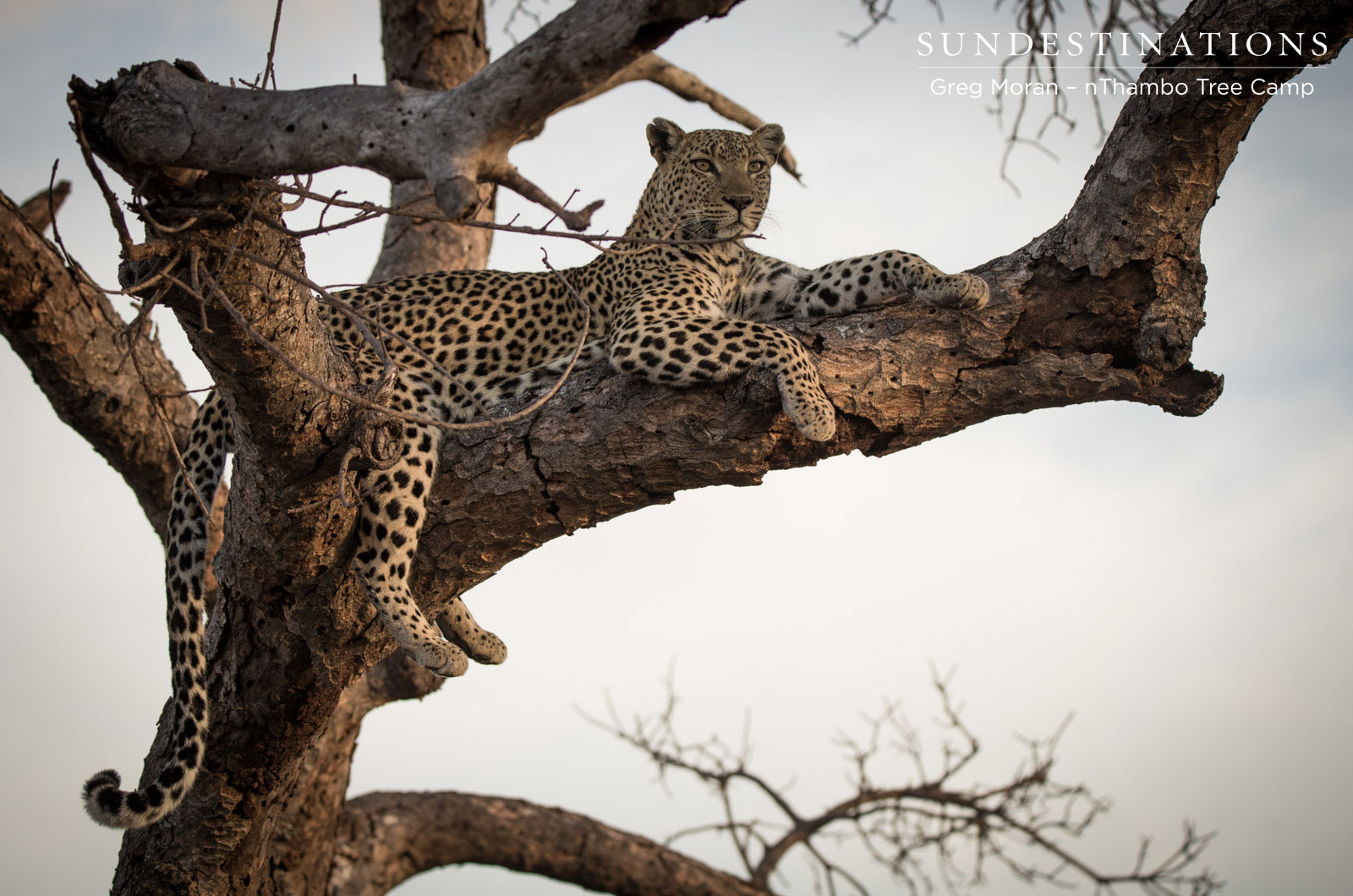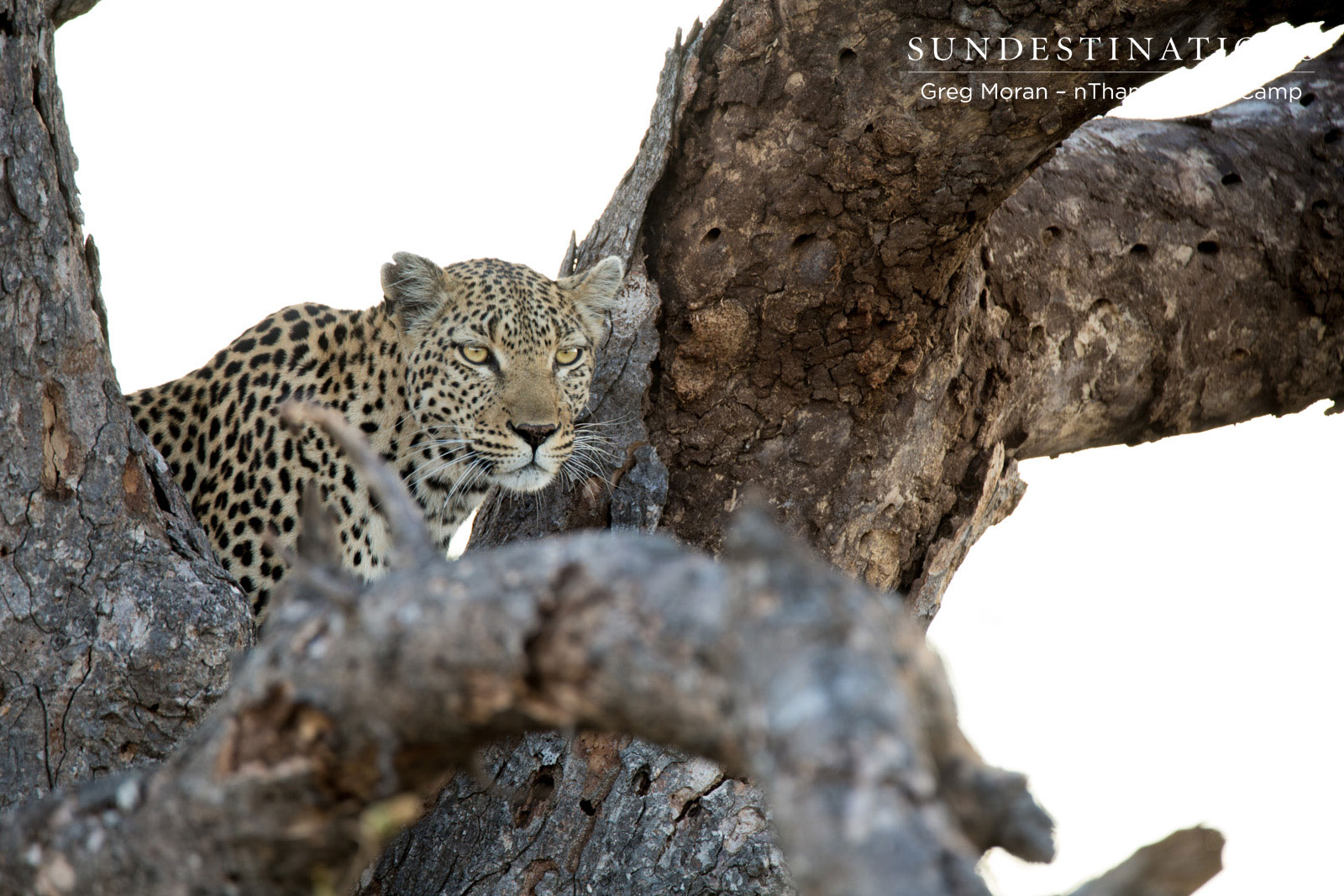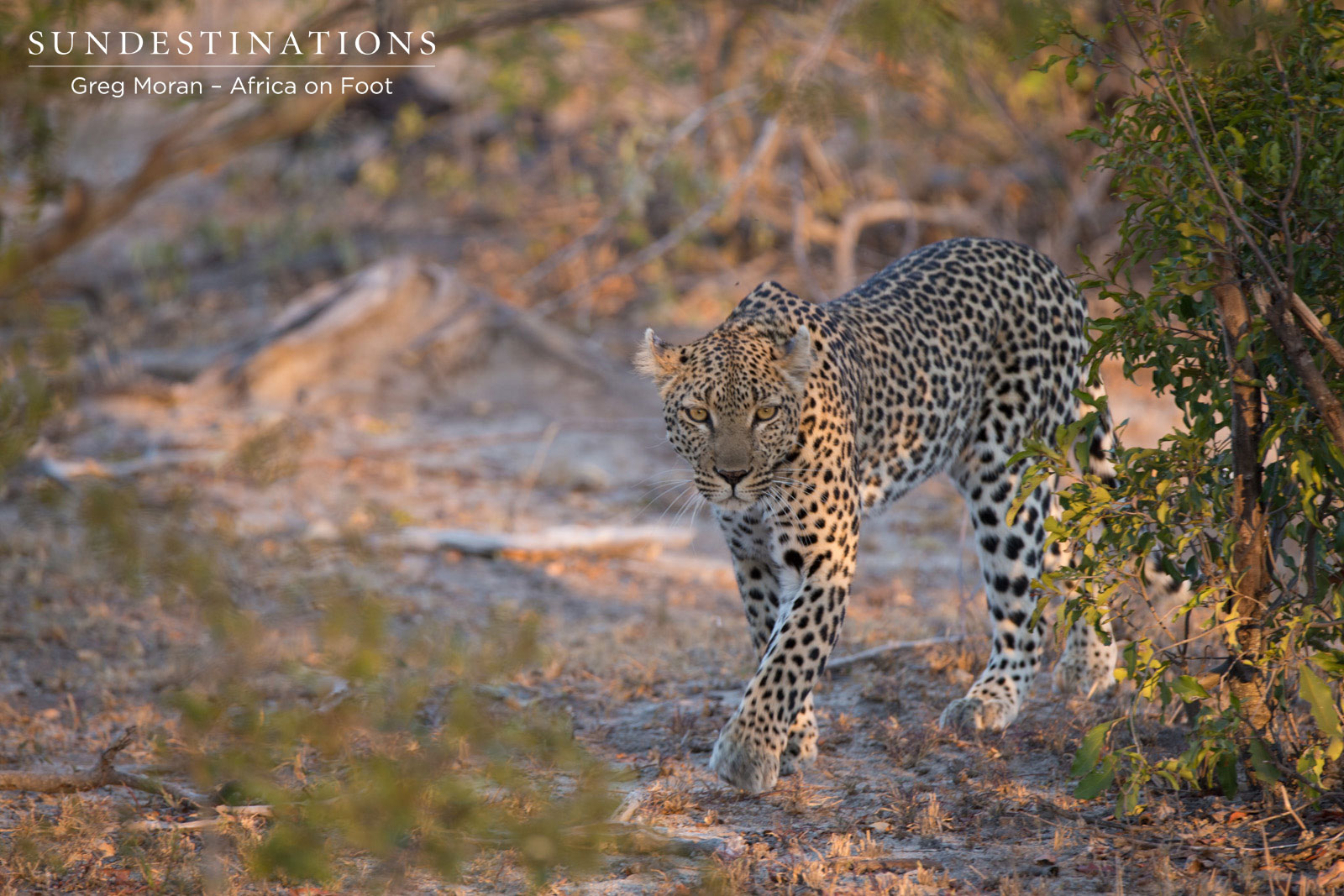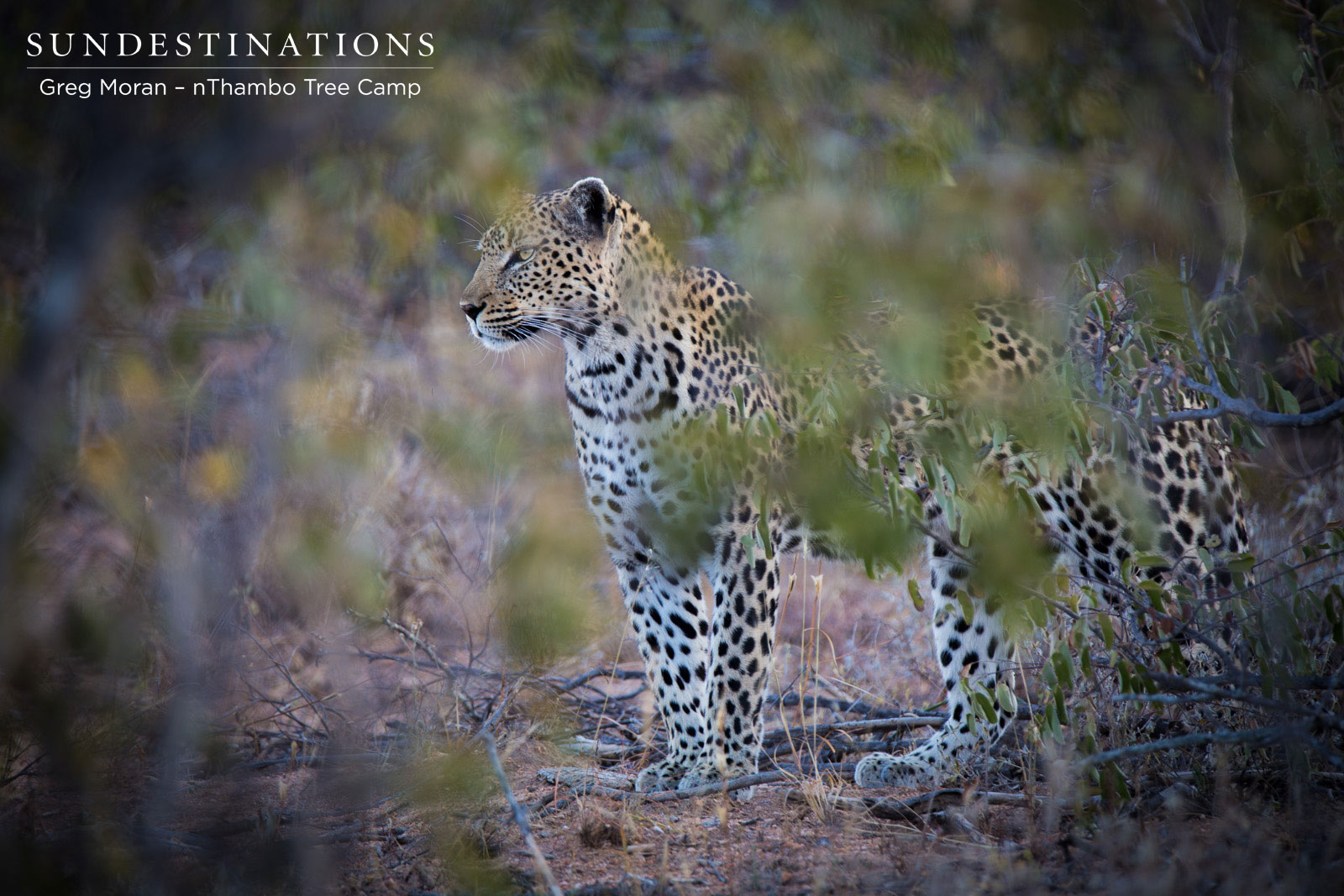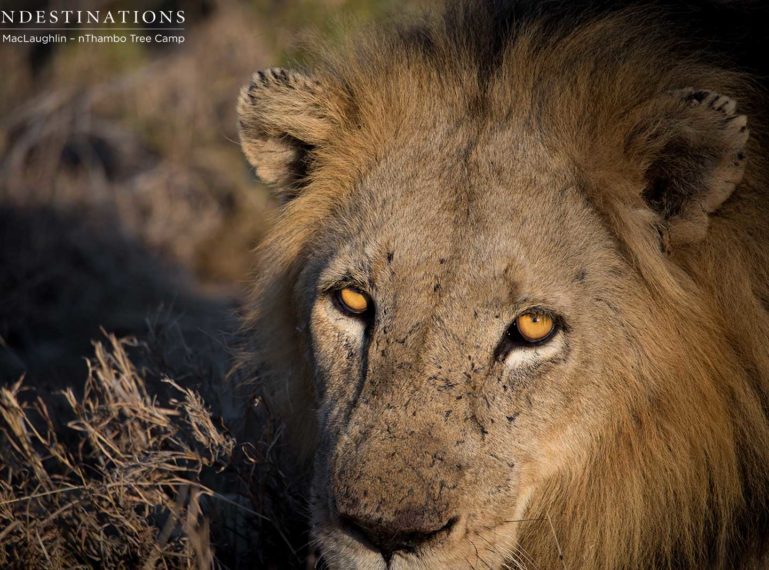
The Week in Pictures: A Spectacular Performance of Nature
Coming face to face with animals in their natural habitat is becoming more and more of a privilege, as various species become rare and endangered in the wild. Our role in the safari world is to offer a glimpse into the wild lives of animals where they live and behave naturally around us. We are observers, we do not interfere, we show respect, and we are greatly rewarded. This week, just like every other week, we have been treated to an array of spectacular performances of nature, and here we feature our favourites in the Week in Pictures!
Xobega Island Camp, Okavango Delta, Botswana
This exclusive Delta island in the Moremi Game Reserve is an experience like no other. This World Heritage Site is one of the most recent areas to have received its prestigious title, and it is no wonder why when you consider the diversity of the ecosystems that have developed in the wetlands and waterways. Tall sausage trees, wild figs, jackalberry trees, and narrow papyrus-lined channels – the vegetation of the Delta houses the world’s largest mammals, such as elephants and hippos, while tiny insects and birds are even more abundant.
Umkumbe Safari Lodge, Sabi Sand Wildtuin, Greater Kruger Park
Morning and afternoon game drives take place at the most beautiful times of day, and these times just happen to coincide with when various animals are most active. In the mornings, diurnal species are bathed in the warm glow of the day’s first light as they feed from the dew-drop plantation; while afternoons bring the peachy sunsets and a drop in temperatures before darkness leads to the emergence nocturnal creatures. The Sabi Sand is one of South Africa’s most sought after safari destinations, and this week we chose a few iconic photos just to show off a little!
Africa on Foot, Klaserie Private Nature Reserve, Greater Kruger Park
Africa on Foot’s best in show this week come in the form of a sun-drenched African wild dog, a curious, young hyena, an elephant showing its joy in the presence of water, and a quiet moment with a three-banded plover. Endless happiness can be found in the wild world of the Klaserie.
Ezulwini Game Lodges, Balule Nature Reserve, Greater Kruger Park
Inside the western border of the Greater Kruger National Park is the Balule Nature Reserve, where Ezulwini River Lodge and Ezulwini Billy’s Lodge offer an outstanding experience in the big game wilderness. The colours of the sunsets, the cries of the birdlife, and the unmistakable call of the king of the jungle.
nThambo Tree Camp, Klaserie Private Nature Reserve, Greater Kruger Park
The Big 5 is only the beginning of what nThambo Tree Camp guests have enjoyed this week, but the moments shared with these formidable species truly stand out as one would expect. Getting within reaching distance of Africa’s largest land mammal, the elephant, and locking eyes with the king of beasts: these are stand out moments enjoyed by guests this week.
